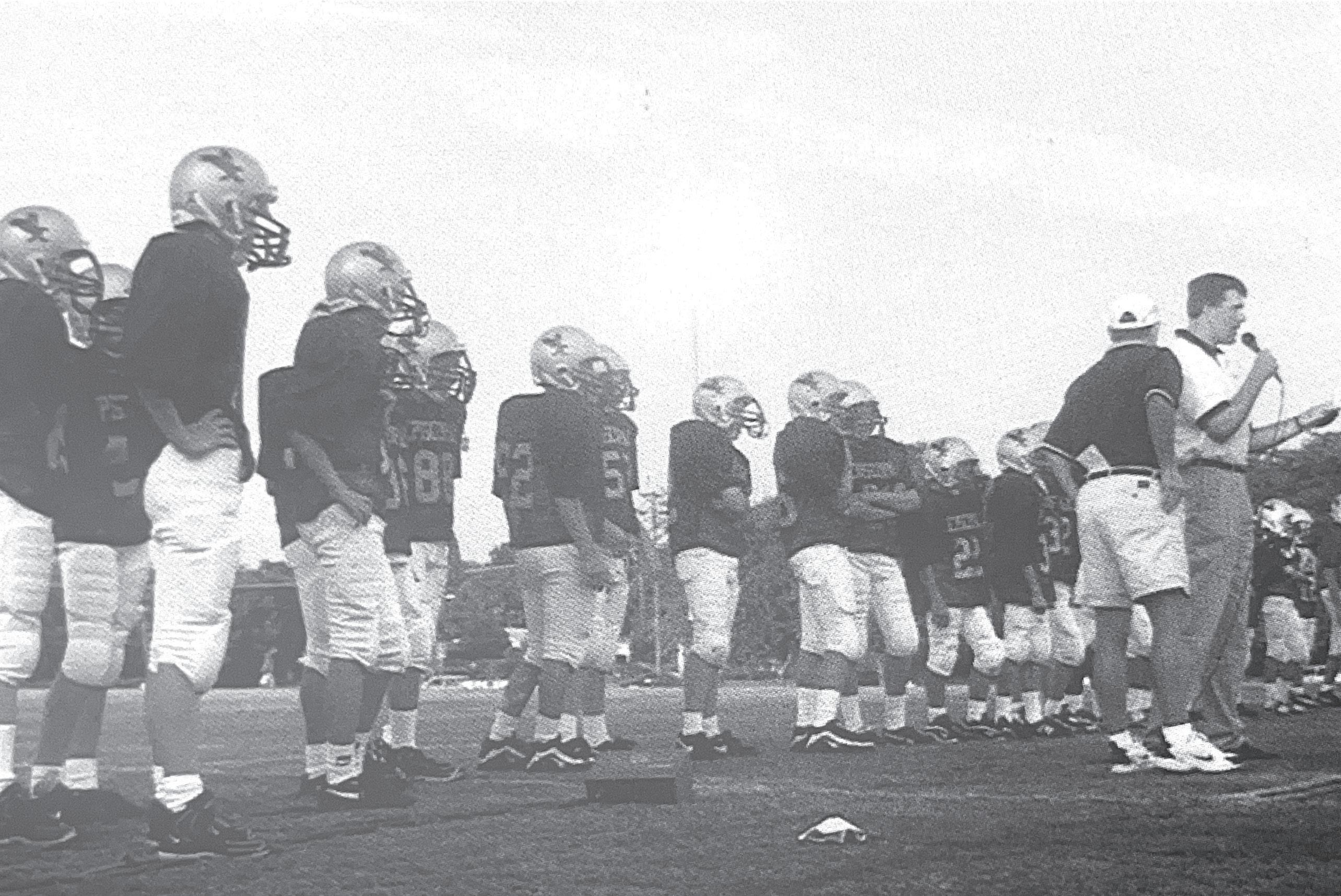EAGLE EDITION
The Episcopal School of Dallas student newspaper

Friday, Sept. 29, 2023
V 41 | Issue 1 4100 Merrell Rd Dallas, TX 75229


@theeagleedition @eagleeditionesd @esdeagleedition issuu.com/eagleedition


The Episcopal School of Dallas student newspaper

Friday, Sept. 29, 2023
V 41 | Issue 1 4100 Merrell Rd Dallas, TX 75229


@theeagleedition @eagleeditionesd @esdeagleedition issuu.com/eagleedition

Artificial Intelligence penetrates human life as it expertly imitates or adopts human behavior. While ChatGPT influences school environments and college applications, the future of general AI technology is even brighter.
Pages 14-15
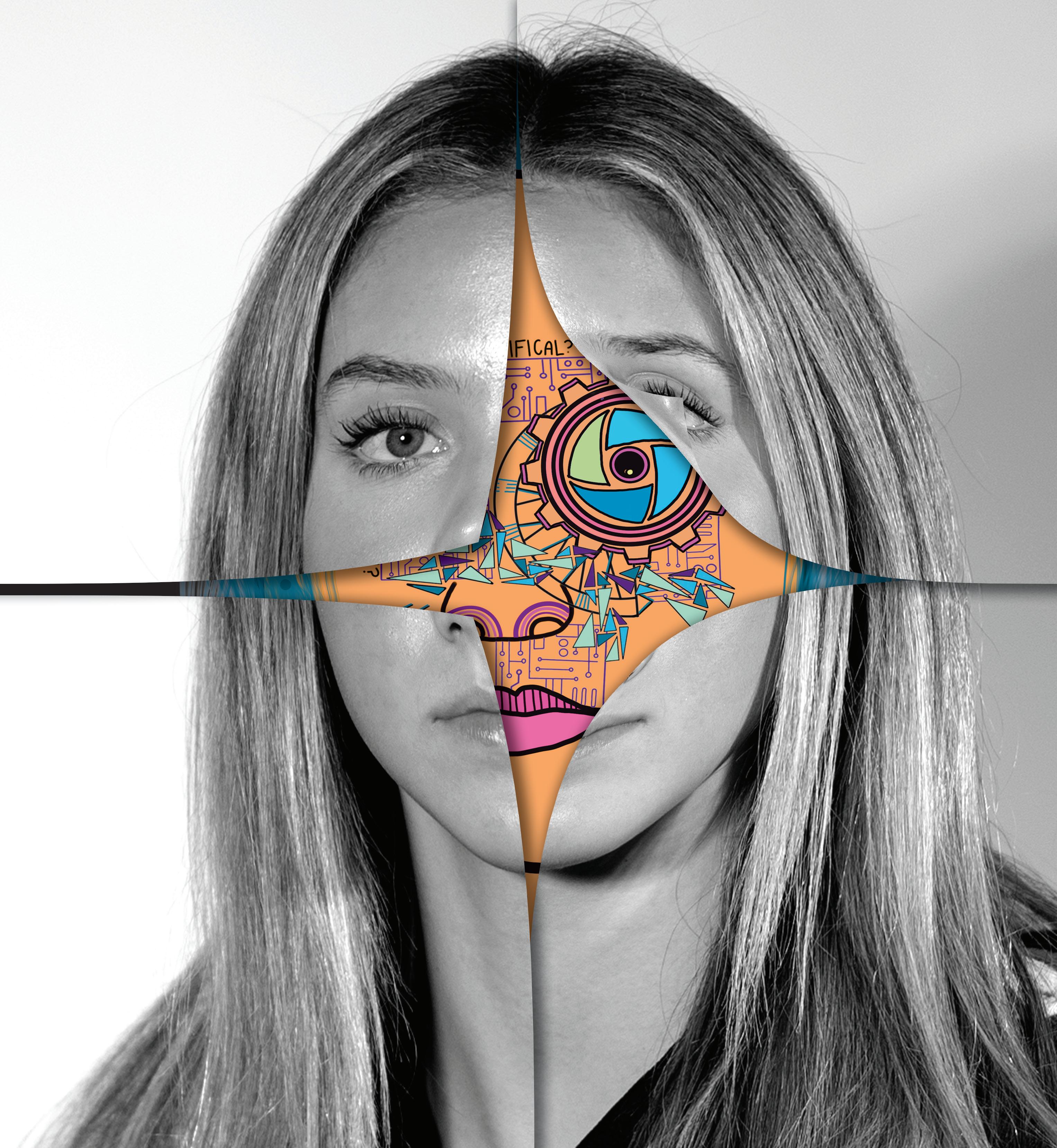
Commons Renovation
The historic ESD commons have a new face, including metal lockers, new flooring and furniture
Barbie
The Barbie movie grasps public attention for its powerful message and marketing strategies.
Page 2 Page 6 Photoillustration by Charlotte Traylor and Charlie MassoudJust like any other year, students and faculty filled the study commons on the first day of school. But for the first time in the school’s history, they tread upon a gray wooden floor rather than the shiny, brown, wellknown square tiles that used to lie in the commons.
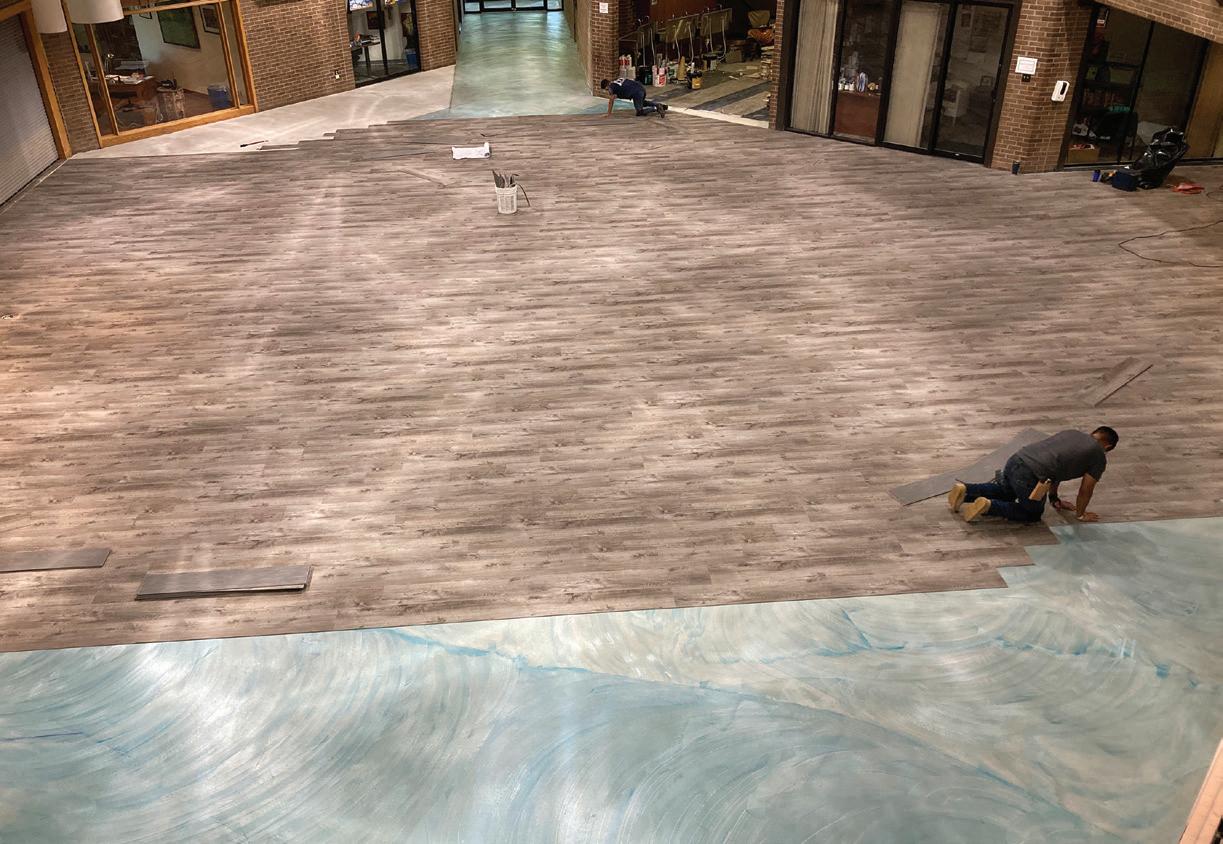
The Schoolhouse Commons, built in 1982, was the third building built on campus, and some of the tiles that lined the floor consisted of original tiles from the ’80s. For safety reasons, administrators felt that it was time to remodel the study commons this summer.
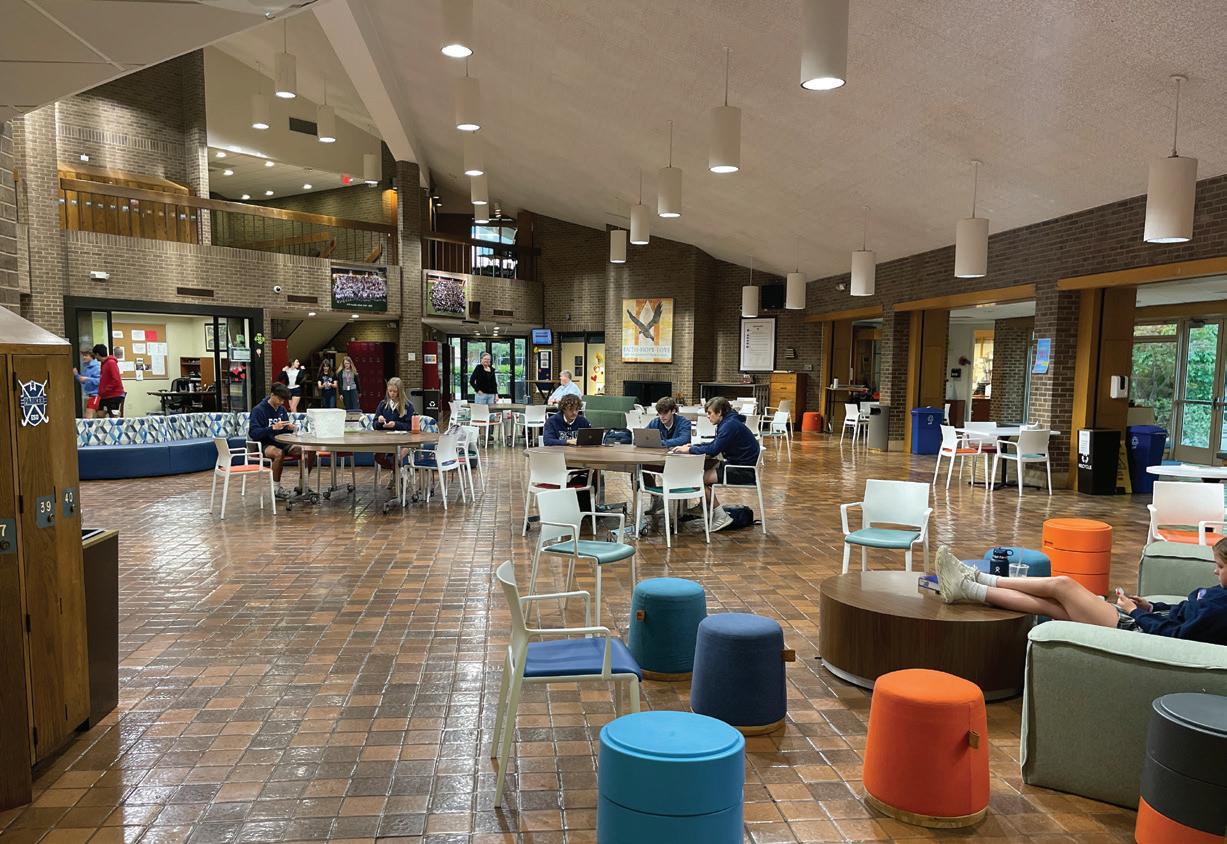

“It was beginning to come apart,” Parents Association Associate Head of School Ruth Burke said. “There was an area in front of Fr. Bostian’s office that was kind of bubbling, and it was becoming unsafe because it was uneven.”
On May 30, construction on the new flooring began. Burke and Jay Michael, the director of facilities, took multiple factors into consideration when choosing what kind of flooring to install. They ended up deciding to use the same flooring that was put in the lower school called LVT, luxury vinyl tile.
“A few things we wanted to consider [was] sound absorption because walking through the tiles is very loud and creates noise, so we knew we wanted something like that tile, the vinyl, along with some carpet mixed in,” Burke said. “Then we looked at colors, and we tried to think about kind of brightening up the space a little bit because we have a lot of darker shades and beiges and browns.”
Due to issues underneath the original floor, the entire project ended up doubling in cost, but it was completed a couple of weeks behind schedule. The total cost of all the renovations in
the schoolhouse came out to be around $315,000.
“The cost of the project doubled because we didn’t know how bad it was underneath the tile,” Michael said. “We had to do a self-level across the entire area, and it took a week and a half to do so. We were behind schedule a couple of weeks.”
While moving around the storage bins in the number pods to work on the floors, workers came across something unexpected.
“We did find a time capsule during our project,” Michael said. “Under the stairwell of the number pods, we came across the time capsule that was due to be
well. The administration was not planning on replacing them this year, but because the lockers had to be removed to install the new floor of the commons, they decided to replace them also.
“The locker project was passed in conjunction with the flooring project because either way, we would have had to put the lockers out, so it made more sense to get bigger lockers,” Michael said. “They had lockers that were 12 inches wide, and we put in lockers that are 15 inches wide, so there’s more space for your bags, and they’re a little bit bigger.”
Like the study commons flooring, the wooden lockers in the commons were from the original schoolhouse. Although they were replaced with new lockers, some of the old wooden lockers were kept.
“We actually saved a few banks of lockers, and we are going to preserve one or two for homecoming weekend a year from now when we celebrate our 50th anniversary,” Burke said. “We’re preserving some of them [and] we did talk about it because we love the wooden lockers.”
The new lockers were received with some apprehension by some. Junior John Schindel likes the new lockers because they are bigger, but misses the wooden lockers, a unique feature of the commons.
units were also updated this summer in the Haggar Gym. The old units were approximately 20 years old.
“The units that were placed on July 3 were four units that all needed to be replaced,” Joe Hernandez, the HVAC Technician on the facilities team, said. “They were worn out, [and] they were causing problems that were causing cooling issues mainly and also heating issues.”
Because the Swann Building is in the middle of campus, instead of a crane replacing the units, a helicopter was needed to airlift them. The helicopter took off from the football field with the equipment in the nearby lot.
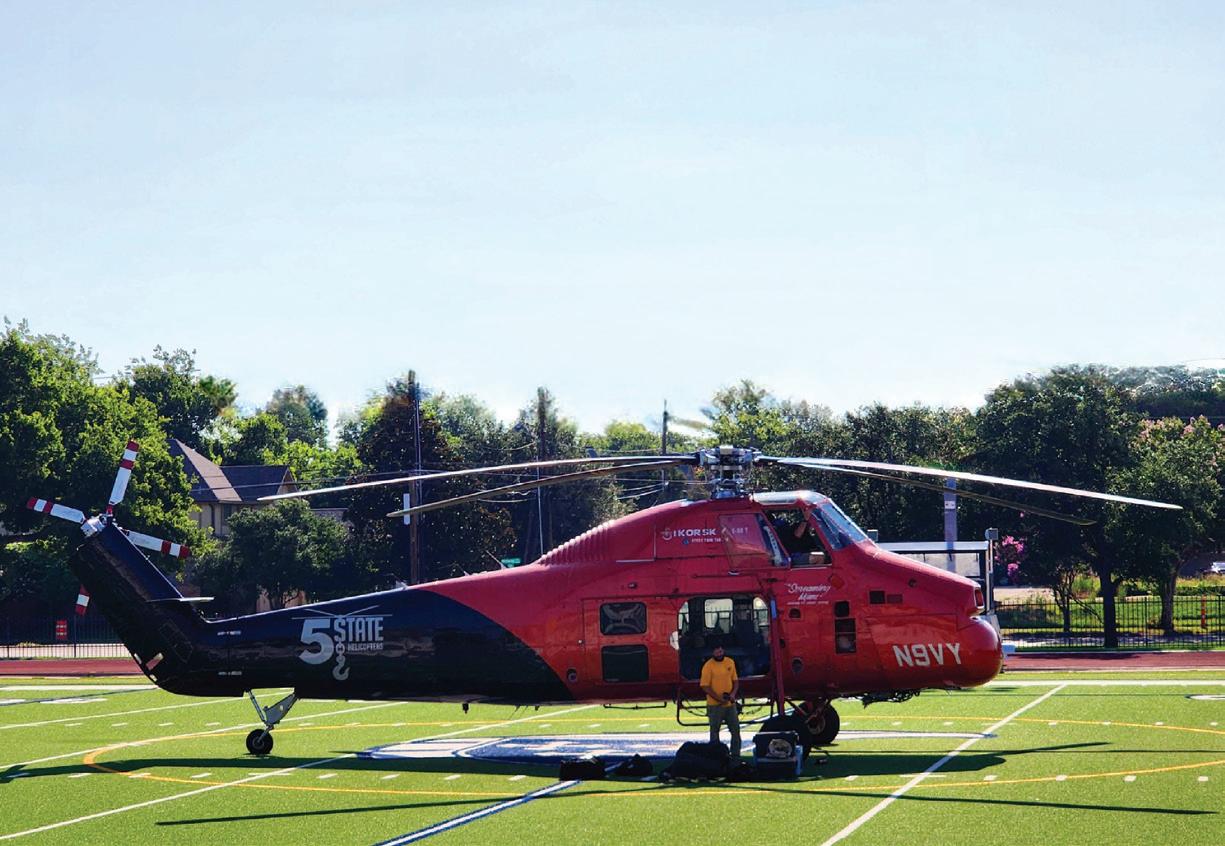
“We had technicians here and the service company disconnected everything,” Hernandez said. “They just basically picked them up one at a time, dropped them, picked up the new equipment and dropped them down into the original spot.”
Michael thought that the helicopter was an exciting spotting on campus.
opened in 2024.”
Even though this finding was a surprise to some, administrators knew there was a time capsule. However, according to Burke, it hadn’t been discussed “or in anyone’s radar in quite a while.”
The school is planning on opening the capsule during the school’s 50th anniversary next year. New blue, steel lockers were installed in the commons as
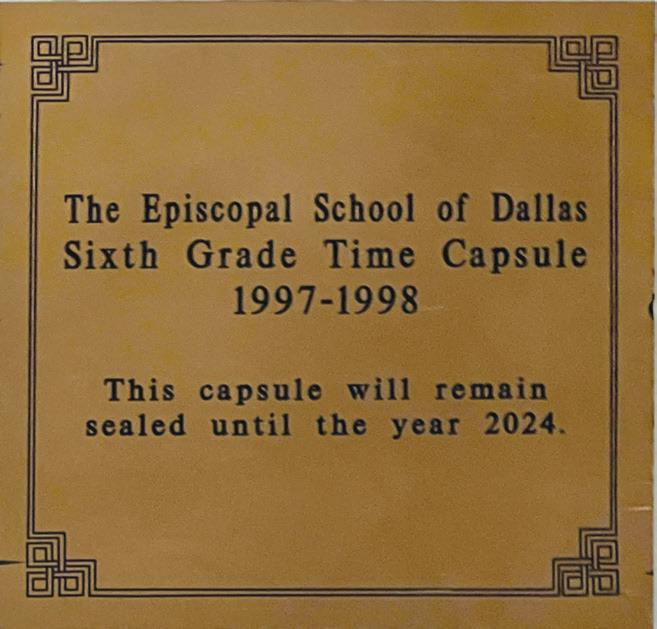
“I remember leading up to my eighth grade year, I would look forward to having the privilege of like getting a lock with a key and be able to have one of those special wooden lockers, [and] I know we didn’t get that because of Covid, but it was still something I was looking forward to,” Schindel said. “But now it’s just like a generic locker that is kinda like every locker on campus. I feel like we lost something that made the commons special.”
Four new air conditioning
“First, it showcased innovative and efficient logistical solutions, demonstrating how cuttingedge technology can streamline complex operations,” Michael said. “Second, it minimized disruption to Merrell Campus, reducing downtime and inconvenience associated with traditional crane methods. Finally, it underscored the importance of cost-efficiency, as it reduced the manual labor associated with traditional heavy crane transport.”
While considering what kind of flooring to install in the schoolhouse, Burke kept the school dances, meetings and large group events that occur there in mind.
“We wanted something that would last a long time and be durable,” Burke said. “We’re very hopeful [it will] last maybe another 40 years.”
“We actually saved a few banks of lockers, and we are going to preserve one or two for homecoming weekend a year from now when we celebrate our 50th anniversary.Ruth Burke Parents Association Associate Head of School
Tragedy struck on Aug. 8 when one of the deadliest wildfires in U.S. history began burning the historic town of Lahaina, Maui. At least 97 people died, and 66 people are still missing, according to information released by Hawaii’s Gov. Josh Green on Sept. 15. Thousands were forced to evacuate their homes as more than 2,700 structures were destroyed.
After Mediterranean Storm Daniel brought heavy rain and winds, Libya experienced major and fatal floods. The rains caused the collapse of two dams on Sept. 10. Once the dams fell, water several meters high went through eastern Libya.
The city of Derna experienced the worst damage, with over 25 percent of the city disappearing under the high waters. Along with the damage done to buildings and the environment, the World Health Organization estimates that just under 4,000 people have died and 9,000 are unaccounted for.

Flooding aftermath
Men walk past debris of buildings caused by the flash floods in Derna.
NASA's OSIRIS-REx spacecraft that launched in 2016 returned to Utah on Sept. 24. The spacecraft collected a sample of the asteroid Bennu in hopes that it will reveal information on how planets and life are formed.

Scientists were not sure how much rock was obtained until the capsule arrived on Earth. The $1 billion mission caused anxiety for many as they were not certain that the parachutes would deploy. However, it landed safely and the sample was kept clean and intact. The final opening of the rock will be revealed in the first week of October.
An earthquake of 6.9 magnitude struck Morocco, killing 2,900 and injuring over 5,000 people. The earthquake struck on Sept. 8 at 11:11 p.m., shaking many awake in their homes. The epicenter of the quake was in Marrakesh but could be felt as far as the city of Casablanca, over 150 miles away.
Many buildings built out of red stone crumbled due to their instability. These buildings include heritage sites, mosques and other religious sites. Aid from countries around the world has been provided in the form of money, resources and even rescue teams.

The government has refrained from giving information on how these fires started, but evidence shows that sparks from a fallen power line might have been the source, according to the Washington Post. Along with it being Hawaii’s dry season, extremely high winds from Hurricane Dora swept across the Pacific Ocean, only a few hundred miles south of Hawaii.
Sophomore Charlie Cain visited Maui at the end of July, only a few days before the fires.
“It's a pretty special place,” Cain said. “My family has been going since my dad was a little kid, so we all know Lahania pretty well. I got baptized this summer there, and the church burned down due to the fires.”
Cain’s family owns condos in Kaanapali, Maui, less than four miles away from Lahaina. His grandparents were there and were planning on staying longer, but they had to leave early after the wildfires began. Cain said there was no electricity or guaranteed water, making living conditions there nearly impossible.
Head of Lower School Tracey Shirey’s sister-in-law, Lisa Fanning, is a Coast Guard stationed in Honolulu and worked for a search and rescue team for two weeks in Maui after the fires. She helped coordinate the emergency operations center and later organized the recovery of Maui.
“The city itself looked like a disaster zone, almost like an atomic bomb went off,” Fanning said. “Tons of debris burned buildings and melted mangled cars on the side of the road.”
According to her, search and rescue teams not only included the Coast Guard, but also included the Maui Fire Department, the Department of Land and Natural Resources and the Maui Police Department.
“All law enforcement entities worked together to ensure the area of Lahaina Harbor and Front Street were properly searched for survivors,” Fanning said.
Even though Fanning was not physically on a boat during the rescue, she said that coordinating things from afar was the hardest part.
“I knew what I was doing was supporting the mission, but not physically on a vessel or aircraft was challenging,” Fanning said. Lahaina is known for its wetland and tropical weather conditions, but as Earth continuously heats up, it has become more dry and vulnerable. John Gallo, upper school science teacher, said that drought conditions in Maui were present at the time of the fire, and the area was also experiencing high-speed winds, and then a spark somehow started.
“When you put those three things together, you're gonna get
a fast-moving fire, sadly after the city,” Gallo said.
Sophomore Tate Hill visited Lahaina at the beginning of this summer before disaster struck, and he was aware that the area was prone to wildfires.
“I've heard about them while I've been there, but I've never seen an actual fire,” Hill said. “They always talk about wildfires out there, so I'm not too surprised that it happened.”
The fire began at night, though Lahania’s physical warning sirens did not go off. Emergency alerts were sent to mobile phones and radio stations instead. According to CBS News, former chief of the Maui Emergency Management Agency, Herman Andaya, believed that sounding the sirens that night would not have been beneficial for the community. He believes that had they sounded the sirens at night, “people would have gone mauka (mountainside)” and into the fires.
However, a majority of residents reported that they received no text or radio notifications due to power outages in the area. In addition, fire hydrants quickly ran out of water, delaying firefighters from putting out the fires. Andaya resigned from his position on Aug. 17 due to health reasons.
“The city itself looked like a disaster zone, almost like an atomic bomb went off.
By Reese Rawson | Staff writer
Vast destruction
Volunteers watch as a digger moves rubble of collapsed houses in Tafeghaghte, two days after the devastating earthquake struck the country.
“[The wildfires] definitely make me think about the island and how fragile everything is,” Cain said. “I guess going into any trips, I’ll be aware of fires and dryness, but I think that it was mostly an abnormal occurrence.”
Residents of Lahaina started a re-entry process on Sept. 25, according to Maui officials. Ash and debris are still in the area, making homeowners have to be escorted to their properties with protective equipment during the first two visits. Water is contaminated in the area as well, meaning only bottled water can be used.
“Humans are impacting the atmosphere by putting more carbon dioxide into the atmosphere,” Gallo said. “Other countries do, too, and that tends to heat up the atmosphere. The best solution to pollution is dilution, whether it's in the air or the water.”
According to ABC News, even though 3,000 students have been displaced in the fires, schools should be expected to start on Oct. 9 if the air quality, water quality, soil quality and electrical power are safe for the community. According to the Associated Press, tourism will pick back up as soon as it is safe to travel to the area.
“We will still go every other year,” Hill said. “I’ll be more cautious, though, because I now know that [wildfires] are common.”
Lahania at sunrise
The city still smoldering on Sept. 19, more than a month after the wildfires were contained. "The rebuilding process will be a long road, but with the help of the people of Hawaii and the government, am confident they will recover," Fanning said.
Photo provided by coast guard Lisa Fanning

Lahania, Maui experienced extreme wildfires at the end of the summerPhoto by AFP via Getty Images/TNS Mission to Bennu NASA's OSIRIS-REx mission readies itself to touch the surface of asteroid Bennu on Oct. 20, 2020. Photo by NASA/Goddard/ University of Arizona/TNS Photo by Fadel Senna/AFP/ Getty Images/TNS Lisa Fanning Coast guard stationed in Honolulu
Less than a month after former President Donald Trump’s mugshot took the Internet by storm, another politician was in the news for corrupt practices — this time in our own backyard. Texas Attorney General Ken Paxton’s impeachment trial started Sept. 5, with the state accusing him of corruption.

“Attorneys have ethical rules that they're supposed to follow, and Ken Paxton has, for a long time, been pretty loose with how he's followed some of those rules,” government teacher Adam Walsh said. “A great example was two years ago, he stole a pen. It was like a $100 ballpoint pen out of one of the security trays, and he goes into court, and we have him on video stealing it.”
Paxton allegedly abused his power as attorney general after a large donor, Nate Paul, faced legal trouble, and he wanted to help out. In return, Paxton received money for his campaign, which he instead used for house renovations and allegedly to pay off his mistress, leading to whistleblower complaints from the attorney general’s office, according to the New York Post. He faced 16 articles
of impeachment, from the Paul scandal, a securities fraud case and others relating to his misuse of power, but he was acquitted on all articles and has been restored to office as of Sept. 16.
“He fires [the whistleblowers], and this is where the problem starts to come in, they then turn around and sue him individually as a person, not the state of Texas, for wrongful termination,” Walsh said. “He settles a few of those cases for a couple million dollars with these individuals. We're still not in the problem zone yet. The problem comes in when he then goes to the Texas House of Representatives and asks Texas to pay those bills, so he asks the taxpayers to pay what are essentially personal lawsuit expenses.”
Although Paxton is a prominent GOP figure, many Republicans supported the movement to remove him from office.
According to the Associated Press, the House of Representatives, which is controlled by the GOP, voted 121-23 to impeach Paxton in May. Additionally, the Texas Tribune reported that his approval rate dropped to 27 percent in total and 46 percent among Republicans, and a University of
Texas poll found that 46 percent of respondents disapproved of Paxton. Despite the initial movement of House Republicans to impeach Paxton in May, only two of 19 Republican Senators voted to convict him on any article on Sept. 16. To be convicted, 21 out of 31 Senators would have had to vote in favor of a guilty verdict.
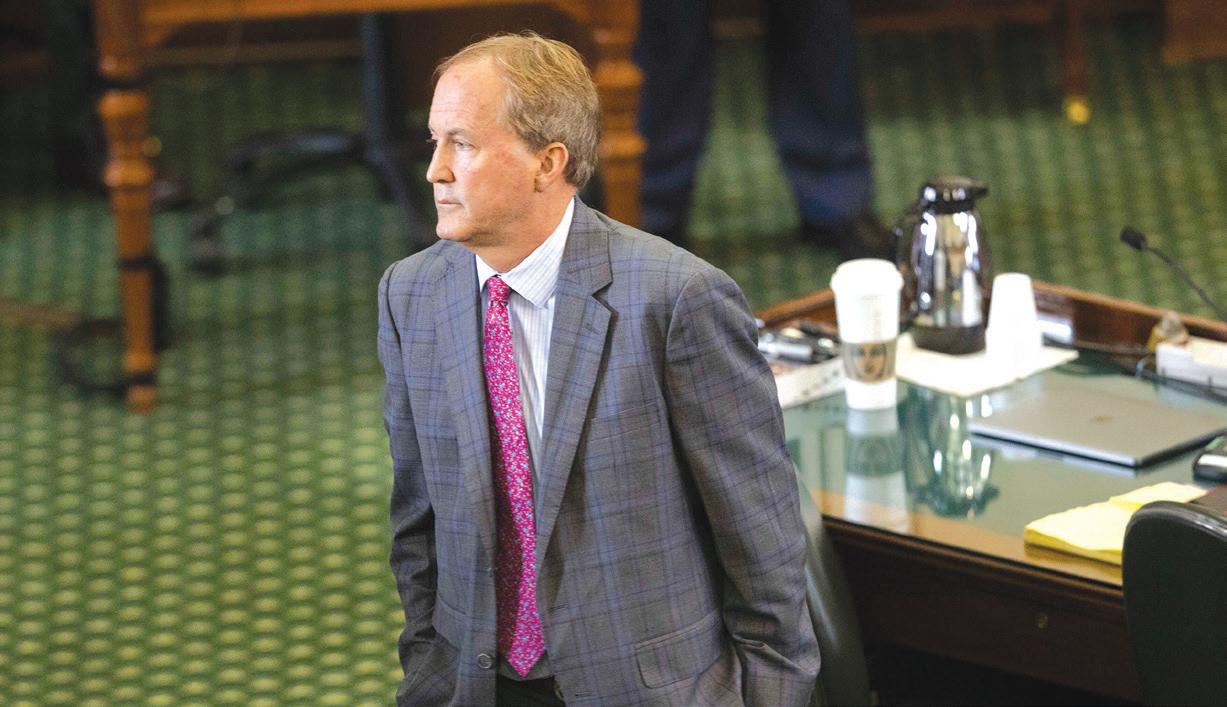
“There’s a unique situation going on here where he’s probably the most prominent Republican attorney general, and he has been extremely aggressive in trying to use the judicial system to legislate,” Walsh said. “The Texas House is big and has large geographic regions, and it tends to actually be more moderate than the Senate does, so you have these more moderate Republicans who represent districts who might disapprove of some of this conduct.”
Although Paxton was acquitted on Sept. 16 of all 16 articles of impeachment, senior and Conservative Student Union treasurer Wheeler Wood feels that an increasing number of Republicans do not want to support a corrupt official, regardless of their political affiliation. According to the Associated Press, Paxton still faces an ongoing federal
investigation, a security fraud case from 2015, and a disciplinary proceeding regarding the 2020 presidential election.
“There’s going to be a growing movement to get rid of corruption at all levels, whether that’s local, state or federal,” Wood said. “We’ve seen a lot of corruption in recent years, and I think people are starting to get tired of it, even the politicians.”
The Paxton trial could be representative of a larger trend in Texas and the United States. With what seems like a rising number of impeachment cases in the last five years, Walsh thinks it is likely that another trial will take place before the 2024 general election, whether it is for the Secretary of the Interior or Director of Homeland Security.
“We have to look at what in 2024 is going to happen to all of these Texas House members — are they going to get replaced?” Walsh said. “If that happens, then that might be an indication that these districts are moving a little bit further to the right and might tell us more of the direction that Texas is going to go in the future. Texas has been going more purple, but this may be an indication that is not the case.”
The All Saints Chapel services underwent multiple changes at the beginning of the school year, including a new prayer, a different outro and the senior chapel talk schedule.

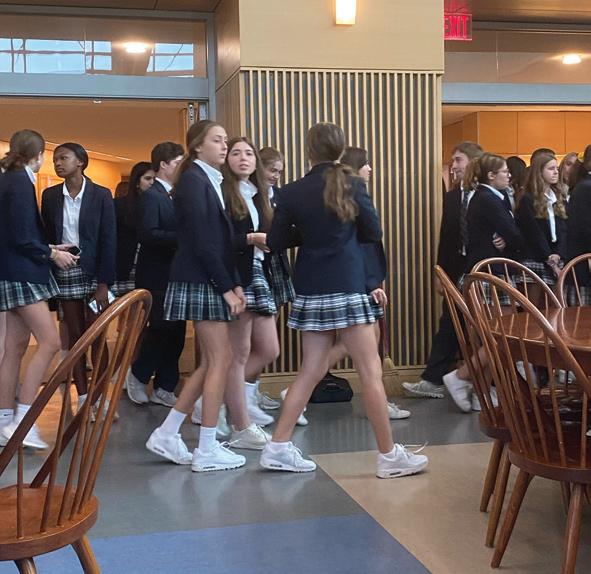
The new prayer, written by senior Charles Liu, includes all the virtues of the month.
“I really want to contribute to the community as much as I can,” Liu said. “Writing a prayer that embodies all the values we appreciate and respect in the ESD community is something very special to me and something I’ve always wanted to do.”
In addition, the long-standing outro from chapel, “Go in peace to love and serve the lord,” was replaced by “Let us go forth to soar with purpose and serve with love.”
“I wanted a dismissal that matched our mission in our community, and as an Episcopal church and an Episcopal school, we can rewrite it,” Bostian said. “So, I rewrote it to go along with our mission statement.”
Liu has a deep appreciation for chapel tradition, yet he agrees with the new outro.
“I think that it’s nice,” Liu said. “It’s not as concise as before, but it's something that's unique and something that identifies with the ESD community as we are the ESD eagles, and it ends with soar with love.”
In contrast to previous years, senior advisory chapel talks will now take place throughout the year instead of only in the spring.
“[This] made more use of all the time we have together and the different virtues we have,” Bostian said. “We wanted to spread it out so the talks would catch more virtues.”
Lunch Rush
The Wednesday schedule changed in August to add 10 extra minutes to the time slot after Eucharist. This change is designed to provide sufficient time for students and faculty to eat lunch. Although this change shortens Big Flex, both Head of Upper School Matt Peal and Assistant Head of Upper School Max Augé agree that the first 10 minutes of Big Flex are better placed at the end of lunch on Wednesdays.
“This was one area in which we can make almost everyone happy by giving more time after Eucharist,” Peal said.
Augé said that this change provides time for the upper school community to digest lunch and make it to class on time.
“There was a real difference in the general feeling of wellness after Wednesday lunches,” Augé said. “The [students] were rushing to class. They were literally eating as they were lining up with food on their plate.”
Augé and Peal discussed over the summer how to better improve student life. Peal, who is new to ESD, has already noticed the students’ appreciation for more time on Wednesdays.
Sophomore Tatum Reynolds agrees that this extra time is beneficial to students. She recalls that last year students were rushing in order to eat and get to class on time.
“It was really hard last year to get all four grade levels into the cafeteria,” Reynolds said. “I like that you can relax and eat this year.”

Contrary to popular belief, the geese who have roamed ESD for years are not dead — they have just left campus. According to Assistant Director of Outdoor Education Eddie Eason, they typically leave around the start of the school year and come back toward the beginning of spring. So, their absence is not much of a surprise.
“Part of the female geese life cycle is to return to where they were born and lay eggs there,” Director of Outdoor Education Davis Felder said.
This assures the annual return of at least the female geese. However, the geese have been affected by extreme weather. Due to the extreme heat conditions, the quarry water levels have dropped due to evaporation. Eason describes the quarry as an open-water well.
“This water well reflects the water table of the neighborhood, so the drought affects the water table of the neighborhood,” Eason said.
This means that the entire water table, which is the underground level that is filled with water, is dropping due to the heat. While the heat is affecting the quarry and water table, it also affects the animals that live on campus. They have to adapt to the weather by making alterations to their daily lifestyle.
“They seek more shade, they restrict their use in the hot parts of the day and they restrict their activities,” Eason said. “Since the temperature rises, there is a significant amount of nocturnal activity going on.”
Paxton Impeached From left: Texas Attorney General Ken Paxton, center, sits with his lawyers Tony Buzbee, left, and Dan Cogdell at the beginning of the first day of Paxton's impeachment trial in the Texas Senate chambers at the Texas State Capitol in Austin on Tuesday, Sept. 5. Texas Attorney General Ken Paxton on the Senate floor of the Texas State Capitol after the Senate lawmakers adjourned for deliberation during day nine of his impeachment trial, on Sept. 15, in Austin, Photos by Juan Figueroa/The Dallas Morning News/TNS The latest events around the ESD campus— in brief Soaring With Purpose Father Nate dismisses the Upper School from All Saints Chapel on Sept. 26 Photo by Maggie Chein Lunch Rush Freshmen hurry into lunch after Wednesday Eucharist on Sept. 20. Because of policy changes, they had more time to eat and didn't worry about being late to class. Photo by Maggie Chein Geese on Hiatus Ducks try to cool off in the quarry during a 100-degree late September day. Even though they were in the middle of the quarry, they were able to stand due to low water levels. Photo by Maggie CheinWhen Ann and Lee Hobson Family Head of School David Baad first came to ESD in 2018, he believed in the school’s mission: igniting lives of purpose through the development of an educated conscience.
Wanting to see this mission implemented meant that ESD, as a school, had to be constantly improving for its students, community and teachers. Holding aspirations of making the school the best version of itself, Baad and members of the administration are working to see new goals accomplished for the school.
“When I first came to ESD, I was given an incredible mission, an incredible set of founding tenets, a great Episcopal identity,” Baad said, “This is very much evolving ESD into the next best version of ESD.”
With the beginning of the “ESD 2030” plan, ESD is looking to increase resources and inclusion, implement the school’s mission more clearly through the curriculum, continue to hire the best teachers and staff and build the endowment.
“It is so well grounded in who we are as a school,” Baad said. “In my opinion, ESD has the most important mission of any independent school in Dallas, and we should be the best-resourced school in Dallas because we have the most important message.”
This four-fold plan starts with building up the school’s endowment. For ESD to increase its resources and create new opportunities for students, the school needs to ensure that they are financially secure without disrupting the current environment.
“If you look at the schools that we would typically consider our competitors, their endowments
are bigger than ours,” Baad said. “When it comes to attracting and retaining really great teaching, we need to make sure our endowment is up in the same place as our competitors.”
In efforts to grow the endowment, ESD is raising funds, allowing donors to give titles to various positions. For example, positions such as Hobson Family Head of School, Stemmons Family Senior Chaplain and Clark Family Head of Upper School are given titles through donations.
is named E.S. Distinction, an acronym that stands for design, interpret, synthesize, think critically, investigate, negotiate, communicate and take action.
“So those were the skills from the time kids are at Lower School and all the way through middle school in the upper school that they’ll be working on developing,” Chief Academic Officer Rebecca Brady said. “We also want students to have experiences of living the Episcopal virtues.
Brady is working on six to eight acedemic paths that students can look into, including leadership and government policies, education and communication, business and entrepreneurship. Others include art, math, technology, science and wellness.
“Some kinds of different lanes of interest are in the academic realm,” Brady said, “The ones that we’re thinking about are tied to things that students either want more of, they want to study or they want to do a WORX internship connected to it.”
This also feeds into the third part of Baad’s plan: ensuring that every position at ESD is filled with an experienced employee. Baad believes developing the curriculum is one way to attract skilled faculty and staff.
so it is good that [ESD is] getting good teachers,” Briner said.
There is a network of faculty and staff helping Baad with this plan to enhance the school. Brady helps with enhancing the curriculum in Baad’s plan. Senior Chaplain Fr. Nate Bostian is in charge of strengthening the community, and Chief Human Resource Officer Bernadette Gerace is responsible for the faculty. Chief Advancement Officer Denis Stokes is in charge of raising money, and Chief Financial Officer Mary Hernandez manages expenses.
“There’s a bunch of people, as you can imagine, definitely not a one-man band,” Baad said.
As soon as enough money is raised, Baad wants to move on to renovations and upgrading the school's facilities. Associate Head of School Ruth Burke is working on the planning involved with changing facilities, including renovating academic, art, and clinic buildings on campus.
The next step is to increase the resources at ESD. An increase in resources ensures that students have the best facilities to allow them to pursue whatever they are interested in.
“[I want to] make sure that we’re creating structures that have the resources to ensure that everybody is part of this [plan],” Baad said.
The second part of Baad’s 2030 plan is to enhance ESD’s curriculum. This part of the plan
“When you have a missiondriven curriculum that helps you attract great teachers,” Baad said. “Great teachers are drawn to a mission-driven school.”
Sophomore Brant Briner agrees that this plan is a great way to improve upon ESD’s foundation and its facilities. Briner believes it is important to give students specific options based on what they want to study, update facilities and the best faculty possible.
“Teachers are probably the most important part of learning,
“I want to do a pivot to that pretty quickly once we get the money raised,” Baad said. “And that's when we take a look at our entire campus and all of our facilities and think about different ways we can use what we have whether we renovate or build something new.”
The purpose of the 2030 plan is to upgrade and improve ESD without changing the foundation of the school. This is implemented through three pillars: curriculum, community, and teachers.
“I was given an incredible mission, an incredible set of family tenets, [and] a great Episcopal identity,” Baad said. “This is very much evolving ESD into the next best version of ESD.”
Students and faculty were starstruck on the first day of school as they walked into the dining commons and noted changes in the dining hall; new metal salad bowls, a daily cultural section and the new main ingredient menu. These additions sparked conversations throughout the student body, wondering about a change in SAGE’s “level.”
While Senior Food Service Director Rebecca Compton denied this rumor, she said that the SAGE team is making new strides this year to create excitement in the dining hall.
“It was me and my team who were thinking over the summer about what we can do to make the experience better because that's something that we're always working on,” Compton said. “It's a continual development.”
Usually, the SAGE programs in different communities vary because of the space that they have and the different needs of the people they serve, but Compton confirmed that there is “no ranking.”
The enhancements Compton and her team introduced did not go unnoticed by members of the community. Biology teacher Marissa Infante was very keen about the new improvements. They attracted her to go to the dining hall more frequently.
“I think the food is so much better this year,” Infante said. “I look at the menu in the morning before school and plan out what I'm going to eat for lunch.”
Infante also enjoys the variety of foods SAGE offers in their cultural section each day.
“We do have all the [cultural section] recipes that are submitted,” Compton said. “They are authenticated; we do our research.”
Any person that works at SAGE
can submit a cultural recipe, from Chicken and Dumplings, to Chocolate Gem Brownies.
While these cultural foods give new experiences and selections, they are not always the most popular choice among the student body. Some think not much sophistication is needed when it comes to food.
“I honestly think that the more elementary you get with the foods, the more people are going to eat them,” sophomore Arden Bowen said. “I don't think you need to be like a five-star restaurant or anything, which is what they're trying to do.”
To take everyone’s tastes into consideration, the SAGE team has to navigate a balance between serving new and unique dishes while still keeping everybody happy. Compton noted that ESD chefs alter menus to reflect the preferences of the student body while not just serving chicken fingers and cookies every day. The meticulous process starts in the summer, as the SAGE team writes the menu from scratch.
“I love creating the menu,” Compton said. “I love it. I can always tell when y'all love a menu and when you don't. When you all go to the hotlines, you love the menu, and it's a hit, and it's a winner. When you all line up at the salad bar or the deli bar, I'm like, well, back to the drawing board.”
The community has also responded positively to the new metal salad bowls, a change from the previous plastic plates. Compton said that the faculty and staff noticed these changes during the faculty in-service at the beginning of the year.

“They went insane,” Compton said. “They were so excited.”
Infante was one of the many excited faculty members about the new bowls.
“I love the metal salad bowls,” Infante said. “I have eaten a salad every single day since I've been back here. I feel like it definitely makes me eat more salads.”
As Compton thought about new aspects to improve the dining hall this summer, she remembered another local private school that had experimented with these bowls. She decided to give them a try. Along with such positive feedback from the community, the bowls are also more cost-effective as they are more durable.
Compton urges the use of the Touch of SAGE mobile app, a way for students and faculty to be able to communicate with the SAGE team and provide honest feedback. The app includes surveys and the opportunity to share your opinion and ideas with the SAGE team. In her mind, students and faculty using this app means more personally curated dining options.
But SAGE is not only about lunch. Another innovation this year was SAGE’s breakfast options.
“Our breakfast program we've really worked on an overhaul,” Compton said.“We have a lot of ‘grab and go.’ We're doing a daily special and a daily bar, like an avocado toast bar on Mondays. We're doing brisket tacos on Fridays. Some days, we're offering fresh squeezed juice.” SAGE has to feed many different age groups, from the youngest 3-year-olds in lower school to the more senior members of the faculty and staff.
And this poses many challenges.
“Well, it's really like a fine science to figure out things that respond to upper school and also lower school,” Compton said. “Because the things that [the] lower schoolers love are not the same [as the upper school]. Lower school loves breakfast for lunch, upper school, not as much as a hit. So it's really finding that balance between all of the grade levels… And that's the fun part. I love creating the menu. I love it.”
“
I was given an incredible mission, an incredible set of family tenets, [and] a great Episcopal identity. This is very much evolving ESD into the next best version of ESD.
David Baad Head of School
Junior Mae Zimmer sits eagerly in the movie theater, awaiting the start of a highly anticipated movie. Clad in all-pink, with her father and sister, who she insisted also dress for the occasion, she thinks about the million different ways this movie could go. In the back of her mind, she holds the backstory of almost 65 years of build-up to one spectacular movie.
“Barbie.”
“I dressed up in pink for the movie, and I made my dad and sister dress up too,” Zimmer said. “No joke, I made my dad wear a pink shirt and so did my sister. They both thought that it was so silly, but it made the experience better.”
Director Greta Gerwig’s movie opened in theaters on July 21 and quickly grossed $1.3 billion, according to CNN Business. In fact, “Barbie” is the highest-grossing movie release in Warner Bros.’ 100-year history, surpassing even the last movie in the famous series, “Harry Potter and the Deathly Hallows: Part 2.” Part of the reason for the movie’s rapid success was the intricate marketing strategies used.
The craze for the Barbie movie was evident when it hit theaters, and the president of global marketing at Warner Bros, Josh Goldstine, spoke to Variety Magazine in an interview on July 23 about the movie’s marketing strategies.
“Barbie Pink has been such a part of the brand,” Goldstine said during the interview. “This movie has a wonderful girl-power element, and pink became the color of the movie. We saw it start to resonate in the culture very early in the long process. The concept of Barbie-core coming to life in fashion kept going. It didn’t have its moment; it sustained and kept growing and growing with the movie.”
Indeed, upper school French Teacher Laila Kharrat saw “Barbie” with a lot of the women in her family and enjoyed a
bonding experience with them and her daughter by dressing up and even dying their hair pink.
“I went to see the movie with my mom, my sister, her daughter, my daughter who is nine, of course myself and then my nephew joined us as well,” Kharrat said. “We tried to put together all the pink we had. In fact, I took my black cowboy hat and added a pink bandanna. We had pink Barbie glasses to use, and then, most importantly, my daughter and I dyed our hair with one streak of pink, and we did our nails pink as well.”

Besides just the marketing craze, Gerwig, her other notable
was fully handmade and painted and in real life, like there was not a single thing in the film that was CGI. And [because of] that alone, I almost want to watch it a second time. I haven't yet, but I will.”
Gerwig also managed to tie in deep themes of existentialism, struggles with the patriarchy, feminism and questioning one’s identity and purpose. Toward the end of the movie, a montage of growing up that highlights the journey from girlhood into womanhood plays that many viewers found touching.
“To me [the montage] showed the mother-daughter relationship,” Kharrat said. “It made me reach over and hold my mom's hand… and my mom and I have had a tenuous relationship at some period of time in our lives, but it just made me really appreciate her even more holding her hand while also holding my daughter's hand in the theater was this really powerful moment that I just couldn't stop crying because it was so moving.”
One of the most resonating elements of the movie for many girls and women was the theme of girlhood. In an interview with Vogue Magazine in May, Gerwig commented on the intentional purpose of creating a movie with such a strong theme of girlhood.
said. “Men don't have all the decisions over women, and they kind of implied that throughout the movie. I just think it was an over-exaggeration. I get they are trying to make a point, but at the same time, that's just not what real life is.”
Zimmer, however, has an opposing point of view. She found that the scenes in the movie where Barbie and Ken came to the “real world” showcased the day-to-day struggles that women deal with.
“As soon as Ken gets to the ‘real world,’ it borderline corrupts him,” Zimmer said. “I felt so bad for Barbie because you saw her being cat-called, but that’s real everyday stuff that girls, even our age, go through. Seeing her be looked down on after coming from [BarbieLand] where girls are kind of in charge of everything–you could clearly see the cultural difference.”
Other criticism of the movie was grounded in the fact that the themes of the “Barbie” movie did not stay at a youthful level of maturity, especially pertaining to the aspects of existential struggle and feminist elements.
movies being “Lady Bird” and “Little Women (2019),” is gaining mostly positive recognition for her work on the film. According to the Associated Press, Gerwig’s “Barbie” broke the opening weekend record in ticket sales of any female director, with $162 million in sales in North American theaters.
“Greta is incredible,” Kharrat said. “I think she's brilliant. What I liked about her [was that] I saw an interview where every single scene in the film
“Young girls are funny and brash and confident, and then they just– stop,” Gerwig said. “How is this journey the same thing that a teenage girl feels? All of a sudden, she thinks, ‘Oh, I’m not good enough.’”
Along with the resounding support for the movie, backlash came as well. Critics of the “Barbie” movie disapprove of the film’s stance on the patriarchy, claiming the film to be “antimen.” Junior Katherine Clark believes that the movie overexaggerated this point.
“I feel like the patriarchy part was exaggerated because, if you think about it, that's not really like what the world is like,” Clark
“I would say it just needs to be a more of a happy movie instead of taking it political,” Clark said. “Trying to put across a point that some people may not agree with won’t work because, to be honest, it will just lose a bunch of support. I know they were trying to put a message across, but I think they overdid it.”
Even with the backlash for the movie, it has broken unprecedented records and will continue to do so. Although Kharrat holds her own few critiques for the movie, she still wishes people would go watch it anyway.
“I just wish everyone would see it,” Kharrat said. “I wish people wouldn't just assume that it's this shallow movie with cute outfits and whatever. In the end, it's a very deep film, and it has a really deep meaning.”
"Barbie" by the numbers
93
Percent of students saw promotions advertising the "Barbie" movie
Percent of students who saw the "Barbie" movie enjoyed it
Percent of students who saw the "Barbie" movie wore pink
SOURCE: September 26 poll of 150 upper school students
A new library look Upper school librarian Mary Jo Lyons and Director of Facilities Jay Michael discusses the new library renovations. Page 9 Family in the Barbie Box Upper School French teacher Laila Kharrat stands in a life-sized Barbie doll box with other female members of her family, including her daughter (bottom left). Photo provided by Laila Kharrat“ I wish people wouldn't just assume that it's this shallow movie with cute outfits and whatever. In the end, it's a very deep film, and it has a really deep meaning.
Laila Kharrat Upper school French teacher
I LIKED [EURCHARIST] BECAUSE IT WAS VERY DIFFERENT FROM MY OLD SCHOOL BECAUSE I WENT TO A PUBLIC SCHOOL BEFORE THIS.”

Margaret Esposito '27
“My favorite girl dinner is Trader Joe’s dumplings, some pickles, and ice cream.”
Stella Wynne ‘26
I love my Stanley because they easily fit in my car cup holder and are super stylish with my stickers on them.”

“The other night, I had a boy dinner of bacon, stuffing, chicken, and this little rice called couscous with a banana.

Gio Sabella ‘26
“I decided to base my parking spot off of my favorite game, Monopoly. I made each property spot based on an event throughout senior year.”
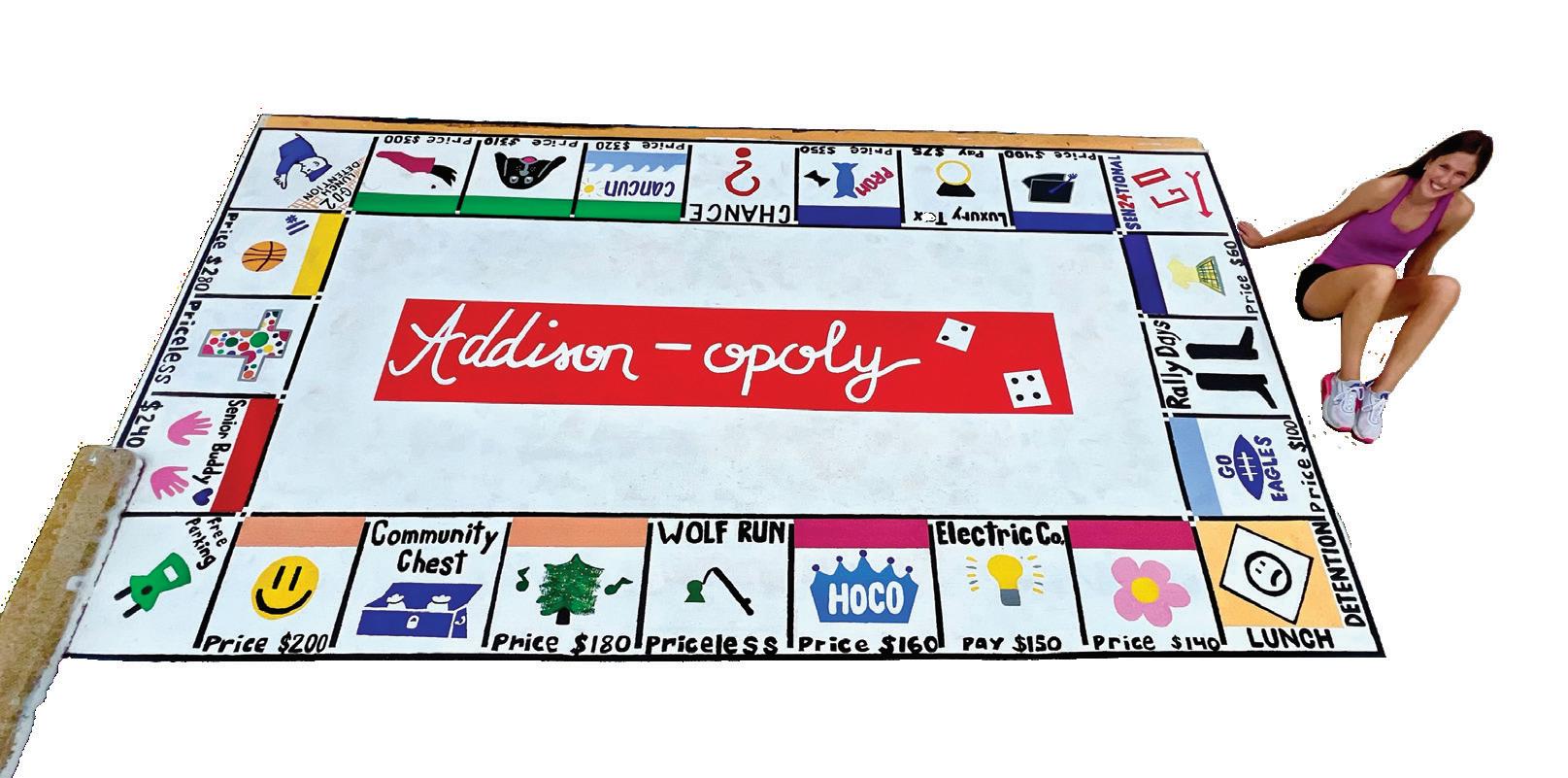
Addison Page '24
My parking spot is a track because I run track, and I put my senior teammates’ fingerprints on it.
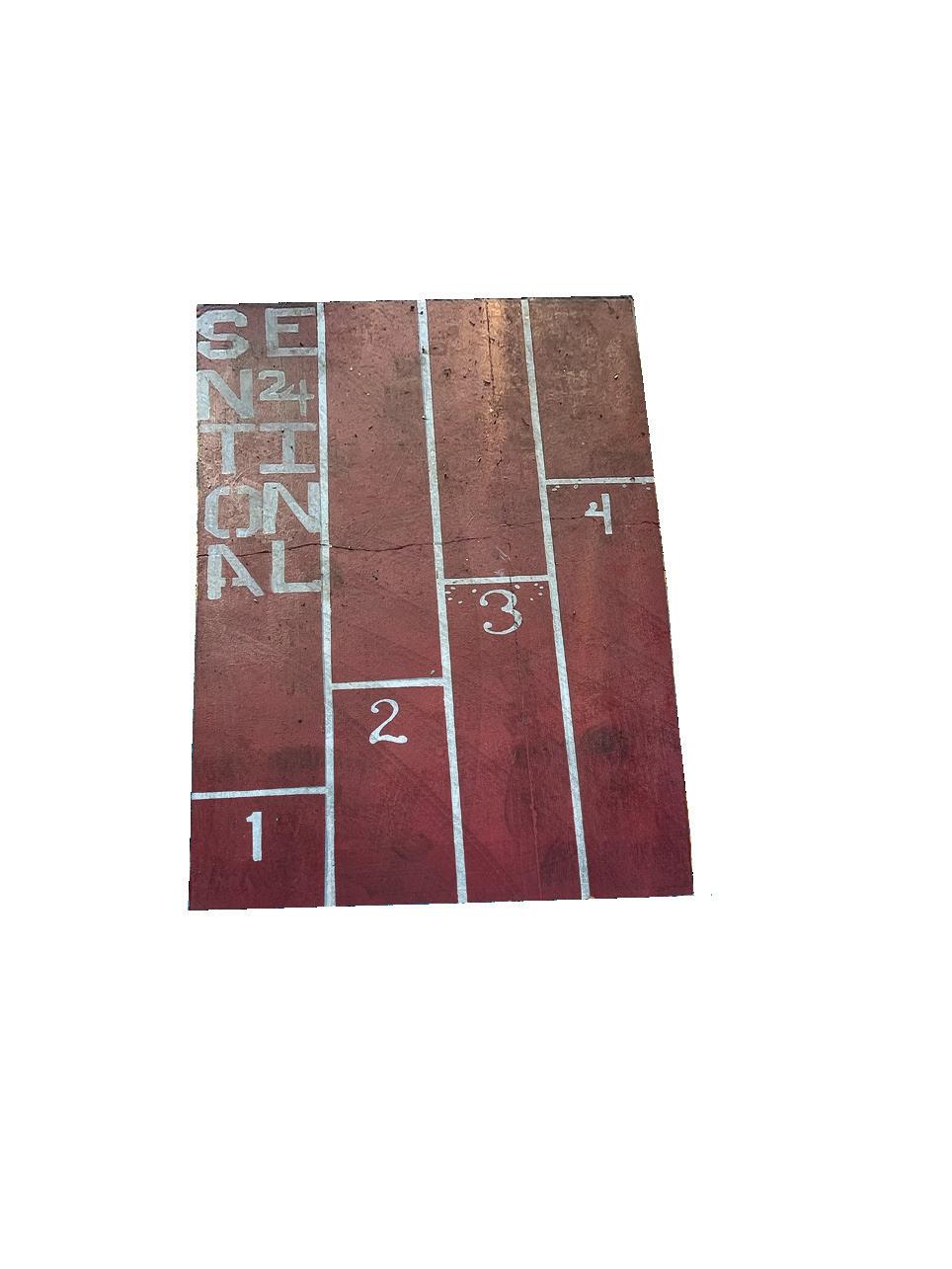
Tucker Robinson '24
SCHOOL STUDENT PREFER CHOCOLATE TO VANILLA.
47
PERCENT OF UPPER SCHOOL STUDENT PREFER VANILLA TO CHOCOLATE.

SOURCE: September 26 poll of 150 upper school students
Compiled and illustrated by Jamie Henderson | Arts Editor and Social Media Manager
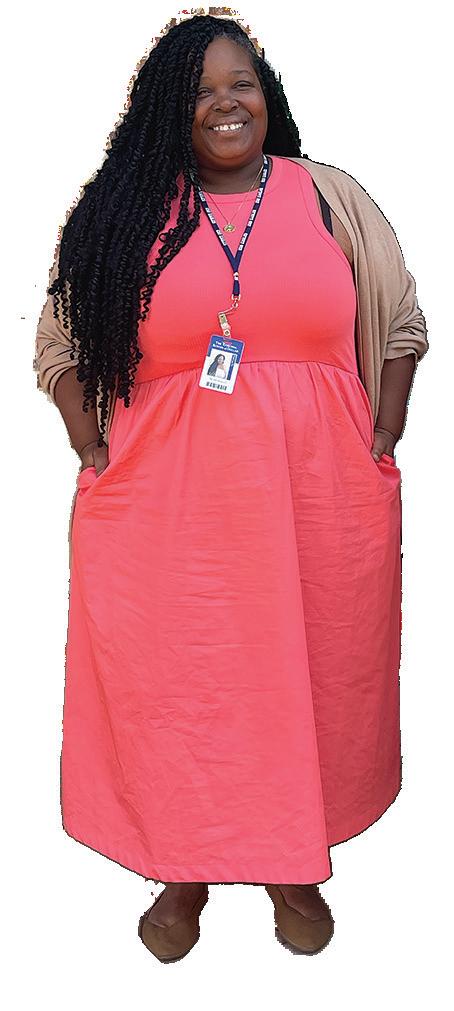
 Compiled by Beau McKnight | Staff writer
Compiled by Beau McKnight | Staff writer


Amie Hunter
9th grade advisor and English I
I grew up in Fort Worth, Texas, where the West begins! I got my bachelor's degree in Education, then came back home to Fort Worth, where I taught AP Lit and tutored at an elementary school. I spent the next four years in West Texas, where I earned my Master's in English and taught senior/dual enrollment English. After that, it was back home to DFW, where I taught juniors, sophomores and freshmen. I also taught English at Tarrant County College before I arrived for my first year here at ESD.
Fun fact: am completing yoga teacher training right now!
Natalie Webb
11th grade advisor, Sponsor National English Society, AP Language and Composition, AP Seminar


I am a Texas native who grew up in the back of beyond, down a caliche road with more cows than people. My best friends have typically been books, so it only made sense that I become an English teacher to help others come to love the written word. I aim to become a part of the school, learning its traditions and expectations and just bringing a little joy with me into the building each day. I am so happy to be here.
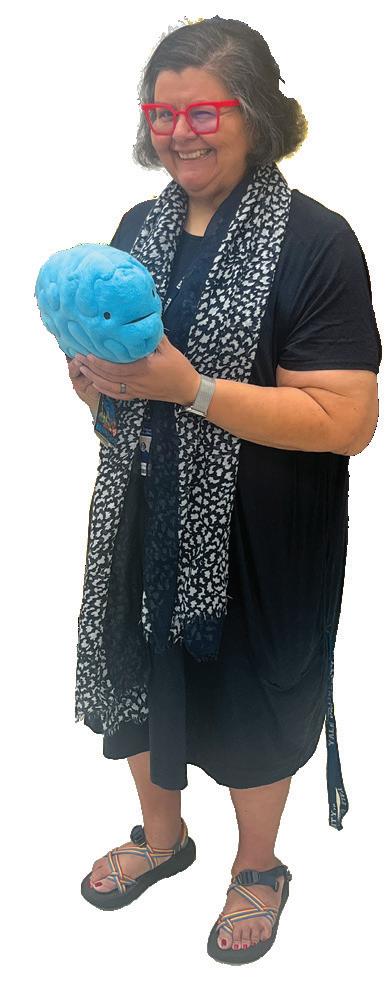
Fun fact: I grew up showing steers and haltering breaking them. I earned belt buckles and money for college.
Tim Woodward
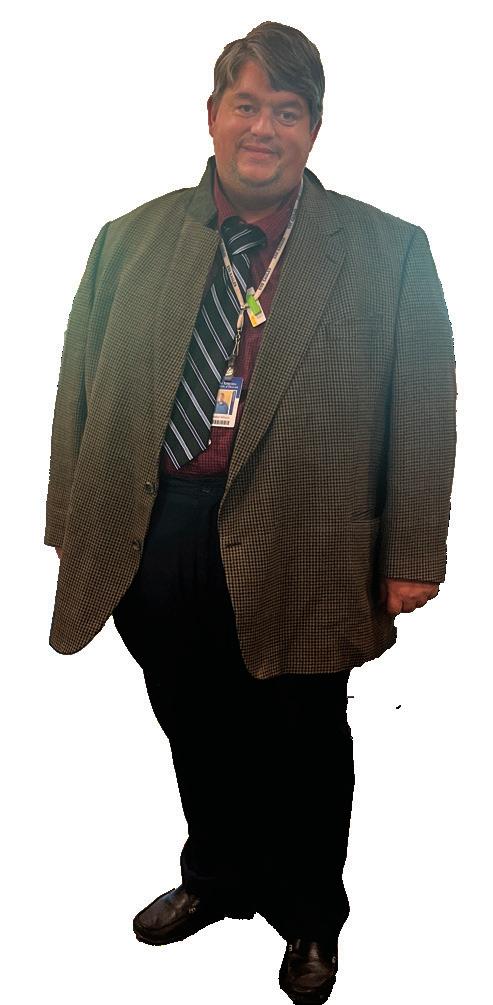
11th Grade Advisor, AP US Government and Politics, AP US History, US History and cross country coach

This year begins my 28th year as an educator.
I have spent most of my career in public education, most recently at Allen High School, where I taught AP and IB Biology for almost 20 years. I grew up in Dallas and Plano, where I graduated from Plano East Senior High.
Fun fact: I worked for the Dallas Stars in 1999, the year they won the Stanley Cup. sold hockey gear out at Valley Ranch when they were headquartered there.
I grew up in Kansas City, went to Notre Dame for my undergrad and master’s degree, and have lived in Texas for almost 10 years. I worked at Cristo Rey Dallas in southeast Dallas for the last 8 years.
Fun fact: love to read and am always reading to or listening to a good book-- let me know your recommendations!
I was born in Chicago and grew up in its suburbs, graduated from U of I, Champagne-Urbana and worked for a medical equipment company for a year before moving to northern California. My son was five days old when we moved to Austin, TX! Ultimately, our family landed in McKinney, where we have been for over 25 years. I have taught since 2000, with a short hiatus to pursue an entrepreneurial project.
Quote I live by: Two things in life are free, the love of chemistry and the chemistry of love.
Nicole Mason 9th grade advisor, AP Art and Design Film, AP Art History, Digital Art and Design, Sponsor of the Film Appreciation Club
I just moved to Texas from Virginia. I was living in my hometown for a short while, but I've taught and lived in Denver, Philadelphia and Singapore. I taught film and aesthetic courses on a college level in Singapore, and I've also worked in film in New York and Los Angeles respectively. I went to Virginia State University for my Bachelor's in English and New York University for my Masters in Fine Arts (Film).
Fun fact: I can name just about any film playing in the background on any scene in 30 seconds or less.
I taught in Plano ISD for 29 years (middle school for 12 years and high school for 17 years). I retired from Plano ISD in May in 2020, but last year, I realized I missed teaching too much, so here I am at ESD!
Quote I live by: "Don't worry about a thing, 'cause every little thing is gonna be alright." --Bob Marley
I am originally from Utah and went to college at BYU for my bachelor's work. Then I moved to Dallas with my wife because this is where she grew up. I worked at Eastfield Community College as their Studio Manager and also teaching adjunct at the time. I decided I wanted a master's degree in Fine Arts which I then worked to recieve at BYU Provo. I started teaching at the high school level and worked as an exhibits manager at a childrens museum as well.
Fun fact: am a twin. do fly fishing, cooking, at lot of things-- its easier to tell people I make messes.
Each issue, the Eagle Edition gathers four ESD students to have a round table discussion about a relevant and timely topic. This issue, the topic is Leadership.
Yeaman
with senior
What do you think is the most important skill to have as a leader?
Charles Liu:

I feel like it's probably communication because you communicate with people. And you need to be clear when you're asking people to do things and articulate your language when you are giving people advice.
Parmida Zandinejad: You need to be open-minded to hear out different ideas and different perspectives.
Nina Rastin:
I also think organization is a big thing. I think if you're not organized and don't have your stuff in order, it's hard to help other people when you yourself don't really know what's going on.
Gracie Nealon: You should be able to speak your mind.
Do you think that you need to be empathetic to be a leader? What kind of role does empathy play in leadership?
NR: Empathy is being able to be open-minded, [and] being able to hear everyone else. Being able to connect with people emotionally that way really helps keep team spirit up, and also, the better of a mood we are [in], the more likely [we are] to succeed.
GN: You have to be empathetic because leadership isn't about yourself. It's more about representing everyone else.
CL: I feel like for Discipline Council, when hearing cases, it's very important for us to be empathetic of the person being accused. We have to take multiple factors into consideration before making the decision.
PZ: Same with Honor Council. You have to take in why they did what they did and not just what they did and just decide based on that.
What do you think is the hardest part about being a leader at ESD?
NR: It's awkward sometimes when you're supposed to tell someone what to do.
PZ: I feel like people look at you a little bit differently if they have an [Honor Council] case.
CL: You always have to ask people to do things.
GN: Yeah, and sometimes they think you're being bossy, but you're just doing your job.
What is your favorite part about being a leader?
PZ: I feel like I've learned a lot from my positions, like how to be more organized and how to communicate more effectively with people.
NR: I think it's being able to help other people. When I was a freshman and sophomore, I had seniors that would help me — tell me what to do, what to fix. And then being that person now [I like being that] for the younger people.
CL: I agree with Nina. I think it's quite awesome being supportive of underclassmen and being able to set good examples for younger students [including] lower school students and middle school students.
GN: For me, being a freshman, I've gotten to meet all the upperclassmen and get to know them.
Do you think it's more a little bit more difficult being a freshman as a leader?
GN: Sort of, but everyone's been really welcoming.
PZ: I remember it was hard because you feel in a way that upperclassmen, I don't know, are superior. On Honor Council, you would listen to the seniors or the juniors over everyone, but you need to learn that that's not the case and to voice your opinion.
When the Gill Library was built in 1986, it was the “first fully automated library at a local independent school,” according to the ESD website. Since then, neither the space itself nor the book collection had undergone any major updates. Until now.
Five years ago, upper school librarian Mary Jo Lyons began to analyze the library’s collection and draft a plan for renovating the library.
“It had been a while since the library had had any attention to its physical appearance and also to the collection,” Lyons said. “We crafted a proposal, a five-stage plan to make [the library] more modern, more [like] what you see with other school libraries. Our plan did include reducing the number of stacks and opening up the space, getting new carpet.”
Almost a year and a half after submitting the proposal in January 2023, Lyons got the go-ahead. But before any major renovations could happen, everything had to come out of the library.
“It was really intense in the spring to get everything out,” Lyons said. “[The library] was completely empty at the beginning of June.”
After all the books and furniture were out of the library, contractors took over, and the bulk of the renovations were complete by the beginning of July. Getting new carpet was a priority as it had last been replaced nearly 30 years ago. But when the contractors ripped up the old carpet, they came across a problem.
“The building foundation had settled past the second
pillars,” Director of Facilities Jay Michael said. “It was sinking, so we had to do what we did in the study commons, which is a selfleveling.”
To level the library floor, the contractors poured a compound that flowed into the uneven part of the floor and solidified. They poured multiple layers until the floor was leveled. In addition to the carpet, the facilities team and contractors took out the walls that had previously separated the middle school reading room from the rest of the library. Once done, they had to re-tile part of the ceiling.
“The ceiling tiles in the middle school reading room were not aligned with the rest of the tiles in the space,” Lyons said. “[Facilities was] able to find a contractor or vendor that was able to match it up, and so you can't even tell that there was once a wall there.”
Besides the missing walls, one of the most obvious changes to the library is the reduced number of bookshelves.
“There were more shelves in here than there was space for students,” Lyons said. “So that was a high priority, making pockets of space for students to hang out.”
And make space she did. In renovations, two rows of stacks were removed, and other shelves were lowered.
“I love how open it is,” sophomore Elle Williams said. “I really love the new seating, like they have these nice comfy seats everywhere. I know for study hall last year, sometimes all the seats would be taken, so I’d be like, ‘where do I sit?’”

In order to create space for students, Lyons had to decide which books needed to go.
“Librarians do this all the time,” Lyons said. “That is part of our job, and it probably goes unseen a lot.”
Old, outdated books were the first to go. Lyons used the catalog to see which books had gone a long time without being checked out and how old certain books were.
“There’s a standard that you don’t really want to have things older than a particular date,” Lyons said. “When I first started this four or five years ago, I think the average age of our nonfiction books was in the mid-’80s. There was space in this library to continue to grow, so previous librarians were able to add, add, add, add without having to worry about taking away.”
Recently, though, the shelves got too crowded, and something had to be done. The librarians couldn’t find the space for new material, and the shelves were packed full of outdated books.
“Curriculum has changed over time,” Lyons said. “This library’s
from the late ‘80s, and the same things that were taught are not being taught now. They were great and served their purpose 20 years ago, but we need to get things that are great and serve their purpose now.”
Lyons took a pause on buying new books this spring in preparation for the renovation but is frequently buying new titles. Choosing books, though, is complicated.
“[We] want to have books in here that, in terms of fiction and nonfiction books, we think are going to be used,” Lyons said. “We use our professional journals and reviews to make decisions… identifying award winners, what are the trends? And what are students wanting to read?”
“Libraries are not warehouses for books,” Lyons said. “They are spaces for collaborative thinking… [the library] feels lighter, it feels brighter. There's collaboration and talking and students working together. That's what I love the most.”
NR: That was the same on Student Council as a freshman.
PZ: You just like shut down.
GN: It feels like everyone's gonna judge you.
CL: Yeah, I agree. Not until I was a junior was I actually able to speak my mind on Student Council.
Do you have any advice for Gracie on being a leader as a freshman?
PZ and NR: We want to hear everyone.
CL: We really value everyone's opinion, no matter what grade you are [in].
PZ: We don’t judge at all. Sometimes, freshmen have better things to say.
CL: They really do.
GN: We have moments of wisdom.
PZ: And sometimes we're just out of it.
CL: Seniors too [with] senioritis and all that. Sometimes, freshmen and sophomores care more about what is happening in the meeting.
NR: Yeah, we just want to go home and sleep.


 Co Editor-In-Chief Easterly
talked
Charles Liu, juniors Nina Rastin and Parmida Zandinejad and freshman Gracie Nealon about being a leader at ESD.
Co Editor-In-Chief Easterly
talked
Charles Liu, juniors Nina Rastin and Parmida Zandinejad and freshman Gracie Nealon about being a leader at ESD.

The door to the quaint Summer Moon coffee shop swings open as junior Cheney Mathes greets YoungLife leader Madison Landers with a smile. They order coffee and breakfast and chat about their week: the good, the bad and the ugly. As more students trickle in, laughter and joy spill from all corners of the room. Coffee orders are distributed around the room, while conversation steers toward religion. Through readings from the New Testament, students strive to connect religious text with their day-to-day life. YoungLife provides students with a safe space to learn and grow spiritually, mentally and emotionally.
“I got involved with YoungLife because I have a cousin who was a member in Austin,” junior Katherine Clark said. “She fell in love with it, so I reached out
to Cheney Mathes and she connected me with our current YoungLife leader Madison, and the rest is history. I continue to go because I feel like it is a break from everything and you get to grow as a person and grow your faith.”
This year, 25 students joined ESD YoungLife as first-time members, a large uptick in memberships from previous years. Since 2021, 100 members have joined the ESD YoungLife program, contributing to the 1.5 million students participating in YoungLife around the world.
“A lot of people in each grade have been working hard to get the [membership] numbers up this year,” Clark said. “We have been texting in grade GroupMes. We have a lot of new members this year, which is very exciting.”
Part of the draw of YoungLife is the casual atmosphere. Groups are small, ranging from around 15 to
around 30 students. This provides an opportunity for discussion without fear of judgment, which YoungLife encourages.
“My grade goes to campaigners on Friday mornings before school,” Mathes said. “We have breakfast, do some bible study, and just talk about our week and what's going on. It's so much fun, and it's not super serious.”
For many students, YoungLife offers a reprieve from the hustle culture of everyday life, while also encouraging students to grow stronger in their faith.
“I feel like YoungLife is a release from everything,” Clark said. “Most of my friends go which makes it 100 times more fun and distracting from the real world, and spiritually I feel it is a more casual atmosphere which in my opinion makes me more interested in learning more about the Bible.”
YoungLife activities aren’t just coffee and breakfasts — groups get together on weekends or over the summer to play golf, pickleball or simply hang out. Members learn more about scripture, and about themselves, while also having fun.
“My leaders have become some of my most valuable friends,” sophomore Harrison Teegarden said. “I never have to question their intentions or if they are there for me. Everyone needs a YoungLife leader in their life.”
The Landers have led YoungLife students with passion, encouraging them to grow as students, followers of Christ and friends.
“We encourage students in their spiritual journey through scripture study and intentional conversations about stuff that really matters,” Landers said. “We believe that all students were made to know Christ and make Him known, and we set out to do just that! We teach students how to have a relationship with God, and how to live like Jesus calls us to.”
The ESD YoungLife group meets at least once a week — on Friday mornings, breakfast groups meet to discuss scripture. On Sunday evenings, members meet to do a Bible study and take time to develop friendships.
“The weekly Sunday meetings are also something I look forward to,” Teegarden said. “Young Life events are a good way to forget your issues and have good wholesome fun.”
On April 30, 2023, in the final meeting of the school year, YoungLife members stand together to say farewell to the seniors. ""The seniors dressed as elderly people and ran the meeting that night," Clark said. "We played mini golf [and] it was really fun to wrap up the year with that."

“I wasn’t sure about joining YoungLife because I didn’t know a lot of people,” senior Charlie Neuhoff said. “I decided to go and became a lot more comfortable with everyone, and I realized that I loved it. My favorite activity we’ve done was the golf match. It was super fun and I got put in a group I wouldn't normally talk to but now have a stronger connection with. I learned it’s ok to be uncomfortable.”
Along with growing closer with other YoungLife students, members have developed friendships with their leaders, University of Texas graduates Matt and Madison Landers.
The leaders of YoungLife and the members are looking for more students to join the program, in both middle and high school.
“We are so grateful for the relationships we’ve built within the community and are excited to see them grow over time,” Landers said. “This semester, we are starting Wyldlife — Young Life for seventh and eighth graders. I’m super excited to see how this ministry will grow and shift as we start to reach more grades and pockets of the community. Our goal is that we would know every student that walks through the doors of the school. ”
We proudly support the Eagle Edition
Rumors of Kylie Jenner and Timothee Chalamet’s relationship began in late April. Since then, there have been multiple reports of the couple seen together in public. However, in early September, pictures of them at the U.S. Open showed the two being affectionate and sharing foods and drinks. On Sept. 4, at Beyonce's birthday concert, they made their relationship public, with hand holding and other displays of affection. Although they haven’t confirmed their relationship, Jenner said they are “casual” but “enjoy hanging out together,” according to Entertainment Tonight report on Timothee and Kylie.
Standing in front of the upper school, Matt Peal feels a mix of honor and, what he would describe as, “good and motivating” nervousness as he is officially installed as the Clark Family Head of Upper School on Sept. 18.
2“Sitting there, and having such nice things said about me, recognizing the importance of the Clark family to the school, I was honored,” Peal said. “Every day something else happens that opens my eyes to how big both this role is, but also how significant the school is becoming. It was another example of, ‘Wow, this is a big deal at a big place.’ I don't know if either of [my last schools] had this level of engagement and this sense of community.” The upper school experienced administrative changes this year — one of the most prominent being the head of the upper school. Peal took over this position after Henry Heil moved to a head of school position at the Brookstone School in Georgia.
the first time, and his daughter is participating in the theater arts.
“There are some things I could offer my kids here that I could not offer them where we were,” Peal said. “There were some things here that kind of opened my eyes to things I couldn’t offer elsewhere, so I jumped at it.”
Peal strives to make ESD the best it can become. He is direct and straightforward when expressing his guidelines to the student body to make this happen.
“I have some pretty high expectations,” Peal said. “The one-offs and the unintentional [violations of expectations] are where I can get behind being more compassionate and graceful, but the intentional disregard for an expectation is where I'm nonnegotiable.”
He loves making meaningful relationships and looks forward to making new ones and using them to build our community.
Speculations about Kansas City Chiefs football player, Travis Kelce, dating Taylor Swift grow after Taylor was seen cheering him on in his box during the Kansas City Chief v.s. Chicago Bear football game on Sept. 24. Holding hands, the pair left the game together. During an interview on the Pat McAfee Show, Kelce mentioned that he saw her perform and wished she had come to see him play in the same stadium that he saw the concert in. Although his brother, Jason Kelce, acknowledged the dating rumors, On “The New Heights with Jason and Travis Kelce” podcast, Travis mentioned that he was a little butthurt that he couldn’t meet, or talk to her before or after the show. He ends it by saying that “[he] didn’t get to give her the bracelet [he] made her” with his number on it.
On Aug. 24, Peal addressed the upper school in the All Saints Chapel. During his sermon, he shared how meaningful it was to him that his coach, who cared deeply about him, showed up at one of his relative's funerals to support him. So, he looks forward to being there for each student, collectively and individually, as he wants to bond with the community as he was previously a teacher.
“It's always gonna come down to the day-to-day interaction with kids,” Peal said. “I’ve been to about five different meetings so far, and it's all been with adults talking about what we think is in the best interests of kids. I don't get to sit down with kids very often anymore, and I think that stinks.”
Apple Music and Roc Nation announced on Sept. 24 that the eight time Grammy winner Usher, will headline for the first time the Super Bowl LVIII halftime show in Las Vegas on Feb. 11, 2024, making it his second halftime performance. Although he was a guest at the 2011 Super Bowl halftime show, he said that “it is an honor of a lifetime to finally check a Super Bowl performance off [his] bucket list.”
New trailers for “The Hunger Games: The Ballad of Songbirds and Snakes’’ have been showing in theaters, sparking interest. The movie is based on the 2020 novel by Suzanne Collins, which goes back 64 years before the main character, Katniss Everdeen, volunteered as tribute for her sister. The film stars Tom Blyth, Rachel Zegler, Hunter Schafer, Viola Davis and Peter Dinklage.
“The Hunger Games: The Ballad of Songbirds and Snakes” premieres in theaters Nov. 17.
Colorado University at Boulder gained media attention because Deion Sanders’ sons, Shilo Sanders, a defensive back; and Shedeur Sanders, the quarterback of the team are a part of the CU Boulder football team. Their game against Colorado State University, brought a lot of attention from the media and famous stars such as Dwayne “The Rock” Johnson and rapper Offset from Migos. The game was intense with a close score of 43-35. But, after CU Boulders 42-6 loss against the University of Oregon, it is evident that the program is still building.
Peal looks forward to seeing more school spirit through football games and school traditions. He has previously coached baseball, basketball, football and golf.
“There's just nothing like Friday Night Lights,” Peal said. “High school football is the cat's meow to me. Because, again, it's a community on display in the greatest sense. I love to see you guys get to be kids in a kind of a controlled way, and maybe uncontrolled, you guys are somewhat chaotic.”
ESD has many unique qualities and traditions, making Peal very excited to experience and participate in all of them.
“I love Christmas time,” Peal said. “I'm really excited to see Lessons and Carols. I am a romantic at heart, so I'm curious to see what Pass It On is like. I'm really excited to take the year and learn what all the traditions are. Like I said, a few stand out because they're mentioned almost every time someone asks about them, but other than that, I'm waiting to see what all comes out.”
At ESD, Peal’s children are able to join extracurriculars that they were unable to do at their previous school; his son is trying football for
“I am most effective when I have the ability to create relationships with people and leverage that relationship to move things forward,” Peal said. “Ultimately, I think that the heart of any kind of leadership or teaching, whatever the case may be, I think relationships are foundational to all of those things.”
Peal comes from a different background and social setting in Georgia, so now being head of a private school in Dallas is a significant change for him.
“Culturally speaking, there are some pieces that make this school just bigger and better, really in all regards compared to the school I came from,” Peal said. “Everything is super-sized here like I've gone to McDonald's and gotten the supersized version of private school. Everything's bigger and better.”
When Peal introduced himself to the entire upper school student body during a Town Hall, he announced his personal mantra, which has become a familiar call-and-response throughout the school.
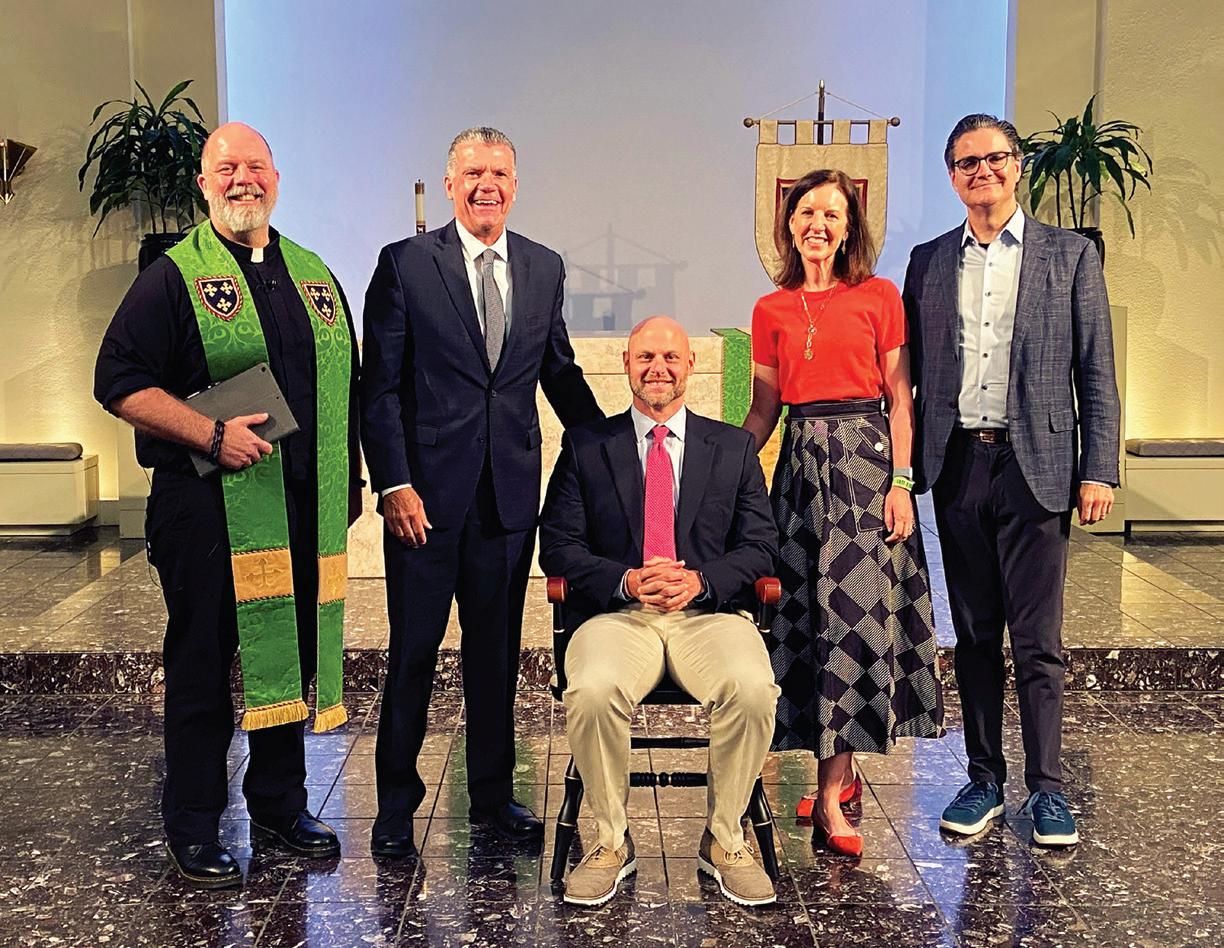
“Be good,” Peal always says at the end of his meetings with the upper school student body. To what the student body always replies, "Do good."
Clark Family Chair The Stemmons Family Senior Chaplain Fr. Nate Bostian, The Ann and Lee Hobson Family Head of School David Baad, Nita Prothro Clark and J.H. Cullum Clark stand around Matt Peal as he sits on the Clark Family Chair on Sept. 18.
"Having such nice things said about me and recognizing the importance of the Clark family to the school, was honored," Peal said. Photo provided by Julie
“
I am most effective when I have the ability to create relationships with people and leverage that relationship to move things forward.
Matt Peal
Clark Family Head of Upper School

Intricate paintings line the hallway into the Gill Library. Lower school’s colorful flowers and smiles fill the wall as you enter the Frank Building. Not everyone is aware that art from alumni, current students and faculty can be found all over campus.
Each pop of art that beautifies the campus was carefully selected by the the Art on Campus Committee, composed of representatives from different sections of the school.
“The Art on Campus Committee is designed to beautify the school using student artwork, as well as faculty and staff, alumni and then some local artwork as well,” art teacher Jordan Hale said. “The goal is to find local artists that have connections to ESD.
The committee was started in the 2019-2020 school year by the Ann and Lee Hobson Head of School David Baad. Former middle school art teacher Elizabeth Wilson, who was appointed by Baad as the committee’s first head, runs the purchase award program. The program allows four to eight students in middle and upper school divisions to be nominated by various art teachers each year who believe the student deserves to receive the award. The committee then takes part in a vote to decide the final few winners. The pieces chosen are added to ESD’s permanent art collection, which is about 200 pieces at the moment, the oldest being from around 1995.
Hale, who teaches first through fourth grade art and is on her second year as chair of the committee, represents the lower school. The committee includes people from different departments: Director of Enrollment Management Cindy Newsom, technology specialist Michael Principe, Chiel Financial Officer Mary Hernandez, Assistant Director of Admissions Rachael Bingham, Visual Arts
these variety of departments represented ensures that there are eyes all around campus, and each division gets a say.
“There has been a revolving door of folks who have served on the committee,” Newsom said. “Now we are under new leadership with Jordan.”




The committee members hold a variety of jobs, including deciding what art will be placed around campus. Their first meeting of the year took place on Sept. 14.
Hale is the voice of the committee.
“The Art on Campus Committee is designed to beautify the school using student artwork, as well as faculty and staff, alumni and then some local artwork as well.
was done.”
The school purchases the artwork, and the student receives money to have their piece added to the permanent collection and placed somewhere around campus where it would benefit most.
The committee also maintains the exhibits in the Frank Building, such as the Artist of the Month Wall and the art gallery. Larsen handles most of the gallery. Right now, it is filled with artwork from a group of visiting artists.
“We are giving visual arts teachers the opportunity to feature work from their classes,” Hale said. “For the month of September, it’s Miss Hill and Mrs. Dotsonburger here at lower school. This allowed us to feature all of lower school instead of doing one or two specific artists.”
There will be about three artists per year, so each one will display their artwork for about three months in the Gill Library.
“I help them install their work on campus, and then I put the name of the artist as well as any information about that artist so that they can be researched or found,” Hale said. “Some artwork also has the opportunity to be up for sale.”
“I go to admin for large purchases we might make from an artist,” Hale said.
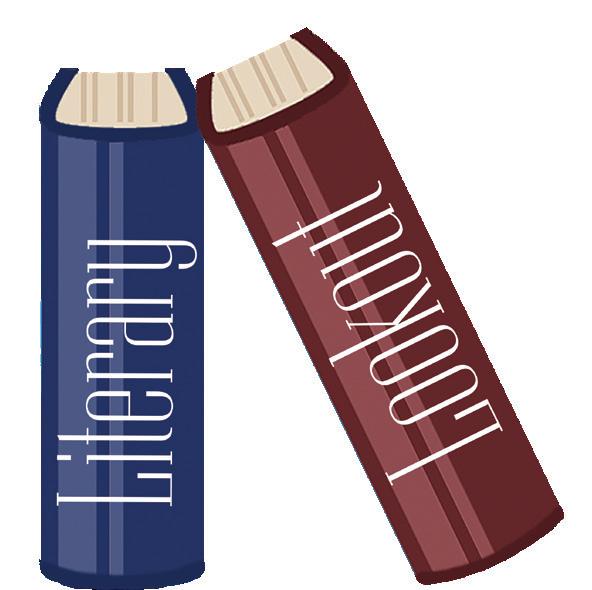
Whether an artist is family of students or faculty, substitute teachers, or friends with the community, they are linked to the nest in some way.
Hale is in charge of the online catalog that keeps track of where each item is, whether that be an office, community space or classroom. Newsom’s daughter, Elizabeth Newsom, fondly known as Biz, graduated in 2020 and was nominated to be one of the purchase award pieces for that year.
Next year the committee will be focusing on encompassing all divisions to create an all school art show celebrating the school’s 50th anniversary.
Another big part of the committee is helping each graduating class with a donation to uphold their legacy. The most recent graduating class of 2023 donated a new water fountain in senior hall, and the class of 2020 donated the gold eagle statue outside of the football stadium.
Although students may not be involved in the arts, they can still enjoy the art on display around campus.
“I think the new art in the library is a good thing because it allows for people to showcase their art outside the Frank,” AP
Donna Tartt’s 1992 debut novel, “The Secret History,” follows protagonist Richard Papen as he transfers from California to a school in Hampton, Vermont. He studies classics, specifically Ancient Greek with five other students; Bunny, Henry, Francis, Camille and Charles. The other students have been studying with each other for a year and are all very wealthy while Richard is poor and doesn’t know any of them. I made sure my phone was close by while reading because the characters often speak in Greek and Latin, and so much of the story and characterization is lost if you don’t know what they are saying.

I began reading “The Secret History” because book influencers on TikTok claim that setting and dark plot make the book a great fall read. I wanted to fall in love with setting–the isolated old Vermont college surrounded by woods with changing leaves. Sadly, the setting didn’t feel as alive as I wished it did, but the characters were more fascinating than I expected.
The book opens explaining that one of the students in the Greek class, Bunny, was murdered by the other five students. Then the book goes back in time when Richard meets the class. The whole book is centered around why these students commit the murder.
Tartt slowly unearths Bunny’s flaws and hateful beliefs. He is sexist, antisemitic and homophobic; all of these traits build and worsen up until his death. By the middle of the book, Bunny is portrayed so terribly that I felt sympathetic for the other characters and absolved them of blame for the murder. However, the middle of the book is spent by making the reader realize Bunny didn’t deserve death, the other students are not what they seem and Richard is an unreliable narrator.
“The Secret History” is a thrilling read and character study. I recommend having a pen to annotate while reading because small details in the beginning of the book have huge consequences in the end.
Monarch Elizabeth "Biz"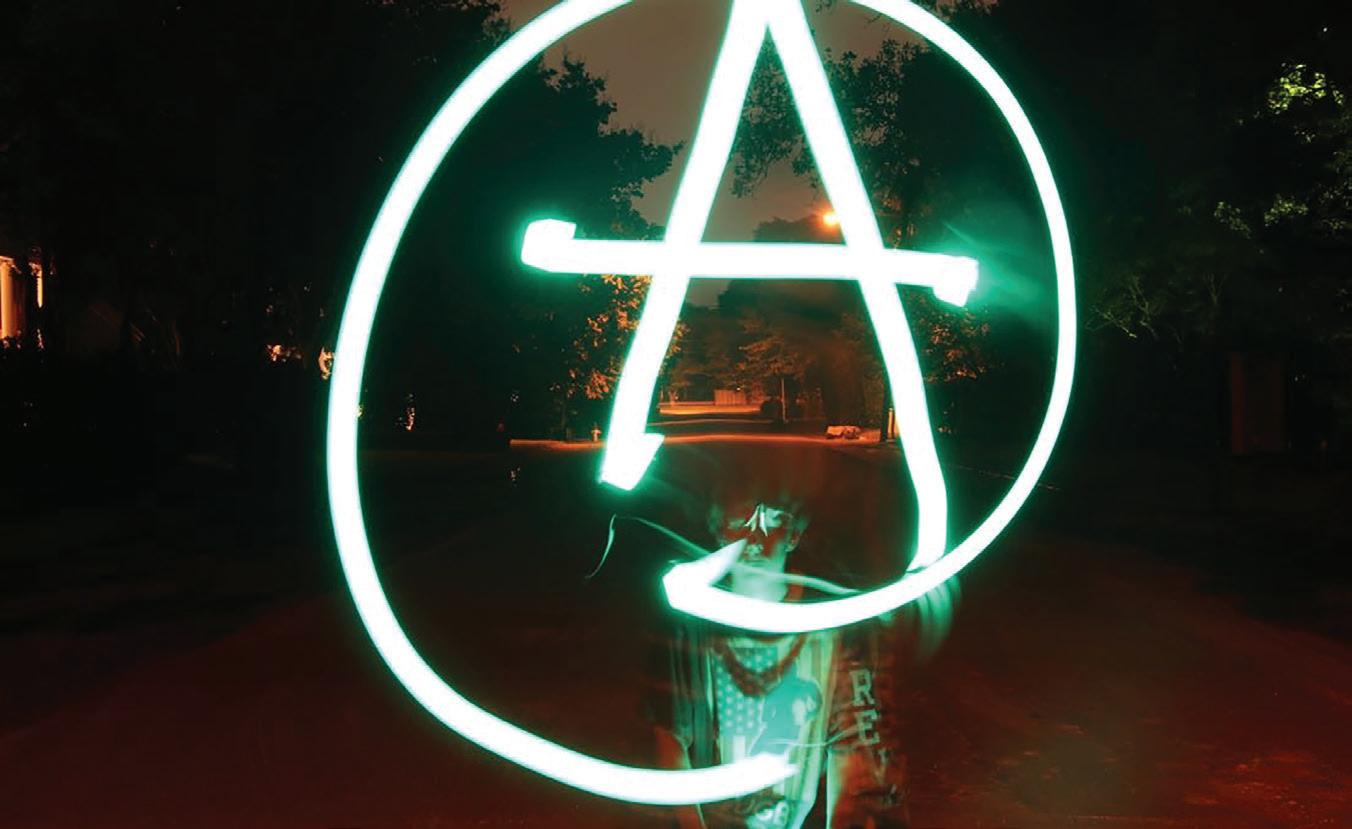

Sophomore Jay Miller’s interest in taking photographs began at a young age, so he was excited to begin taking the elective class during his freshman year. His father was an inspiration to him, resulting in a spark of interest in the art of photography.
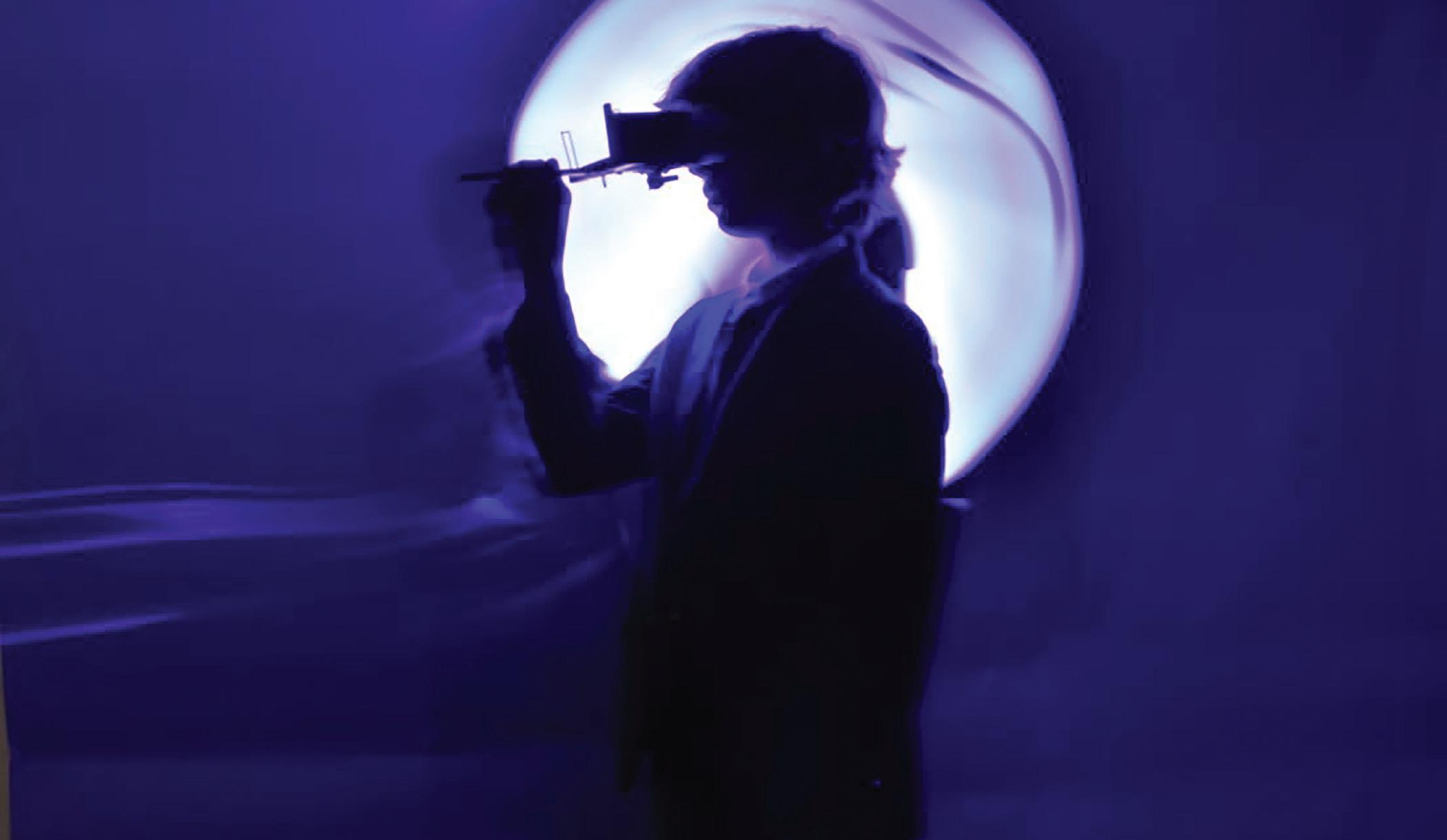
“My dad would always carry around a camera and take lots of photos all the time, so I wanted to learn to take photos as well to be able to document cool things and be artistic,” Miller said.
Miller’s first camera was a Polaroid Point and Shoot gifted to him by his father when he was around 10 years old. He started out with this camera, and throughout time, his passion for photography began to increase.
Miller aims to see the simple things in his daily life as photo opportunities. He admires an ESD alum, Gray Malin ‘04, who is now a fine arts photographer. Malin’s work inspires Miller and pushes him to improve constantly.
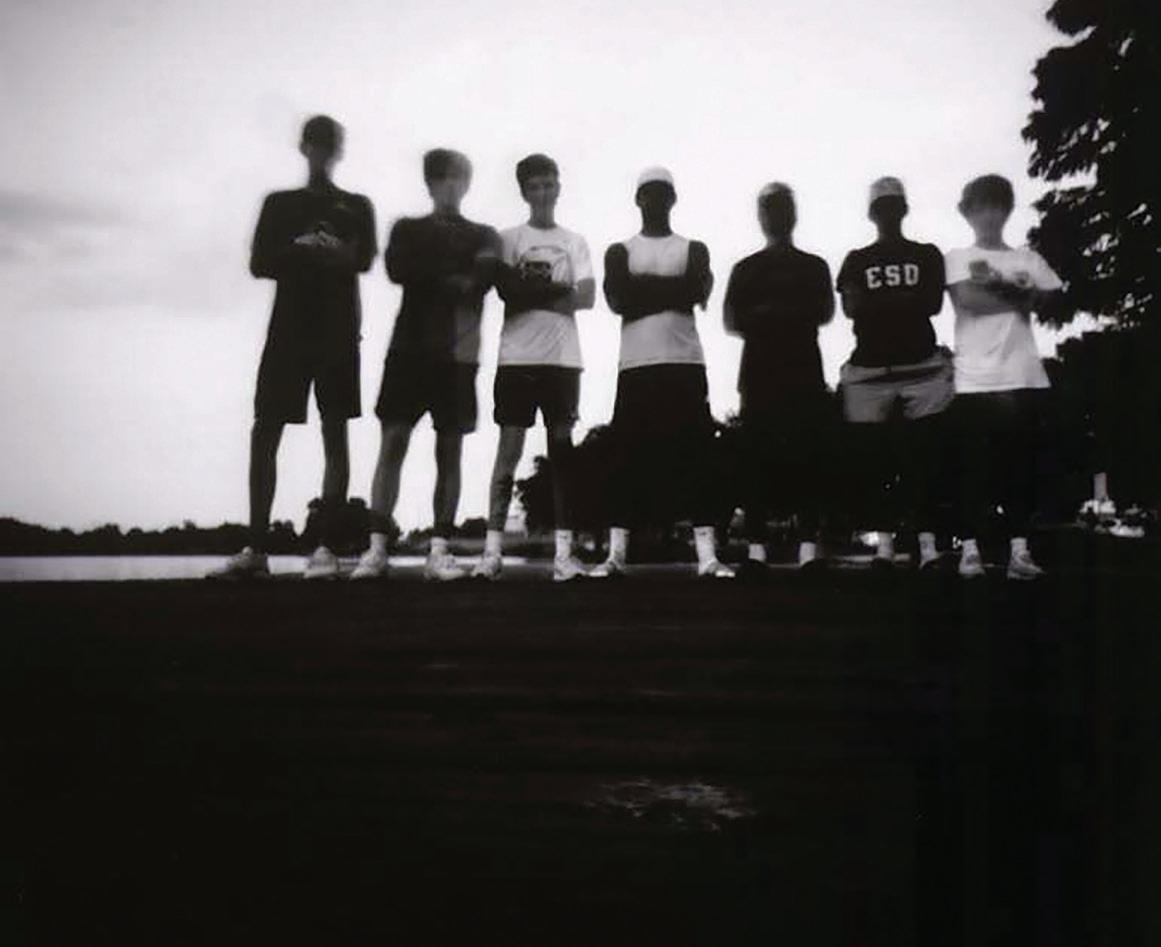

Miller’s favorite thing to photograph is water because of the movement. He says that he enjoys trying to capture the perfect moment as the water moves to create a beautiful photo. He claims the hardest photo to shoot and edit was the photo of his classmate, Clay McElree, pictured on the right. He used light painting, a technique that uses long exposure time on a camera. They then proceed to use light sources on the camera to create designs and paintings. Although this photo was the most difficult for him, it is also his favorite photo he has created.
Dog Toy Miller was in his backyard as he saw his dog’s toy fall into the pool. Instead of going to take it out of the pool, he saw a great photo opportunity. He discovered an angle that he found would make this simple dog toy into a captivating photo

As AI programs such as ChatGPT become more popular, it raises the question of how schools will address it. Currently, ESD has a policy in place that states, “Use of generative AI programs such as ChatGPT by students on graded assignments is prohibited, except with the express permission of the teacher, in which case the use of AI must be cited by the student.”
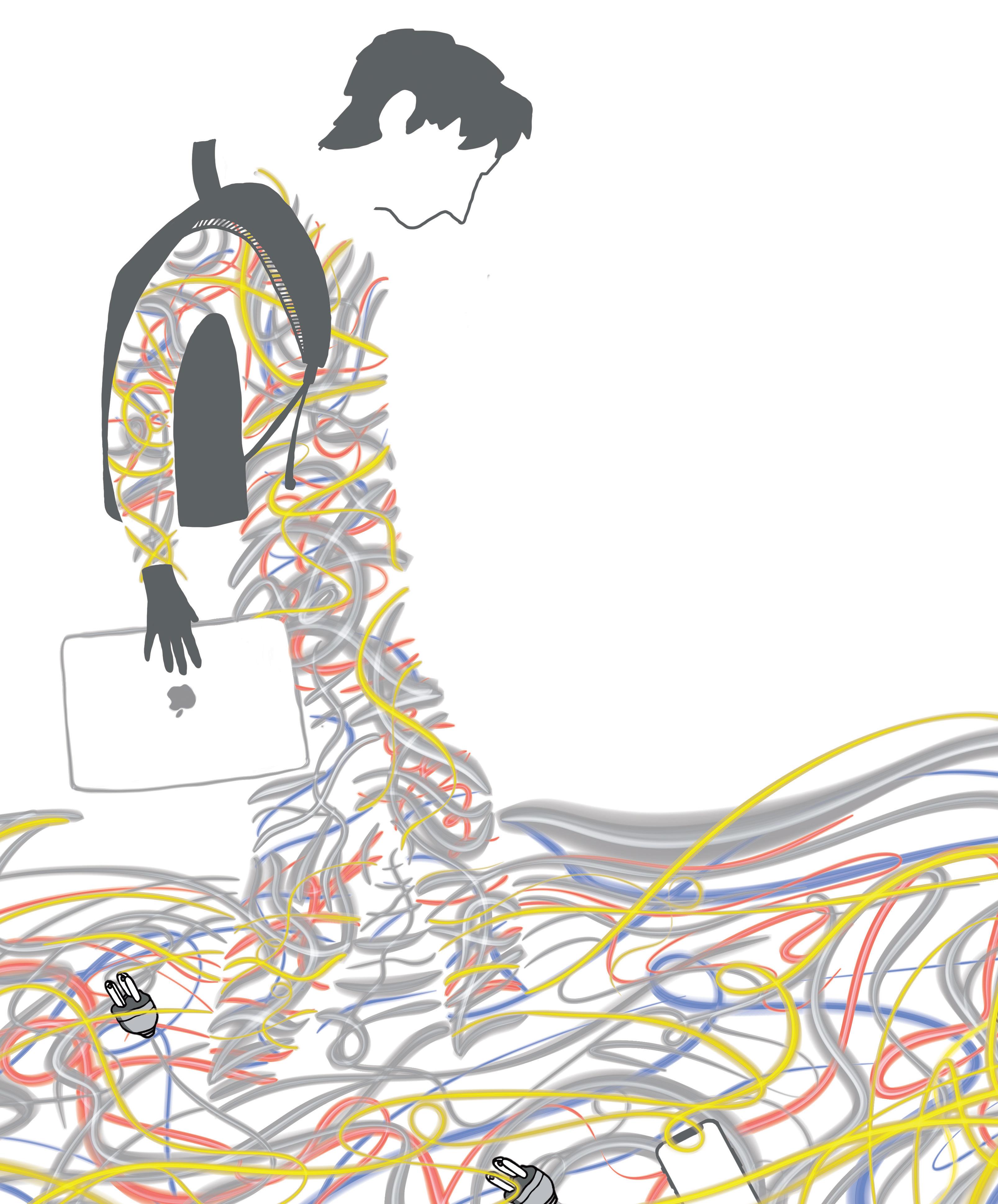

This policy outlines certain situations in which students are able to utilize AI while emphasizing the importance of having approval from the teacher. It allows students to use the programs as tools while also making them aware of the dangers.
“I think ChatGPT will end up being an incredibly useful tool that, like almost every other thing you’re going to come into contact with, will need some moderation in use,” Head of Upper School Matt Peal said. “I do not think it is a substitute for thoughtful and intentional work, but I do think it can be used to simplify and perhaps amplify certain aspects of [education]. Which is why I am certainly not to do away with or avoid it at all cost.”
Other schools in the Dallas Fort Worth metroplex, such as the Dallas Independent School District, have also chosen to apply similar policies with regard to the use of AI in the school environment. Contrarily, school districts in metroplexes such as New York City, Seattle and Los Angeles implemented full or partial bans on these programs on school Wi-Fi and devices.
“Dallas ISD has decided to embrace responsible use of AI technology such as ChatGPT,” said Dallas ISD in a statement released on Aug. 23, 2023. “Dallas ISD believes that by learning about using AI technologies responsibly and ethically, students will understand the importance of creating original content and citing sources to avoid plagiarism.”
Teachers at ESD, like the various school districts, have opposing stances when it comes to the use of AI in their classrooms. While some teachers have prohibited its use in their classes, many actually encourage students to apply it as a resource.
“They’re forced to use AI on certain projects because if you do not know how to use AI, within four years, it will be akin to someone not knowing how to use Google currently,” upper school computer science teacher Dr. Charles Lena said. “It’s a required part of existing, like using the calculator for math class.”
Being able to use AI properly can be seen as a vital tool for students in certain classes. If AI is completely rejected then as the world gradually accepts it more, some teachers believe their students may fall behind in the progression of its technology.
“I was like okay, my students are going to go out into a world where they’re expected to use [AI] in their jobs,” upper school history teacher Marc Salz said, “I wanted to teach my students some fundamentals, and give them a sense of kind of the right and wrong of using AI.”
Despite the fact that the ability to use AI programs is helpful in many senses, many are concerned about how it will affect the originality of writing.
“I do deeply believe at some point in your life, I don’t know when it’s gonna be for you, maybe it’s not for another 30 years, you’re gonna need to speak for yourself,” upper school English teacher Erin Keller said. “At some point, it’s not going to be available, or it’s not going to be enough.”
Students likewise have opposing views concerning AI: some relish it as an effective tool to help with research or homework problems, while others see no need in using AI for any school-related endeavor.
“I can see it being helpful with getting research but other than that, I don’t see it being helpful at all,” said sophomore Courtney Del-Cid.
And whether or not students and teachers come to an agreement on the effectiveness of AI, most believe that schools should carry the responsibility of creating rules and a clear framework for its use.
“I think it’s kind of our job as a school to teach you all how to use it responsibly,” Peal said. “I think that’s probably the case with most things I don’t like. I’m not going to censor anything really. We just have to teach you how to use it in moderation and appropriately.”
The Artificial forms computer machines populate has populated and surprise merely machine “Since language The Hockaday Townsley machines Alan Enigma mathematical Intelligence” in interest Theorist.” expense, capacity “[Computers] Townsley, said. support In developed learn “Every more Deep adapt which AI program engineer computer’s the possibility “AI Lena more Whether persuasive quantities Developed The first accessibility, the popularity “I not think technology advancements Educators fields, Experts cryptocurrencies, medicine “One by AI information May Earth” data senses.” Similar biology, Doctors drug reduce reliance usage.
“I Nutter
So I think computers
TEACHERS AND STUDENTS ATTEMPT TO NAVIGATE AI USAGE IN CLASSROOMS, RECOGNIZING VALUE FOR BRAINSTORMING BUT CONCERNED ABOUT POSSIBLE USE FOR CHEATING.
Artificial Intelligence is not a recent phenomena: rudimentary forms of AI have existed since the 1950s. AI is simply the ability of a computer to store and execute commands. Dystopian fantasies of AI machines are nearing reality as complex 21st century AI inventions populate households, such as Alexa or Roomba. Meanwhile, ChatGPT populated workplaces and schools, sparking great controversy surprise over the chatbot’s intelligence. Many believe this AI tool is merely another step toward the goal of a general intelligence machine: a machine with greater cognitive skills than a human.
“Since ChatGPT is a learning machine, it gets better with its human language responses the more it interacts and receives input from users,” Hockaday School’s technology integration specialist Candace Townsley said. “It’s remarkable and a little scary how powerful AI machines have become.”
Alan Turing, an English mathematician who tried to break the German Enigma code during WWII, was the first known figure to consider the mathematical probability of AI; he published “Computing Machinery and Intelligence” in 1950. Turing’s considerations were followed by a boom interest and advancement, including the first AI program, “The Logic Theorist.” With this program, engineers jumped the hurdle of computer expense, but improving computer processing speed and storage capacity seemed near impossible, according to a 2017 Harvard article. “[Computers] require a lot of memory and computational power,” Townsley, who attended a AI education program during the summer, “The older technology couldn’t store the amount of data needed to support the AI.”
the 1980s, AI engineers John Hopfield and David Rumelhart developed a computer deep learning technique, allowing AI programs to from experience.
“Every time we put something into ChatGPT and “chat” with it, the more it learns,” Townsley said. “This learning system helps to advance Deep Learning, where AI uses artificial neural networks to learn and adapt to the data it receives. Google has an AI branch called DeepMind, which has been working with AI since the 2010s.” regained public attention in the 1990s when the Deep Blue chess program defeated the national chess champion. Soon after, American engineer Gordon Earle Moore introduced Moore’s Law, stating that a computer’s memory and speed doubles annually. This theory opened possibility for greater advancement in AI systems.

“AI has been effectively unused until certainly a couple of years ago,” said. “The fact that it’s only going to increase from here means more and more people will use it.”
Whether it is autocorrect or Google Maps, AI programs are persuasive in our modern world. AI is essential for processing large quantities of information in mathematical, economic or scientific fields.
Developed by Open AI, ChatGPT is also influencing modern careers. first version was released June 2020, but improvements to user accessibility, internet connectivity and factual accuracy contributed to popularity of ChatGPT 4 in recent months.

think it could eliminate or make some industries smaller, but I do think it eliminates the human being,” ESD director of educational technology Cassie Nutter said. “I do think that there are some advancements in robotics [that will] eliminate a lot of manual labor jobs.” Educators and experts speculate on the use of ChatGPT in various fields, but general AI technologies have an even brighter future.
Experts predict AI will play a role in finding climate solutions, managing cryptocurrencies, guiding foreign policy and developing personal medicine in the near future.
“One potential new approach involves prediction markets powered that can tie policy to impact, taking a holistic view of environmental information and interdependence,” journalist Gaurav Tewari wrote in a 2022 Forbes article. “This would likely be powered by digital “twin Earth” simulations that would require staggering amounts of real-time and computation to detect nuanced trends imperceptible to human senses.” Similar technologies will be necessary in considering a person’s biology, diet and environment to determine the best possible medicine. Doctors and researchers do not yet have a complete understanding of function, so AI assistance will improve pharmaceutical fields and reduce financial inequalities in healthcare access. But with increased reliance on computer programs, many worry about the ethics of AI usage. think you always need that human touch, that human experience,” Nutter said. “So I think that that is a piece computers [will not] ever have. think it’s super important that we keep that in mind. I don’t think computers will ever . . . take over the whole world.”
2023 college applications closed before the introduction of ChatGPT 4, but 2024 admissions officers are considering the parameters of this AIpowered tool. Universities, such as Georgia Institute of Technology, have experimented on the effectiveness of ChatGPT in writing the Common App essay, supplemental essays and more, according to the New York Times.
“The big question is: How do we want to direct [applicants], knowing that [AI is] out there and available to them?” Rick Clark, director of undergraduate admission at GIT, said in an interview with the New York Times.
percent of students have been instructed to use ChatGPT on an assignment
In the experiment, admissions officers posed as various characters applying to GIT: one in musical theater, one as a swim team captain and one as an Eagle Scout. They tasked ChatGPT with generating appropriate activity lists and essays based on their specific personality traits. ChatGPT proved adept in writing succinct activity lists but lacked the creative, human qualities essential in a personal essay. The team concluded that AI use in brainstorming was acceptable, releasing a statement outlining ChatGPT use. Other admissions officers agree that ChatGPT generates mediocre personal essays.
“Our top level essays, used for top scholarships or honors programs, sound nothing like an essay generated by ChatGPT,” Kenyon College senior assistant director of admissions Anthony Dean said at an ESD college representative visit. “The best essays are intensely personal, they include personal touches that could not possibly be generated by anything other than the actual student.”
While the consensus may be similar, GIT is one of few schools to release a statement on AI use in applications.
percent of students have used ChatGPT to write a paper without the teacher’s consent percent of students believe AI is beneficial in school environments
SOURCE: Sept. 26 poll of 150 upper school students
“I found that there are actually very few colleges who have put out policy statements on the use of Artificial Intelligence to write college essays,” ESD college guidance counselor and former SMU admissions officer Chris Gonzales said. “This absence of information directly from colleges is bound to create confusion and even more anxiety — which is the last thing we want.”
Students are also concerned about the vagueness surrounding AI in college applications, somewhat stinting widespread use.
“Getting ideas [from ChatGPT] is ethical, but not writing the entire thing,” senior Gabby McClintick said. “I think [AI is] nice to help brainstorm, but I think I’d be so paranoid that [could] get flagged, even if I wrote [the essay].”
Despite the lack of information on college AI policy, new AI programs provide promising, free help. Khan Academy, a free online tutoring website, developed Khanmigo, an AI program with a topic brainstorming feature. Teachers and admission officers alike recognize the value of AI programs when used to generate ideas, specifically for students without access to paid essay tutors or sufficient school college guidance counseling. ChatGPT has democratizing potential in college applications, helping to even the playing field for students of diverse financial backgrounds.
“I don’t think [ESD students] have a grasp on really, how much help [they] have around here and how much going through our curriculum and our classes and our teachers has infused [them] with the ability to do a good job,” Gonzales said. “It’s like an embarrassment of riches. [There are schools] in Plano that have eight counselors for over 1,000 students.”
Optimistic views of AI only exist within the context of doubt: concerns of plagiarism define many college attitudes on AI use. Others worry about the development of writing skills.
“New AI tools threaten to recast the college application essay as a kind of generic cake mix,” journalist Natasha Singer wrote in a Sep. 2 New York Times article. “Outsourcing writing to bots could hinder students from developing important critical thinking and storytelling skills.”
Approaching application deadlines promise more chatter on the implications of AI technology for the student and application officer. Some predict reinvention of the application process, while others doubt significant change.
“Over the course of the week, I’ve talked to the over 30 [college representatives] that have come in,” Gonzales said. “I really think that there’s a very unified approach to this, a unified voice. I have to say that I now don’t think [AI] is going to change much at all.”
The Eagle Edition expresses our opinion regarding spirit dress days with uniform bottoms
The staff stance reflects the opinion of the Eagle Edition staff, and it does not reflect the opinion of the school, newspaper adviser, faculty or staff.
Spirit. Dress. Day. Three words that excite any ESD student.
Three words, that if said at a town hall, will cause the crowd to erupt with claps and elation. But, when followed by four heart-crushing words, causes a groan to spread across the student body. Those four words? "But with uniform bottoms."
Spirit dress days are meant to show our support for our various sports teams and usually occur on the Friday of a football game, where the team faces rivals or challenging opponents. Students are allowed to wear ESD branded shirts or colors. Some student favorites are the shirts that say Beat Jesuit, Beat St. Mark’s, or Beat HP.


Theres always so much excitement in the student body on full spirit dress days; if you're on a sports team, to wear a shirt designed by your team captain is always an exciting feeling. Chapel is a sea of navy these days, and Go Eagles is said throughout the day.
However, when we don’t have the option to wear free bottoms, it brings down the mood. The Eagle Edition staff feels that spirit dress days with uniform bottoms are counterproductive to creating a spirited environment.
This year, parts of our uniforms were updated: the white Oxford button-ups were pushed aside, as new white polos were added as an option. The student body was ecstatic to get into some more comfortable and up-to-date clothing. While there is no problem with the current uniform, and students were thrilled for a change, an unexpected side effect occurred during the first spirit dress day with uniform bottoms: a general sense of discomfort. We
believe that the change in uniform has made spirit days with school bottoms somewhat pointless. Now that polos are acceptable, a spirit day with uniform bottoms is too similar to the regular uniform. It doesn’t feel special anymore. When we have to wear uniform bottoms and have tuckedin shirts, it takes away most of that feeling. Excitement turns to unease at the community violation threat and a reminder of what could have been: a free bottom, full excitement, spirit dress day.
The student body is very grateful for these days, but we can’t help but feel a little disappointed. It cuts our spirit in half. Why do anything if you're not going to put in your all? No one only answers half the questions on a test. You give it your all and do your best– which is what we should be doing on spirit days.
In a Sept. 26 poll of 150 upper school students, 64 percent of respondents said that they were more likely to go to a game when a spirit dress day takes place that day.
It is no secret that many teachers feel that students are more rowdy on full spirit dress days, which causes them to be a bit hesitant when giving us that privilege. However, these spirit dress days often fall on a Friday and accompany a pep rally– two things that will rile up the students, full spirit dress or not.
Also, students are just happier when we can express ourselves fully. While what kind of bottoms you have on is such a minor thing, it really makes a difference. We wear the same thing everyday, so when we are able to show off our individuality it makes a big difference. Uniform bottoms cut this aspect in half.

Lauren Shushi and Iris Hernandez
discuss why you should take Taylor
To some, this artist is a charismatic, lyrical genius that captures the hearts of millions. To others, this very same artist is a controversial figure, eliciting debates that echo beyond just musical ability. The polarizing opinions of both adoration and criticism continue to fuel the career of Taylor Swift; a singer under the brightest and darkest spotlight of fame.
One thing that I can’t ignore is how some people speak about the groundbreaking musician, whether it’s in the media or inperson interactions. Taylor Swift is one of the most accomplished artists of all time. And love her or hate her — she deserves respect.
I was a huge fan in elementary school but became less interested in her during middle school. I found my way back to the Swift fandom in my sophomore year and have been a huge fan ever since. Going to the Eras Tour last year was like a roller coaster of emotions for four hours, full of crying, laughing and screaming along to every song I knew.
First, it is important to know a little about Taylor Swift. She began writing music and playing the guitar at 12 years old. With support from her family and a move to Nashville in 2002, she began her career in music. Then, at Bluebird Cafe she was discovered and signed to Big
Machine Records. Taylor began to work on her self-titled debut album and released a single, “Tim McGraw,” in 2006, which quickly gained traction. The album later peaked at top five and stayed on the Billboard 200 for 275 weeks, or just over five years. Over the next 17 years, she would release nine more albums and three re-recordings, which led her to a record-shattering career and an honorary doctorate.
Speaking of record shattering, Taylor Swift is pretty good at it. Most recently, Taylor added nine more Video Music Awards to her collection, making her the second most award holder after Beyoncé. She has also recently become the first female artist, and second ever, to have 100 million monthly listeners on Spotify. Imagine that. One hundred million people listen to her music on an at least monthly basis. She is ranked third overall in number of albums at number one, being beaten by Jay-Z and The Beatles. She has had 12 albums at number one on the Billboard 200. She has had 212 songs chart on the Billboard Hot 100, the most by any woman. In November 2022, Taylor announced The Eras Tour. It began on March 18, 2023. The tour is predicted to gross nearly $2.2 billion, which would shatter the previous record of $887 million held by Elton John’s Farewell Yellow Brick Road,
according to CNN. The numbers don't lie. Whether or not you find value in her music, you have to find value in the statistics.
The Eras Tour has been in the news for a number of reasons, not just the billions it’s expected to make. It has been boosting local economies. Swift performed in 20 different cities across the US, drawing thousands of state or country Swifties to each city. The tour is expected to cause $5.5 billion in consumer spending in the United States, according to TIME. The tour generated more revenue than the Super Bowl for local businesses, which was played in the same stadium as her performance. Swifties that were unable to get tickets tailgated, or Taylorgated, outside of the concert in full Taylor attire. The boosting of our economy cannot be ignored and is an undeniable good thing.
Swift is also an advocate for women’s rights. She was sexually assaulted by a DJ, David Mueller, in 2013 and sued him for $1, making this a case for justice rather than money. She won the case. By coming forward, she helped set a precedent for women in the industry to feel able to talk about rape. During the trial, it was made apparent that assault often goes unreported, as Taylor waited three years to speak out. Due to Swift’s celebrity status, people reflected on what women
in the industry are put through. This highly publicized case brought a lot of attention to the kind of struggles sexual assault survivors go through when involved in a case. This could have been kept secret and out of the public eye, but it wasn’t. It was out there for everyone to know and scrutinize. Taylor stood up for herself during the trial and made it clear that she would not be silenced.
Now, let’s review some of those common misconceptions that surround Swift. The one I hear most often is that she only writes about her ex-boyfriends or love songs. While Swift has mastered the art of a fantastic love story and the heartwrenching break-up song, that is not all she does.
The songs that stick out in my brain are “Marjorie,” “This is Why We Can't Have Nice Things,” “Seven,” “The Best Day” and “You’re On Your Own Kid,” all songs that have nothing to do with romantic love. I also think it’s important to note that male singers who only write love songs, such as Bruno Mars and Ed Sheeran, rarely get the same criticism that Swift does.






Even if you’re not a fan of Taylor Swift, you should respect her. I’m not saying you need to worship the ground she walks on, but you should remember these points.

Only a week before school starts, and I haven’t started summer reading. I panic and look at the two thick books in front of me and come up with a genius solution. I don’t need to read them; I can just listen to the audiobook. I start to play the book, and about a chapter in, I become bored and decide to start playing on my phone. I can’t believe that I can read at the same time I’m on Instagram, and three more chapters fly by. I feel accomplished until I realize– I have no idea what happened in those past three chapters.
Using audio books does not count as a substitute for reading because multitasking causes the listener to not understand the book.
There have been many studies that “prove” audiobooks lead to the same comprehension level as reading with one's eyes. A 2016 study published in Sage Open, a peer-reviewed journal, reported that there were no significant differences in reading comprehension of listening to a passage and reading a passage.
Many people listen to books while reading along or listen and focus on the book exclusively. I would consider both of these to count as reading because their comprehension will be the same as someone who only reads, and they will fully understand the story. However, that is not how the majority of audiobook listeners utilize audiobooks, and this study fails to recognize that.
According to a 2011 study done by the University of Portland, out of 4,314 people surveyed, 70 percent of those who listen to audiobooks multitask while doing so. Also according to a poll of 150 ESD students, of those whose listen to audiobooks, 65 percent multitask while doing so. People listen to books while cleaning, driving, playing on their phone and more. The ability to multitask while listening to audiobooks makes them more appealing — you can get work done while also expanding your mind with a book. However, the brain is unable to multitask; we can only rapidly switch between two or
more tasks. According to Harvard Business Review, people become 40 percent less efficient while multitasking, and their long term memory suffers. When someone is listening to a book while doing a task, they are not only not fully engaged with the story but also less efficient at the task they are doing.
In terms of comprehension for academic purposes, reading a book outperforms listening to it significantly. A 2010 study published in the Teaching of Psychology Journal created two groups of students: one that was given an article to read and one that was only allowed to listen to the article. Both groups of students were allowed to study the material as much as they wanted before they were quizzed. The students who read the article outperformed the students who listened by 28 percent. They were able to do this because they knew the article better, and it was easier to study because they remembered where certain information was placed.
Reading books allows the eyes to reread easily, sometimes without the reader knowing they are doing it, but when someone is listening to a book, they have to actively rewind. In his book “Raising Kids Who Read,” Daniel Willingham says that “about 15 percent of eye movements during reading are actually regressive — meaning [the eyes are] going back and re-checking. This happens very quickly, and it’s sort of seamlessly stitched into the process of reading a sentence.” Reading allows the brain to work at the speed it needs in order to understand the story.
Writing is an art form, and the precise word choice and sentence structure an author puts into their book is lost when someone only listens. Reading allows for natural pauses; if a thought is sparked by a particular word choice or sentence, the reader can take a minute to appreciate the work of the author and think about what they are reading. Someone listening to a book can pause it, but the thought could escape them before they get the chance.
Percent of students read books


Every kid’s first introduction to reading is a bedtime story or story time at school. Being read to is the first step in learning to read.
When I was little, my parents would read to me every night before bed. I loved “Chicka Chicka Boom Boom” and “Goodnight Moon.” When I got older, we moved on to “The Boxcar Children” and “Magic Treehouse,” and I would sometimes be the one reading. Years later, I still like listening to audiobooks before bed or just because. So do many other people.
According to Bookstat, an online data service that tracks online book sales, the net revenue from audiobooks in 2022 was even higher than that of ebooks for the second year running, reaching $2.57 billion.
The appeal of audiobooks is clear: in today’s busy world, many people just don’t have the time to sit down and read a hard copy book. Audiobooks allow them to follow a story in the car, at work, in line at the grocery store, working out — everywhere.

Technically speaking, listening to audiobooks is not reading, but our brains do respond similarly to both. “The brain is differentially activated when processing speech versus print,” neuroscientist Dr. Kristen Willeumier said in an interview with Well + Good magazine. “That said, semantic processing of the information occurs in the same cortical areas, whether the input is from reading a text or listening to an audiobook.”
This means that although we use different parts of the brain to physically take in the information, our brains process it almost identically, no matter where that information came from.
People in support of physical books
argue that they remember things better when they read on paper. That’s not always true: a 2016 study on comprehension from written books versus audiobooks found that “both males and females in each condition recalled an equal amount of information, regardless of whether they listened to an audiobook, read from an electronic tablet, or both listened and read simultaneously (dual modality).”
Humans have been sharing information orally long before written language emerged. Greek myths, the Bible, and hundreds of other stories were communicated by word of mouth before they were written down. The Quran was written specifically to be read aloud. The first books we are all exposed to growing up are always read to us by teachers and parents,, but we still knew the plot and the characters. Our brains are built to hear and take in information.
Ultimately, it comes down to why we absorb stories, not how we absorb them. If the point is to enjoy them, does it really matter if we listened or looked at a page? Are the specifics that important?
The same is true for books and audiobooks. Audiobooks make reading more accessible. They allow people with vision issues, disabilities or dyslexia to enjoy books just as easily as anyone else. Everyone deserves access to those stories, and audiobooks bring them to everyone. A person who’s listened to the audio version can still have a discussion with someone who’s read a physical book. They can still form opinions on the characters and the plot.
Reading is personal. Everyone interprets what they’re reading differently. It doesn’t matter to me how someone reads the book; I just want to talk to them about it
Percent of students think audiobooks count as reading

The Burger House chocolate milkshake had been a fan-favorite for many, so I was excited to indulge in this milkshake. The variety of flavors was subpar to many of the other places I visited, but the quality of the milkshake is what matters the most. I tried their chocolate flavor,


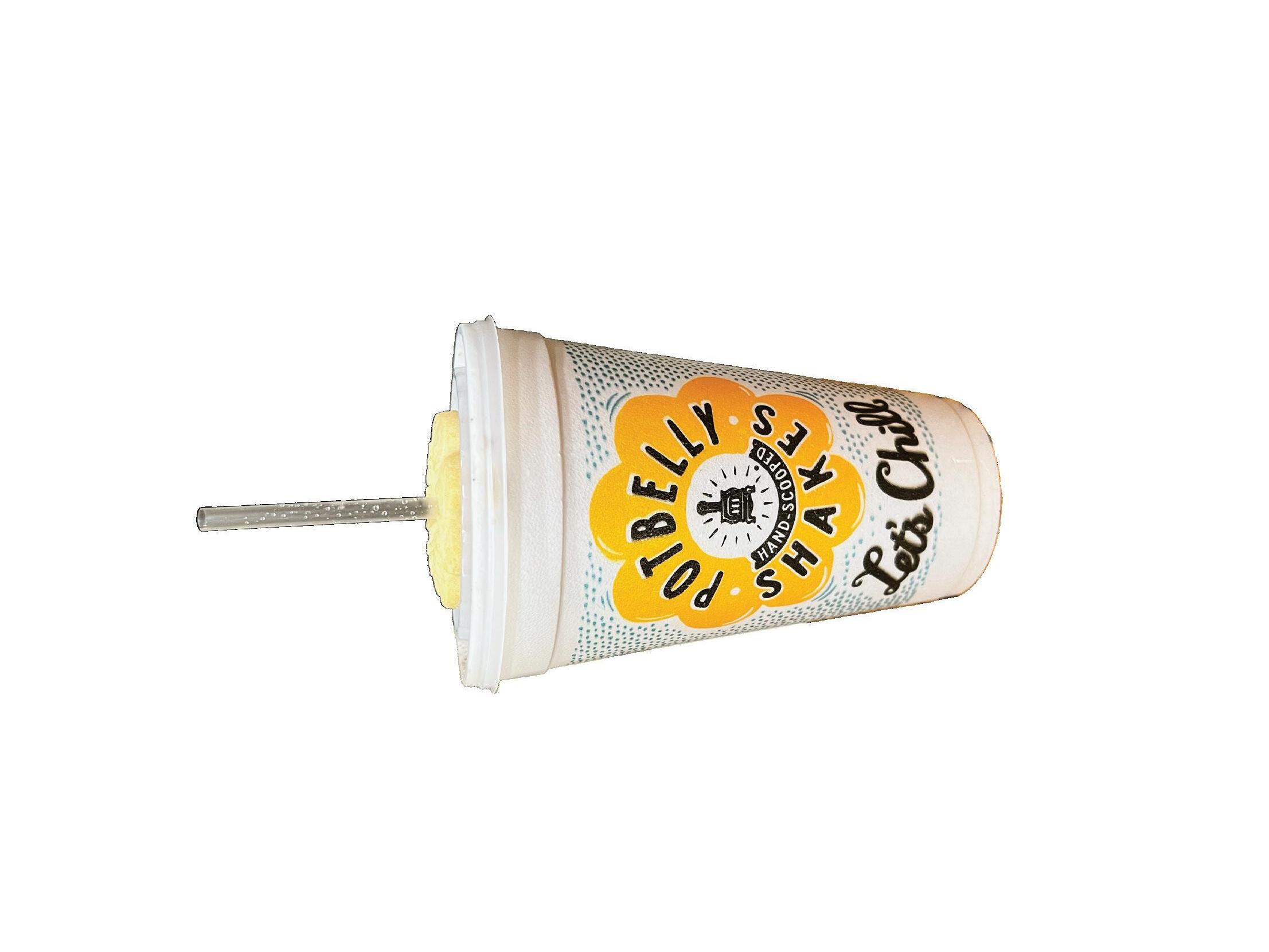
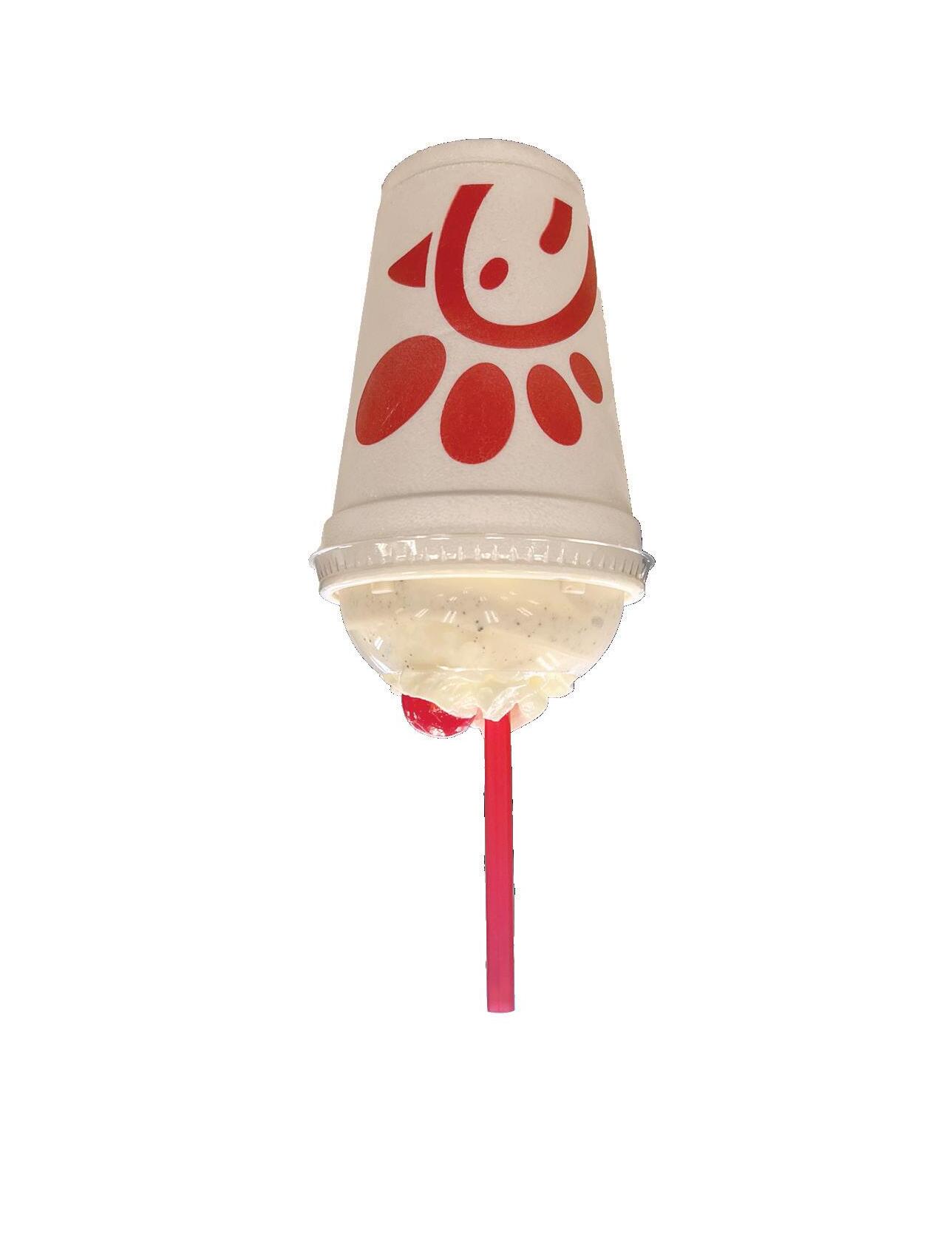


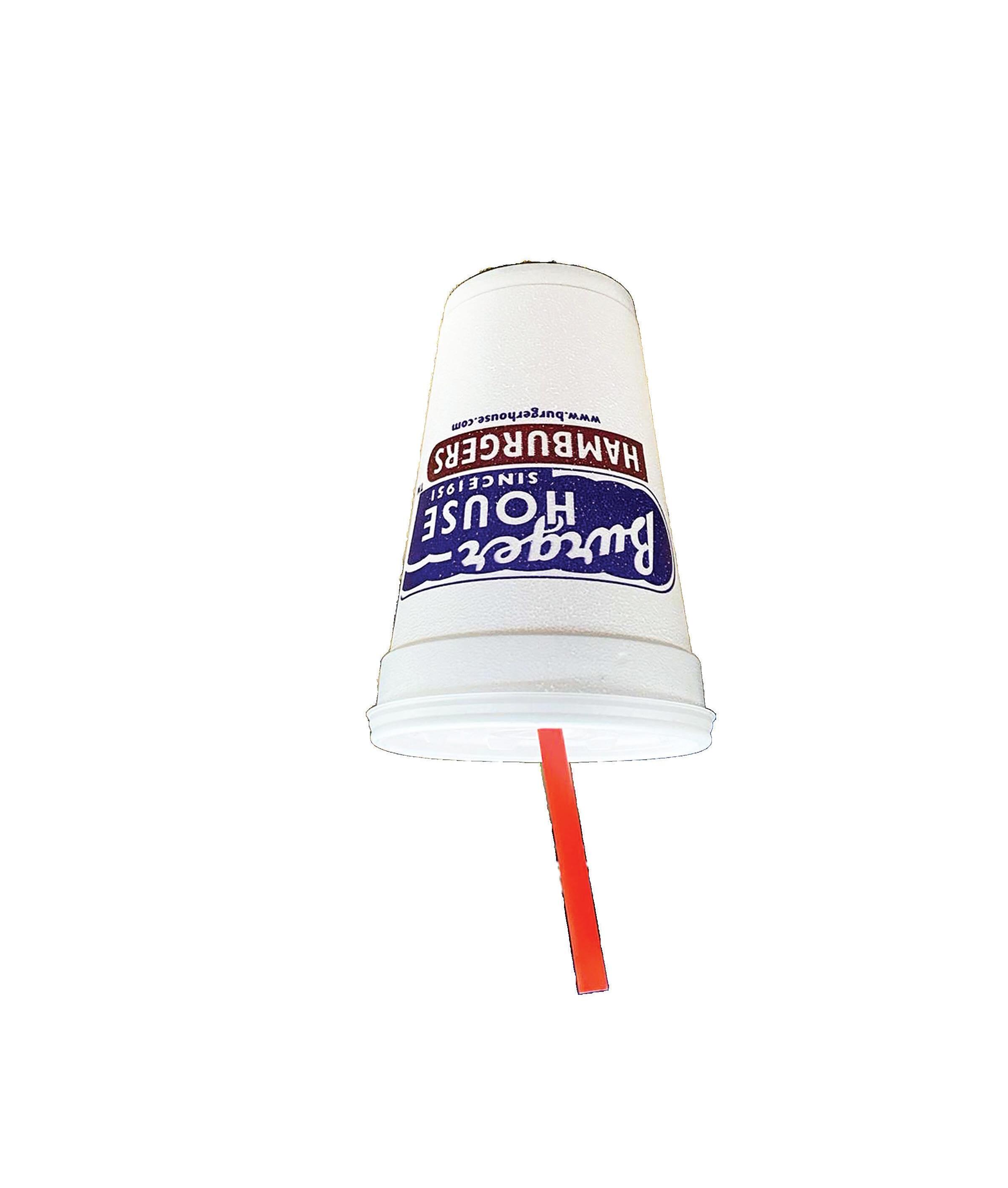
As a person who reads frequently, I often get asked throughout the year, “How do you read so much?” but it seems to me the real meaning of this question from my peers is, “How can you stay so interested in reading?” To this, my answer is simple: I read for pleasure, and studies show that you should too.
“Books give a soul to the universe, wings to the mind, flight to the imagination and life to everything,” Plato, the ancient Greek philosopher, said in a quote commonly attributed to him. For the past three years, reading has been my form of downtime. I often tell friends that reading is like my TikTok or movie break. I read to relax after school, decompress and take my mind off of the busyness of my school work, extracurriculars and social life for a few hours.
The reason I stay so interested in reading is that I do not see reading as an assignment or chore. The real assignment for non-readers or those looking to increase this good habit is to find out what it is that will keep you interested. For me, this can be action-packed dystopian novels such as "The Hunger Games," by Suzanne Collins or compelling page-turners like "Daisy Jones and the Six" by Taylor Jenkins Reid. For our entire career as students, we have been assigned books over the summer. We read them because we are told to. Some memorable summer reading hits for me have been "The Outsiders"
by S.E. Hinton or "Things Fall Apart" by Chinua Achebe. Though most of the time, for a book to be pleasurable, you cannot be forced to read it. For this reason, there are many students who get turned away from reading on their own because they automatically associate reading with an assignment for school.
Kate DiCamillo, American children’s fiction author of books like “The Tale of Despereaux,” “Because of Winn-Dixie,” “Flora & Ulysses'' and more, believes that reading should not be offered to children in the form of an assignment. She emphasized this in one of her well known quotes, “Reading should not be presented to children as a chore or duty. It should be offered as a precious gift.”
Christina Clark and Kate Rumbold of the National Literacy Trust, an independent charity based in England that promotes literacy, conducted a study in November of 2006 on the benefits of reading for pleasure. They accumulated studies on the importance of reading for pleasure for not only educational benefits but for personal development as well.
The two found in children that reading for pleasure is positively linked with some of the following literacy-related benefits: reading attainment and writing ability, text comprehension and grammar, positive reading attitudes and pleasure reading in later life. Along with education benefits, reading for pleasure also increases general knowledge, a better
By Elliot Lovitt | Copy Editor

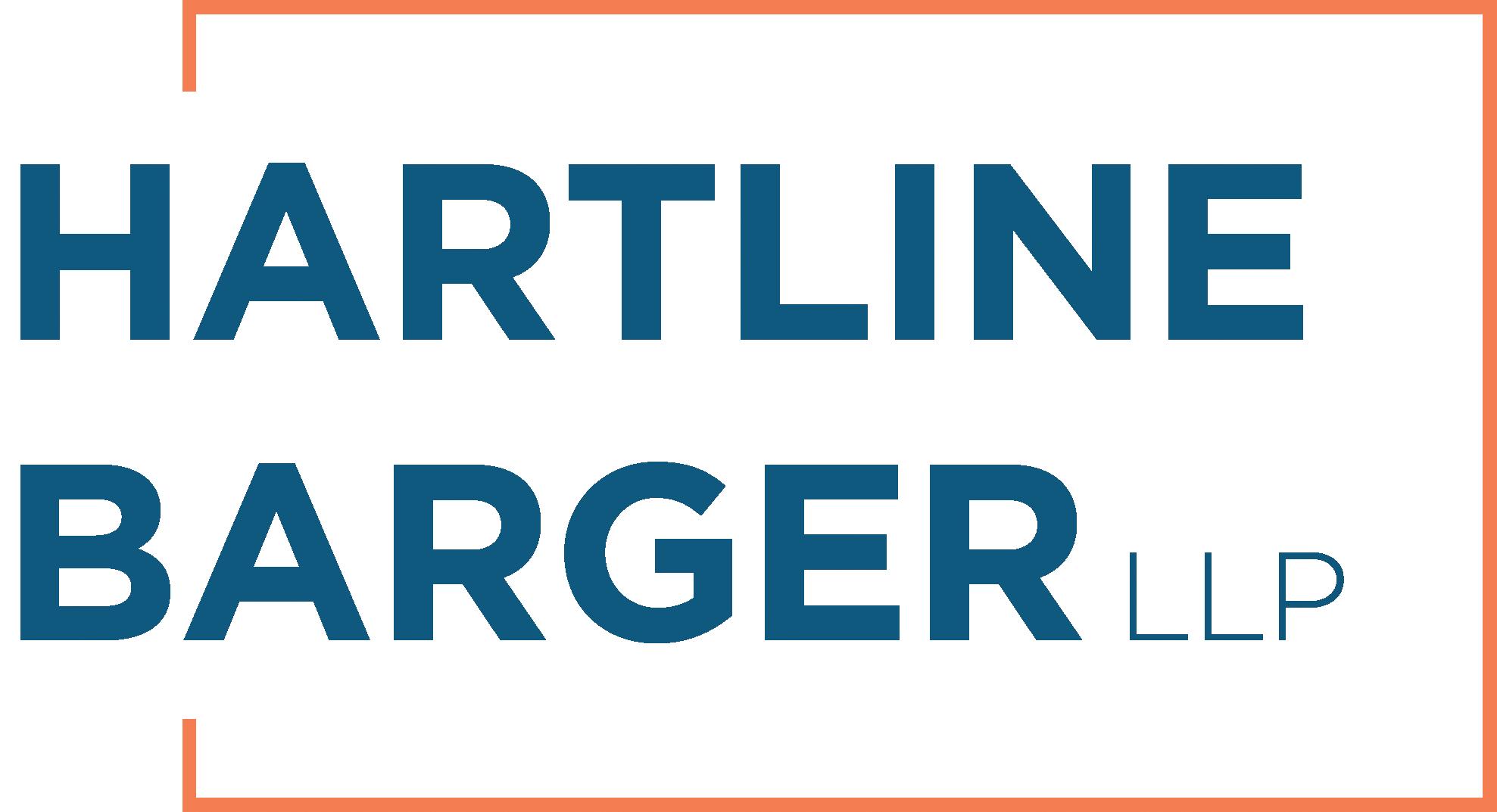

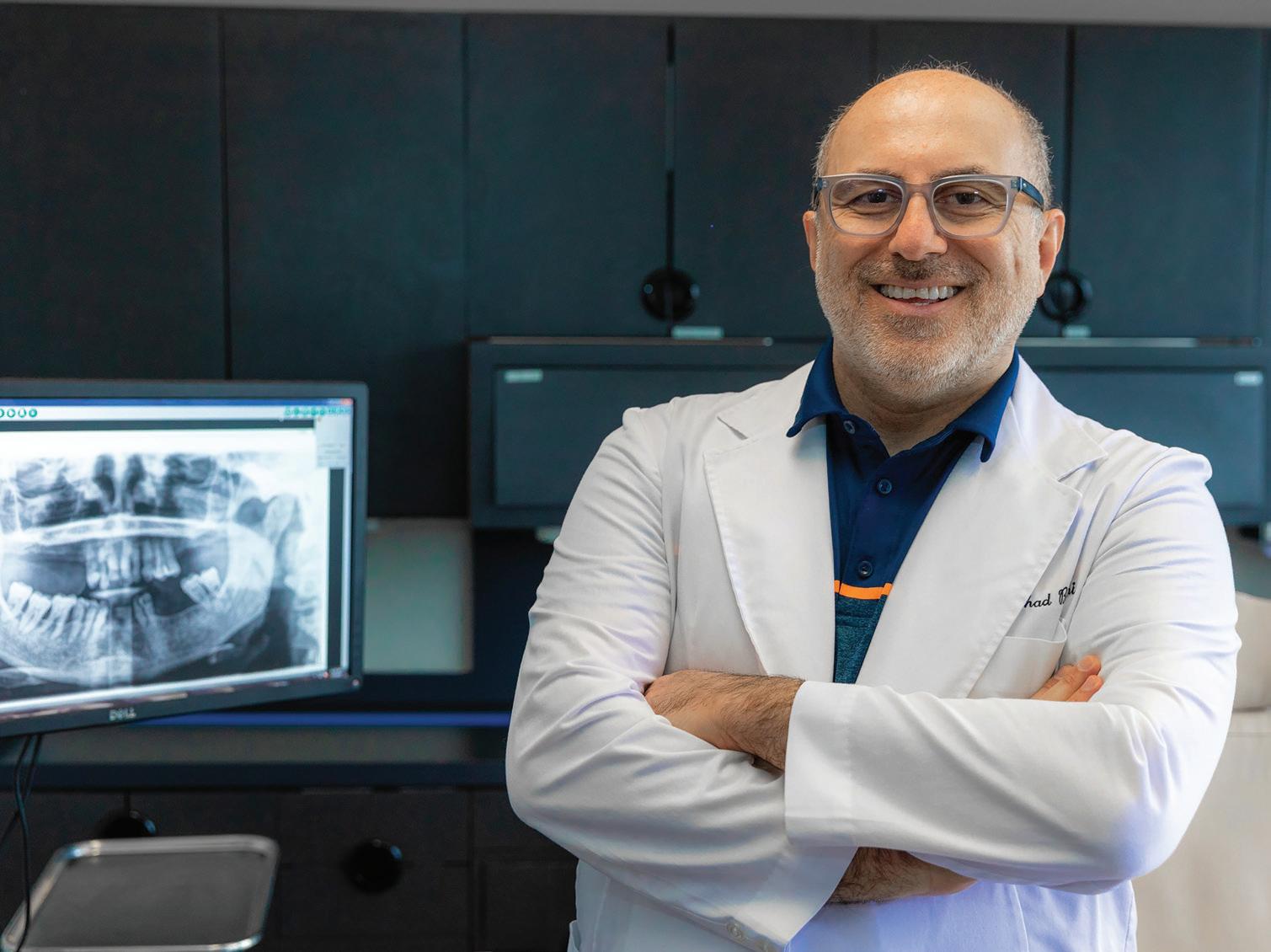
Iwant to preface my column by saying that I am not an exceptional artist; I have taken two handbuilding classes at school to fulfill my graduation requirements and don’t regard myself as a particularly “artsy” person. But I love making art. Painting, watercolor, crochet, needlepoint, glassblowing — you name the hobby, and I’ve tried it. With each glob of paint put on the canvas or poke of the needle through the fabric, I feel the stress from school, college applications and sports, on top of balancing a social life, release.
Art has been proven to improve mental health. A 2016 study in the Journal of American Art Therapy Association tested the effects of artmaking on the cortisol levels of 39 adults who identified as either beginner, intermediate or expert artists. Cortisol is a hormone released to regulate a stress response. After 45 minutes of creating art with markers, clay or collage materials, the researchers found that cortisol levels significantly decreased, meaning that the participants’ stress levels reduced as a result of creating art. As high schoolers, stress is an inevitable emotion that we face with the mountain of commitments and responsibilities placed on us, so managing stress is a critical skill to learn. Creating art is a way to escape from our obligations for a moment and then increase focus on schoolwork or applications afterward. Creating non-visual art, such as writing poetry, journaling or creative writing, also benefits the brain. Writing about our issues in the form of a story has been proven to improve problem solving skills, according to a study in the Journal of Clinical
understanding of other cultures, community participation and a greater insight into human nature and decision-making. As well as this, reading, whether you know it or not, is a method of learning empathy. When you read a piece of fiction or nonfiction, you are consuming the closest first-hand knowledge of another person’s experience. By reading, you are actively stepping into their shoes and outside of your own for a while.
Kate DiCamillo American children's fiction authorFiction writing, in particular, has the ability to take you into another character’s world for a story, exposing us to realities that may be different than our own. A 2014 study by Dino Ginovannini and Dora Capozza published in the Journal of Applied Social Psychology showed that students in Italy and the United Kingdom became more empathic toward immigrants, refugees and
LGBTQ+ people after reading “Harry Potter.” The results showed that children who read the novels relate to his character and thus adopt his positive behaviors, and likewise distance themselves from the bad behaviors displayed by evil characters. There is a certain social connection as well when you read a book that you love and end up recommending it to someone. By sharing the book with them, you then get to talk excitedly to them about it after they finish reading. For example, I am currently reading Dale Carnegie’s famous book, “How to Win Friends and Influence People.” I expressed my love for the book to my dad when I was only a few chapters in, and he decided to begin reading it as well. Now, for the past few days, our discussions have centered around the best passages in this great book: a connection shared between us that would not have occurred had I not been reading for pleasure.
If you have ever experienced any sort of enthrallment over something you have read, whether it be a piece of nonfiction, science fiction, romance or even the blurb of an advertisement, I invite you to explore it further and share it with people you think might enjoy it as well. Look into what made you lose yourself in a piece of text for a few minutes or hours because that is where you will find your love for reading and continue to read for pleasure.
By Lauren Shushi | Views EditorPsychology. Participants in the study wrote about a traumatic experience as a narrative, and the study revealed that it gave the participants a “sense of predictability and control over their lives.” Additionally, when one makes art, blood moves to and activates the “reward” center of our brain, so being creative can help someone struggling with eating disorders or mood disorders as the “reward” center is satisfied by art rather than an unhealthy behavior, according to a 2017 study in The Arts of Psychotherapy.
As a phone addict (I embarrassingly admit that my weekly screen time has reached the 55-hour mark before), art forces me to take a break from the mindless scrolling on TikTok and Instagram and instead use my imagination. According to Harvard Medical School researchers, devices that emit blue light disrupt the production of melatonin, the hormone that induces tiredness. Getting away from the phone or TV and letting your mind take itself on a new, creative path can actually reduce the risk of dementia, according to Forbes. When I stay off of my phone while making art, I don’t create in silence; listening to music or a podcast or catching up with my family or friends while being creative is a great alternative to scrolling through an endless sea of TikTok.
I encourage everyone — even if you don’t think of yourself as an artist — to pick up the paintbrush, or the colored pencils or the needle and thread. Art does not have to be an expensive hobby, either; a pack of markers and paper or an adult coloring book can be less than $10. Making art is something that I love, and you should Lovitt too.
Reading for pleasure helps build empathy, social connection and literacy
“Reading should not be presented to children as a chore or duty. It should be offered as a precious gift.
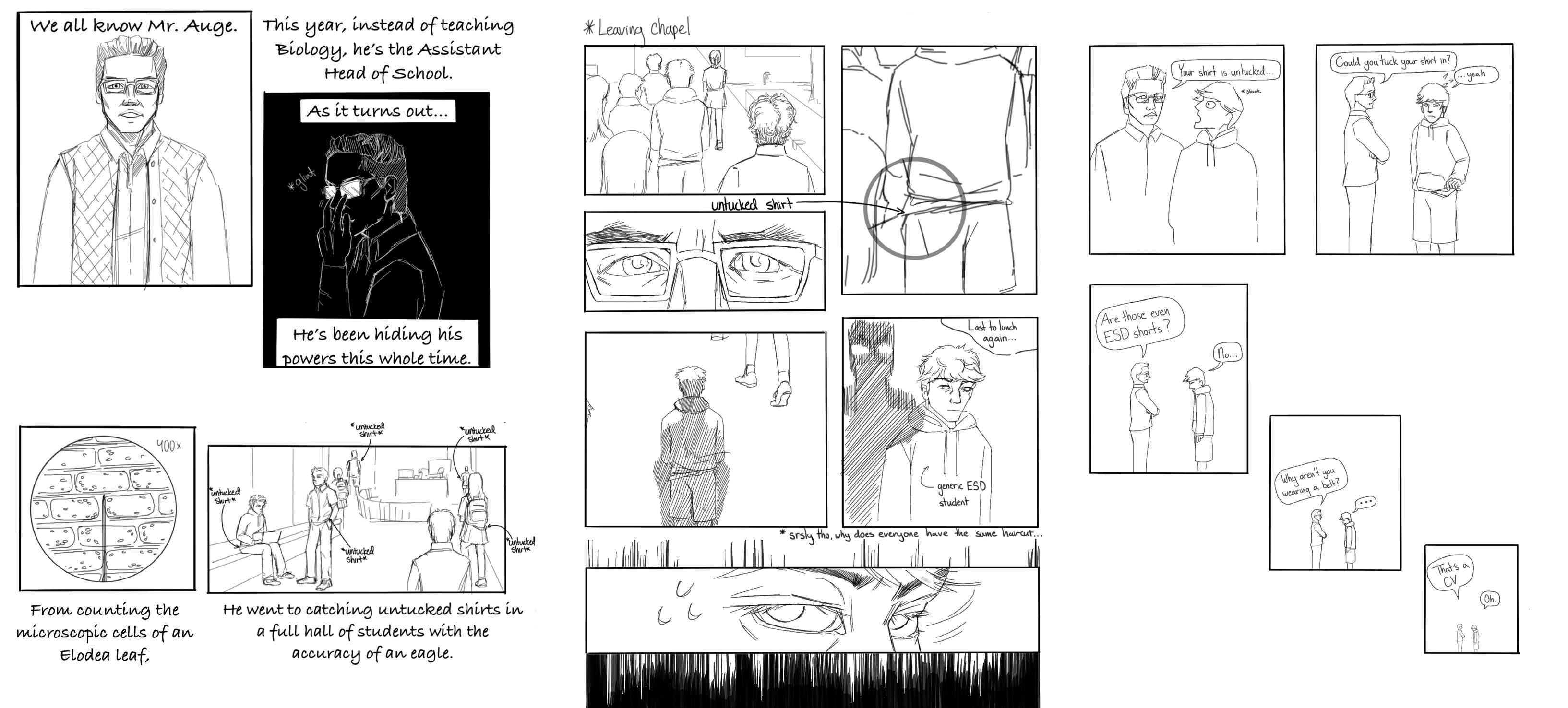
There is something magical about the roar of a stadium, whether it be 90,000 seats or a mere section of students. It creates energy from thin air. It supports the team, giving them the mighty advantage of the hands of a new member, born of screams, chants and cheers. It generates a push, the one needed to go for that one extra yard or that one extra touchdown. I have been a part of that student section. I have been a part of that 90,000. And now, I am a part of the magic.
I am an ESD Wingman, in charge of the student section for at least the first two quarters of football games. We run cheers, decide when to pump up the crowd, and sprint across the field, flying the proud colors of our team. It’s a unique perspective
Our first time meeting and everything after
By Easterly Yeaman and Abby Baughman | Co-EICsof the game: a presentation, not just of showmanship as with the crowd, but of soul, and what we mean as a people. On the one hand, I miss being in the thick mob of students dressed in colorful a theme and screaming without a care for tomorrow’s sore throat. But on the other, it is both a rewarding and exhilarating experience to be down below, commanding those screams to drive the team both to victory and to a clearer definition of the soul of an ESD student. I have only had the experience of being a Wingman at three games at the time of writing this, but it is truly saddening when cheer has to move in front of the students after two quarters, and our job grows distant.
However, for as much as the Wingmen mean to me and to the
school, they are worthless without one thing: You. The crowd. What good does an empty stadium serve other than a collection of cold metal seats? The soul of a stadium is the crowd itself, and the collective gathering of people that makes us one, united over the fight on the battlefield. It is the people who create the desire and glory of the game. Magic comes from belief, not from nothing, so how should one expect the magic and soul of the game to be present without the people there to believe in it? Whereas my job is to enhance the experience to the best of my ability for both our sakes, it rests upon you, the students, to come be a part of that soul, of this team and of this stadium. People don’t remember sitting around idly, nor do the faint and faded second-
hand tales of others’ experiences compare to the vibrant shine of being in the present. People remember the moments when they felt a presence, where they were touched in a way words cannot articulate, where the magic, no matter how faint the belief, became real.
This time of our lives, from ninth grade to senior year, is fleeting rapidly (I speak from experience). And so I urge you to find ways to contribute to that belief in your life. Step out of your comfort zone, come to the games, come be a part of that soul. I love and appreciate you all for what you have given me and the support you provide on the field. I am honored to be in this role. I am honored to be a part of the magic.
Abby : In the summer of 2016, with sweaty hands and a nervous stomach, I walked into Sportsplex for a volleyball camp. My mom had set up for a girl from my new school to also take this camp, Easterly.
Not only was this the first person
I was meeting from my new school, but the night before, I busted my face playing marco polo in the pool.
“She’s not going to judge you for having scabs on your face, sweetie,” my mom sympathetically told me, but I knew she would.
Luckily, when I met Easterly, she was more understanding than I expected and thought nothing of my face. We bonded over being the best at volleyball from our schools and began passing back and forth.
Easterly was a little… weird? When we were doing conditioning,
Eagle Eye | By Cindy Linthe coach had us do five push-ups, but Easterly stopped after three.
“Five and three are the same, you know,” she told me when I pointed out her missing two push-ups. Easterly might have been more interesting than I expected, but I will never forget her kindness and welcoming smile to me as a new kid with a busted face. I have tried, in her nature, to welcome new kids with a smile and a laugh.
Easterly: The summer before my debut as a middle schooler, my mom told me I’d be doing a volleyball camp with a new girl named Abby Baughman, who was really good at volleyball.

“You know, the one with the curly blond hair and overhead serve?” she told me.
Every time we played Lamplighter, this one girl would crush us with her overhead
serve– this was her.
Naturally, I was scared to meet her in all of her volleyball glory. But as soon as Abby and I stepped onto the court and began bumping the ball back and forth, I began to come out of my shell, even inventing a new style of play I called “super lightning speed.”
In the following years, we grew close. Though there were some periods of time when we grew apart, we always found each other again. Now — flash forward to senior year. As the seniors loaded the buses to head off on our senior retreat, Abby and I were stopped by Sra. Beavers, our advisor, who introduced us to our new advisee, Meghan Creighton.
Abby and I sat down on either side of her on the bus and chatted
the entire way to the YMCA Adventure Camp. On the rest of the trip, we shared laughs, tears, and our hopes and fears for senior year.
Easterly and Abby: We are so glad that we got to meet so many years ago and form such a close friendship. This year, getting to share a similar experience getting to know Meghan has us reminiscing on that fateful day at Sportsplex when we first met.
Sometimes, it's scary meeting someone for the first time. You are afraid you'll say the wrong thing, do the wrong thing, be too overbearing or be too shy. However, we encourage the student body to reach out and get to know new people. You never know — that person may become a forever friend.


The new generation of ESD Wingmen are ready to leave their mark and support their Eagles. Page 25
The clock runs out and the scoreboard buzzes, signaling the end of the game. As the varsity field hockey team jogs off the field to get water, new Athletic Director Thad Lepcio meets the girls halfway, raising his hands for high fives. He congratulates the girls on a hard-fought win over Fort Worth Country Day and then goes to shake hands with the referees. An active presence on the sidelines throughout the game, Lepcio makes sure to interact with parents, players and coaches alike. At his previous school, Lepcio missed only one football game — a feat he hopes to repeat at ESD.
“I was looking for a school that really wanted that balance of their students that wanted to push themselves academically and push themselves athletically,” Lepcio said. “I think ESD fits that bill.”
Every single day, game day or not, Lepcio works to make himself available for students, supporting them in both their academic and athletic endeavors.
“My door is always open,” Lepcio said. “I am your athletic director. I still have a lot to learn about ESD, about Dallas, about the SPC. And I want to hear about your experiences. I want to hear about what you thought has been great, what you didn't think was great, so that we can slowly make improvements. Because I truly believe we are really, really close to having a lot of success.”
In terms of achieving the aforementioned success, Lepcio has plans to have all teams compete in the 4A division and have program directors working at ESD full-time.
“I want to work with Mr. Baad to try to come up with opportunities to make sure that all of our program directors and varsity head coaches are employed on campus,” Lepcio said. “I think it’s important for the athletes to have their coaches on campus. I would love within the next three to five years that every ESD team compete at the 4A level. Even though it might not make sense by
size, we've built up our programs so that we’re so competitive that we want to play against the highest level in everything we do.”
Additionally, Lepcio plans to improve facilities, especially the fields across Merrell, in order to maximize space.
“I think [it’s] the fact that we try to do so much [on the fields],” Lepcio said. “Whether it's starting with the fellowship, through middle school, and the high school, plus PE classes, [with] the wear and tear on the fields across the street, we need turf. I know there are schools within our peer network that are making significant improvements. We have to do what's best for ESD.” Lepcio’s enthusiasm for his job has not gone unnoticed
is very detail-oriented and already knows a great deal about our programs and student-athletes.”
Lepcio’s zeal and dedication to the Athletic Department has bled into the ESD community, fostering excitement for student-athletes.

“Mr. Lepcio introduced himself to me the first day we met,” junior football captain Vaughn Langston said. “He promised to me that he would do everything in his power to make my sports seasons the best they could be. This has brought me and my team's positivity up tremendously. Mr. Lepcio has been consistently engaged with the football program, attending games, practices and staying involved in getting to know the players.”
Even though football games are one of the most highly attended sports events at ESD, Lepcio has plans to raise attendance at all athletic events across campus.
a growth in attendance to the less recognized sports and watch his support encourage the student body. Last year Mrs. Burke helped lead a Women In Athletics club that would meet in the morning, and I think more support and growth in that club would be amazing.”
Lepcio vows to lead by example and plans to attend every single sports game that he possibly can.
“[At games], I love giving high fives and fist bumps,” Lepcio said. “I love just checking in with parents. But I'm usually a moving target. A lot of times some of that is nervous energy, but I think it's important that everyone feels supported. I love going to watch you guys. Like I said, if I can't get excited about going to watch you guys play, I should probably look for [a different job].”
by student-athletes and his colleagues.
“His priorities have been getting to know the school and community,” David Tollison, Associate Director of Athletics, Facilities and Grounds, said.
“He has been very intentional in observing departmental operations, coaches and practices, getting to know the studentathletes, and learning as much as possible about our involvement in the SPC. As many have noticed, he
“I despise the concept of a major sport,” Lepcio said. “There are times you can't control how the media treats sports, but internally, I want all of our teams to feel like they're getting good support. There are ways we can try to incentivize [attendance]. Food and T-shirts are always a good way to get people. I can walk any day and see a ‘Beat HP’ shirt. I can see a ‘Beat Jesuit’ shirt. I've never seen a ‘Beat Hockaday’ shirt. They might be out there, but I haven't seen them. So I think that's low-hanging fruit. Every female athlete on this campus should have a ‘Beat Hockaday shirt.’ I think the burden, though, how classmates support classmates, falls on y'all. We can support it. It's more authentic coming from student to student.”
Student-athletes are excited to collaborate with Lepcio and the Athletic Department to improve attendance at games, as well as the day-to-day experience of being a student-athlete.
“He places importance on every sport at ESD, not just the most well-known ones such as lacrosse and football,” senior varsity volleyball captain Ellison Mattocks said. “I’m excited to see
Athletes appreciate the example Lepcio sets, striving to create more school spirit around less-attended sports.
“[I’d like to see] more people coming to wrestling meets,” Langston said. “I am excited to see Mr. Lepcio unify and bring the community together through encouraging attendance at all sporting events this year. Mr. Lepcio is our spokesperson, so I believe if he listens to our problems and ideas to make each sports program better, the Athletic Department will see success. I would like to cooperate in bringing attention to sports that may not get as much attention as others.”
Lepcio is excited for the journey ahead of him with the ESD community and for the successes he foresees in its near future.
“I want success because I think it's huge,” Lepcio said. “Not just for the participants, but I think how that trickles down and just changes campus morale. With school spirit, I think we could get this place rockin' and rollin'. I've loved working with you guys and getting to know you guys. Because I think the ceiling is very high. The fact that you guys want to improve and want to get better, that's huge.”
Thad Lepcio shares his passion for ESD sports, plans to upgrade facilities Summer Salutations Football coach Rodney Hayes stands behind Athletic Director Thad Lepcio who is visiting the football team on August 2 as they practice before the season. He moved to Dallas on June 21 with his wife, and was roaming campus by August. Photo provided by Jackie Robertson“ There are times you can't control how the media treats sports, but internally, I want all of our teams to feel like they're getting good support
Thad Lepcio Athletic Director
Every issue, the Eagle Edition spotlights two athletes that have excelled on the field, highlighting their experience as a studentathlete at ESD.
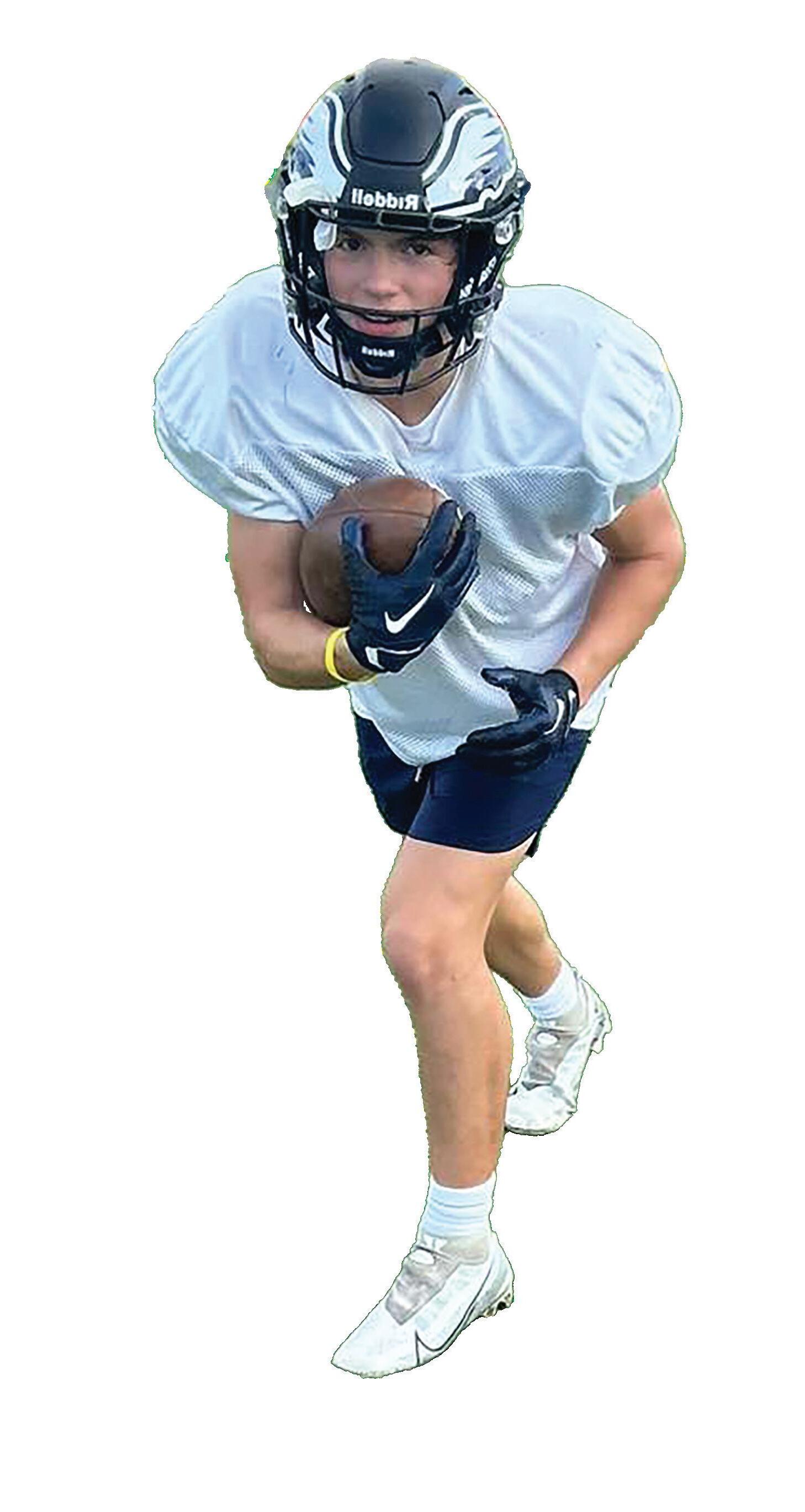
What’s it like being a freshman on varsity?
It's fun. It's a lot of work. My favorite part is playing with the upperclassmen. Last year, I was watching them, and now I'm playing with them. I get to hear stories about what they used to do when they were freshmen, and they help me play better football.
What does your typical day look like on a game day?
We get out of class at 4:00 p.m. and eat food at 4:30 p.m. Then we start getting changed around 5 or 5:15 p.m. We have skill players stretch, then we go back to the locker room for another 20 minutes and then put on our pads. We stretch, and then we go back to the locker room, chill for another 10 minutes, walk out, and go out of the tunnel.
Are there any particular games you're looking forward to?
St. Mark’s and Episcopal. I am looking forward to playing St. Mark’s because they are our rivals. am looking forward to playing Episcopal because they will be the best team we play this season.
How do you connect with your teammates?
My team tends to sometimes watch football together, hang out, and chill, and during practice during defensive periods, we all mess around by dancing and talking with each other.
What’s your favorite part about being on varsity volleyball? feel a little bit of pressure because [there are] some [older players], so I have to do really good so that [my teammates] don't [wonder] ‘why is she playing if she's a freshman?’ So sometimes it gets to my head, but all the people on my team are really supportive, so it's reassuring.
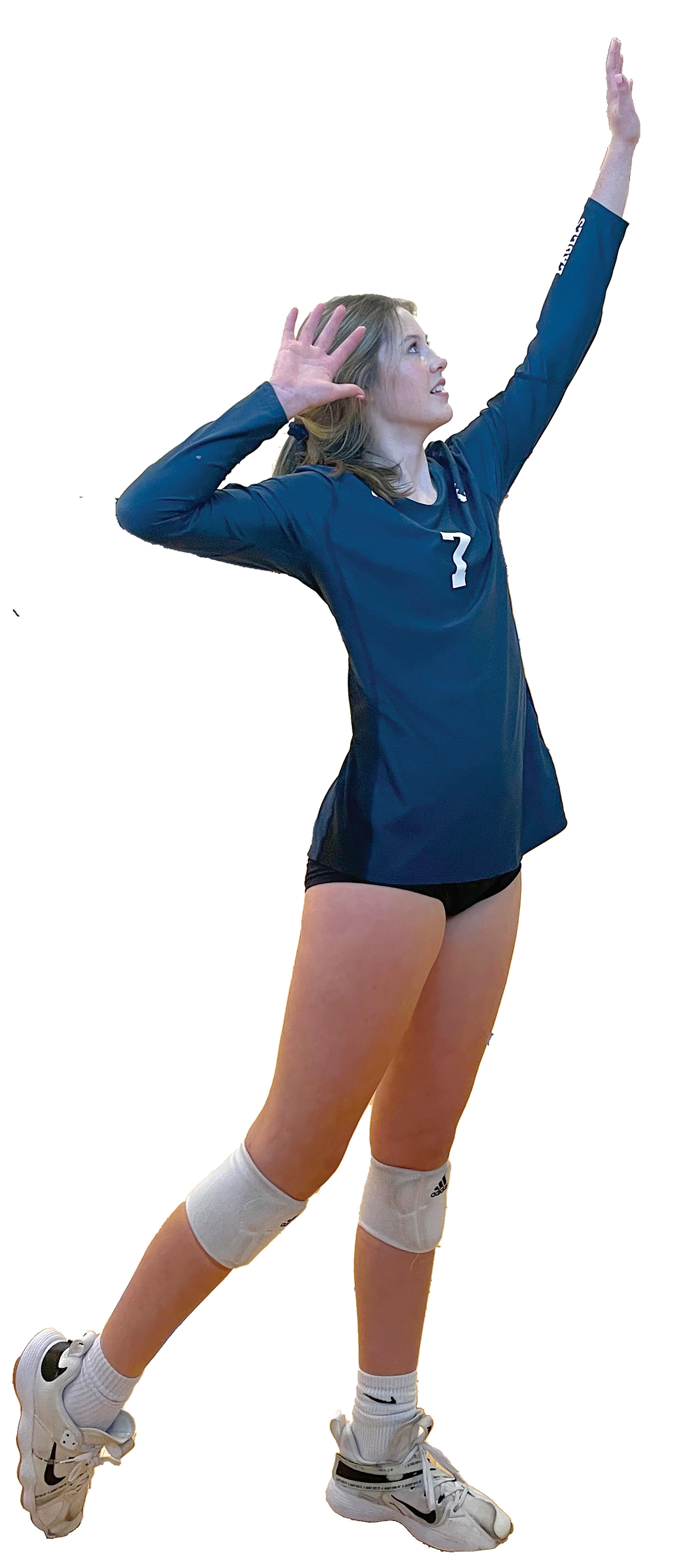
What do you love about volleyball? love playing the game. It doesn't really make me stressed out, and it's a place for me to just go and have fun and forget about school for a few hours. I love my team; they're all really supportive and very welcoming.
What's your favorite memory with the team so far?
We went to breakfast after practice, and I thought that was really memorable. [I like] tournaments because we’re there for seven hours at a time and only playing for three, so it's nice getting to hang out with them, and spending time with them is really fun.
How have you made an impact on the team?
I'm the tallest person on the team, so adding some height is really helpful. Also, I can play almost anywhere [which] has really helped out. In case anything happens, especially since we've had so many injuries and sicknesses, can step in anywhere and play.
For the past few years, the sports section of every issue of the Eagle Edition has been headed by a sports column of some kind. Whether it’s “The Center With Smith” or “Halftime With Hawkins,” the sports column has provided student-athletes with a platform to voice their opinion.
When I was named the Sports Editor for Version 41 of the Eagle Edition, I immediately thought about my column. I wrestled with topics, names and design ideas. How was I going to write about football as a field hockey player? Was “Timeout With Tomlin” as a name too similar to past columns? And what on earth would my half-page look like — a picture, a graphic or a mix of both? Needless to say, my mind was spinning all summer.
When the newspaper staff got back together at the end of the summer for our yearly workshop, I was set on what my column would look, sound and feel like. It was to be called “Timeout with Tomlin,” my design would look like a scoreboard, and my first topic would be advocating for the construction of a new turf field across Merrell, because I was tired of having to practice from 5 to 8 p.m. in the summer heat (football had the turf in the mornings). Now, reading that over again, I’m embarrassed to type it and even more embarrassed to see it in print. I’m a member of three different sports teams, and yet all I can think about is myself.
There’s no question that newspaper is a female-dominated class. It’s easy to get support on a topic advocating for more turf time for girls teams when you pitch the idea to a class of girls — because who is advocating for the boys’ teams?
When scholastic publications consultant Lori Oglesbee took charge of our summer newspaper workshop and began grilling us about the record
heat temperatures and how they’ve affected us, she kept bouncing back and forth between Ethan and me — Ethan, Charlotte, boy, girl, football, field hockey, over and over and over again. Listening to Ethan describe what football has done to escape the heat, we realized we had a great opportunity in front of us, and we just had to reach out and take it.
So, Ethan and I decided to split the sports column. We realized that it’s easy for teams to be frustrated with each other for taking up practice space, garnering more attendance and getting cooler uniforms. But, animosity gets in the way of school spirit. Instead of blaming another team, we want to encourage athletes to respect each other as fellow athletes. We are all working hard to bring home hardware to the trophy case, and we can’t do it without each other’s support.
Ethan and I both bring unique perspectives to the table. We have different opinions on how our teams should be treated but also different stories from being members of team sports for our entire lives. We have different passions — me with writing and Ethan with photography. It’s these differences between us that led us to joining forces and creating a podcast.
It’s one thing to write an 800 word article about one opinion, published every six weeks. Personally, I feel like those articles can get a little stale. One thing about Ethan and me is that we have a ton of energy — by the time we publish one article, we’ve mentally written and talked about 15 different others. But podcasting, episodes airing biweekly, gives us the opportunity to cover so many different topics, to learn from each other and to reach our Eagles in an accessible manner. After all, that 10 minute drive to school is the perfect time to tune in to a podcast…
Our goal in creating this podcast
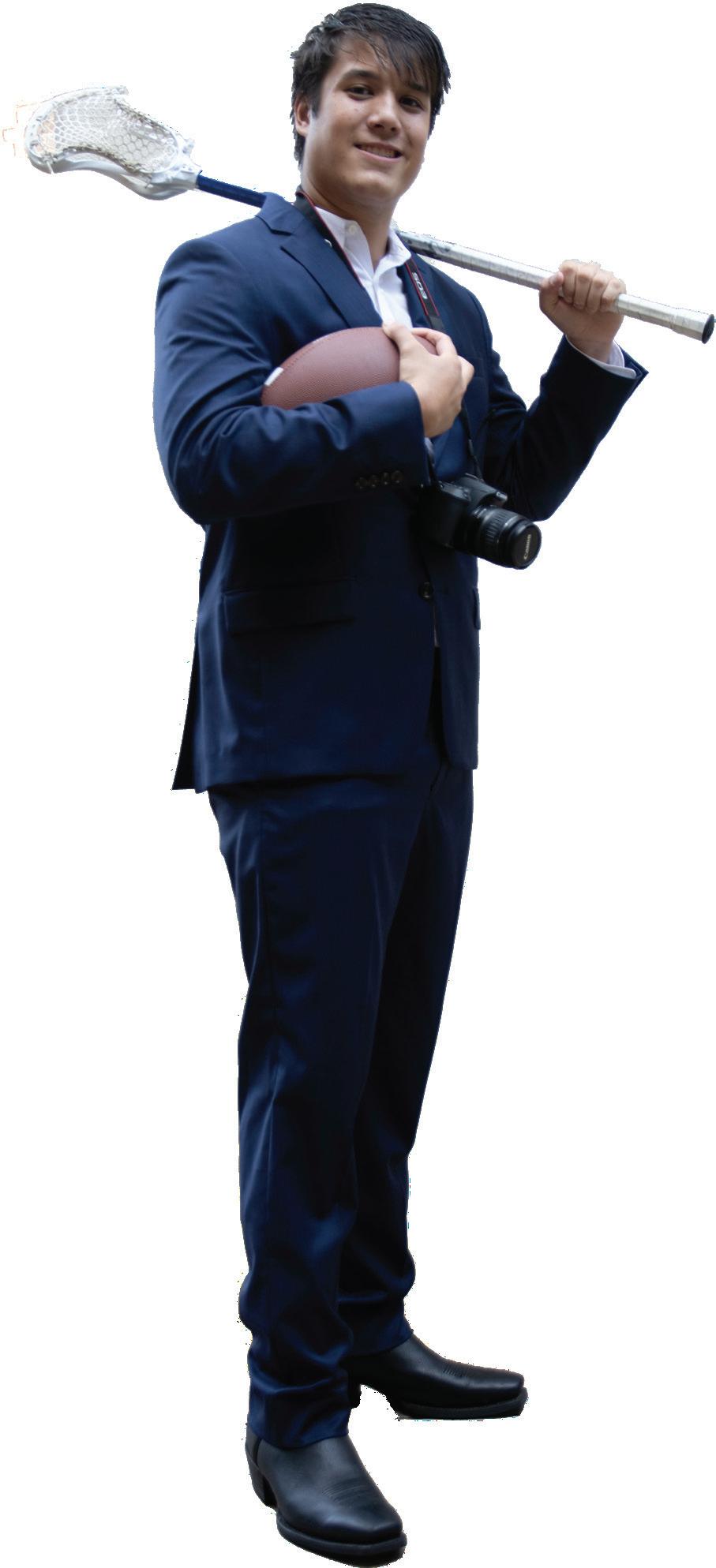



is to learn from each other as athletes and students, but also as friends. We want to encourage school spirit, while understanding the inner workings of teams. We feel that a podcast feels more personal than just a column. You get to hear not only our opinions, but our hopes, our frustrations and our laughter.
In our first episode, we tackled time commitment, and how it varies from sport to sport. What exactly is required of a varsity football player and a varsity field hockey player? We also discussed bonding off the field — what do teams do in the preseason, or after practice to become closer and increase chemistry? Finally, we talked about support. How can we as athletes, as team members, support our fellow athletes — whether it’s showing up to games, sending a ‘good luck’ message or just a high-five in the hallways.
By creating a podcast, we hope that athletes learn from our different perspectives, aim to support each other, and be the best Eagles we can be, on and off the field.
If you want to hear more of my and Ethan’s conversation, tune in to The Press Box, or scan the Spotify code below!
Senior Wingman Slaton Strey adjusts his cowboy hat and belt buckle, anxiously waiting for the green light to sprint out of the footballhelmet-shaped inflatable tunnel. He looks to his right to the stands, full of cheering fans, then looks at his fellow Wingmen to his left. He takes a deep breath, tightens his grip on the “E” flag and starts yelling at the top of his lungs to hype students up. While the football players take the field after running out of the tunnel, the cheerleaders diverge to their places in front of the parents’ section of the stands, and the four Wingmen find their place in front of hundreds of energetic ESD students.
The Wingmen have returned for yet another football season; seniors Patrick Adams, Charles Liu, Alex Ramirez, Slaton Strey and Wheeler Wood will continue the tradition that was introduced five years ago.
“It's an amazing tradition,” varsity cheer coach Megan Schroeder ’09 said. “It gets more people involved in Friday Night Lights. I think it builds school spirit. I think it builds camaraderie. I think it just really elevates what the cheerleaders already do, and it's really fun.”
After their inaugural year in 2017, the intent was that the Wingmen would symbolically pass their flags to junior boys
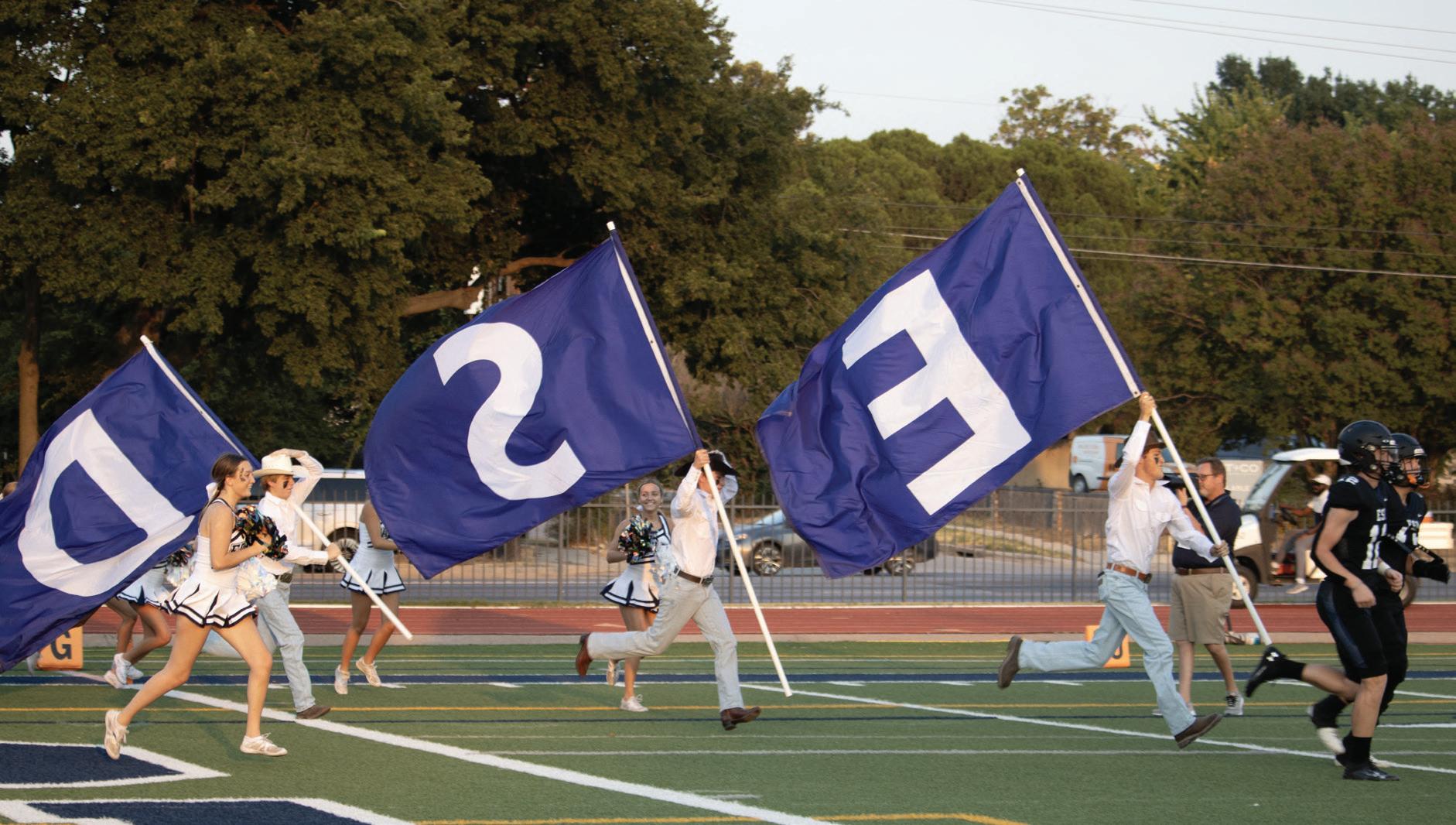
who had demonstrated interest in the role. In the first year, eight Wingmen led the crowds; in the following two years, another seven to eight boys carried on the tradition. When the pandemic hit, the Wingmen program suffered the effects, and the recruitment process experienced setbacks.
“It's gonna continue to get bigger and better,” Schroeder said. “At the end of last year, the Wingmen identified two people that they wanted to start reaching out to, and then it was kind of like a grassroots effort of them reaching out and me reaching out to juniors reaching out and saying, ‘We think you'd be great.’ I would love for it to get bigger and a little bit more consistent in the ‘recruiting,’ if you will, like the turnover. But I think it gets better because it died down during Covid.”
But this year’s Wingmen were drawn to the idea of energizing the student section from the track, as opposed to within the stands where they were the last three years.
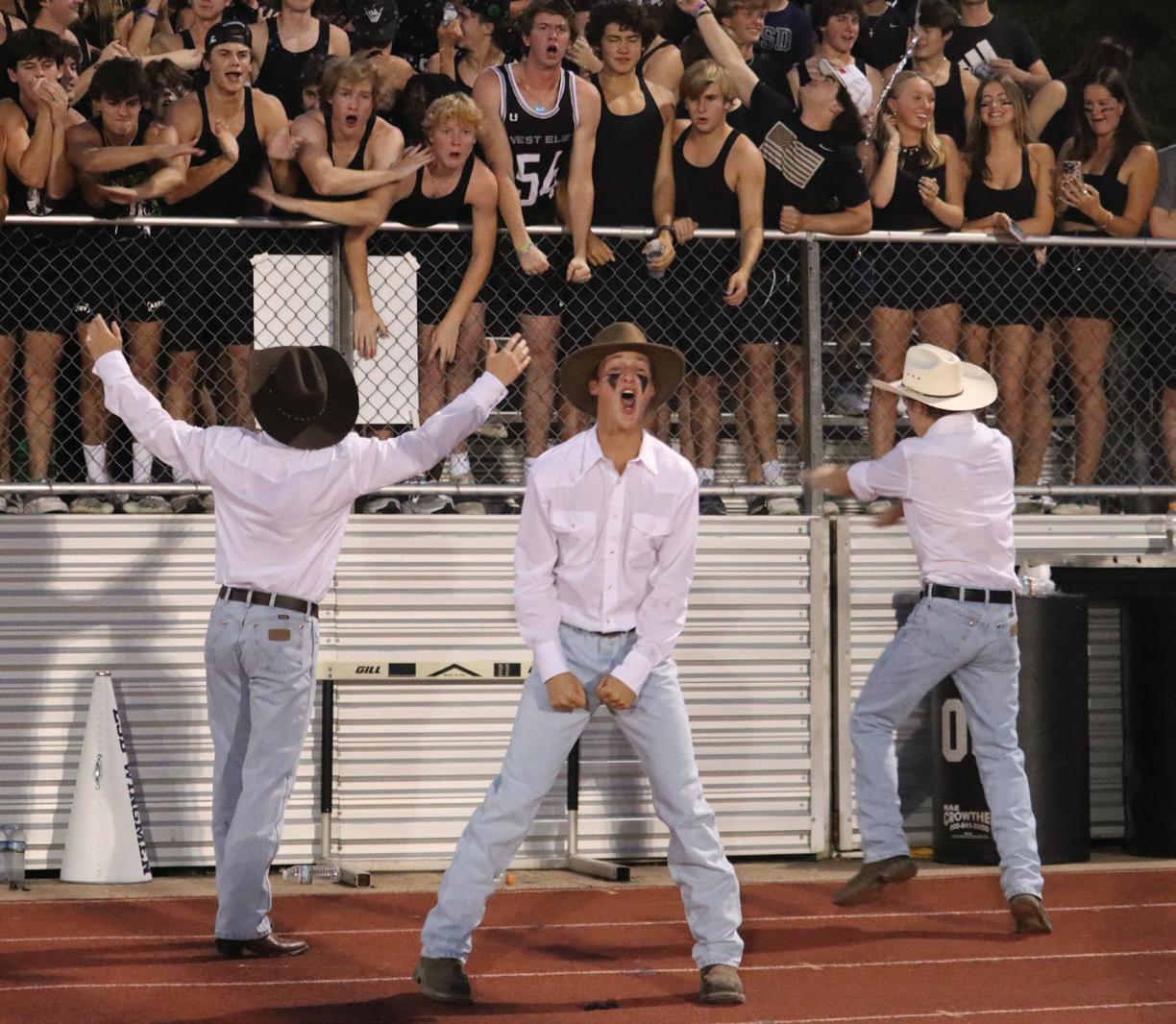
“It seemed like it would be a fun way to really get involved in football events, and it would give you a different perspective on the field,” Strey said. “People love the crowd. It's a cool outfit. We went into our first game, or at least I went into my first game kind of nervous about it, just not really knowing what people would think. But it ended up being just
Her knees buckle as she lands on the court after jumping to block her opponent's hit. As she hits the ground, her vision blacks, her head spinning, leaving her breathless and disoriented.
She spends the next few hours in a blur, an ER visit and confusion. Sophomore Eva Krieser attempts to regain her bearings after a scary medical emergency.
A member of the varsity volleyball team, Krieser is not the only player to feel the effects of a shrinking roster. The same game that resulted in Krieser’s ER visit also yielded three more injuries on the rest of the team, leading to the game ending early and contributing to the already struggling varsity volleyball team.
Volleyball has lost various players due to concussions and illnesses, taking a toll on the team this season. The team entered the season strong with 10 players, but now, with two concussions, one respiratory infection and one player who quit, they are left with six players — just enough to have a full court.
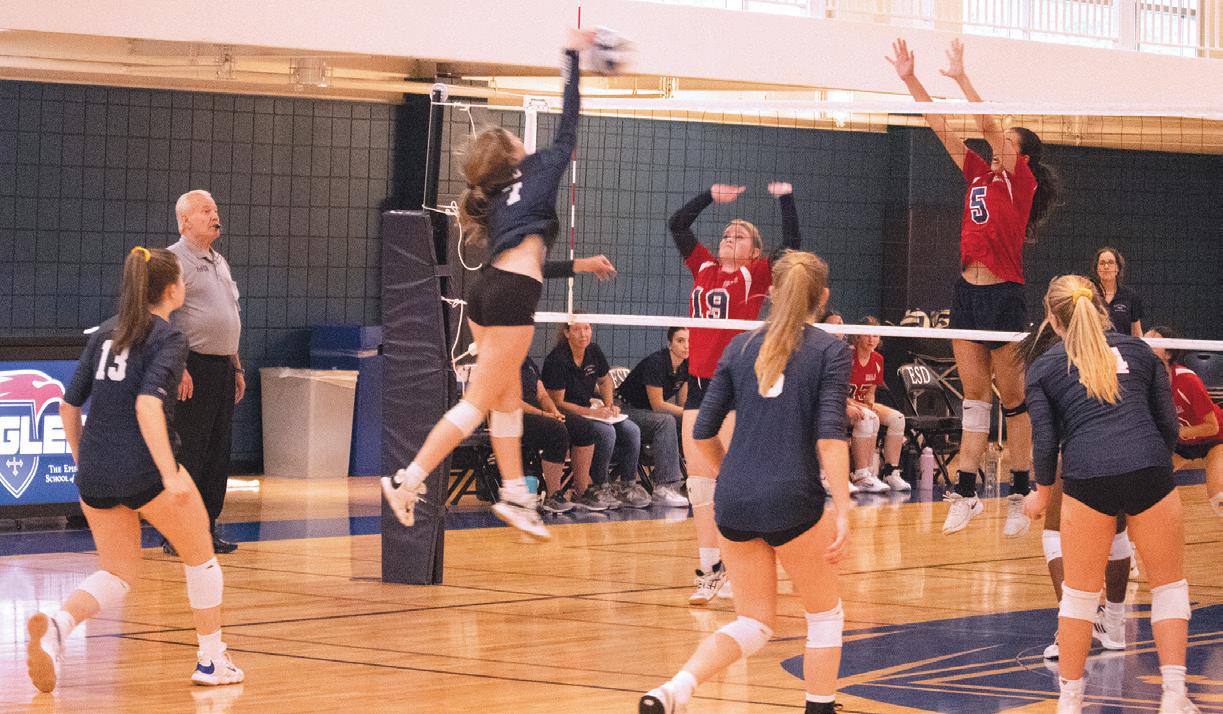
“We had a tournament right after we had lost three players in one night,” sophomore Tatum Reynolds said. “So we had to bring up other players [from JV], and that was just really hard to adjust
so much fun.”
Although the foursome’s denim uniform restricts them from performing backflips, basket tosses and back handsprings, they perform the same routine after every touchdown.
“Every touchdown, we wait for the field goal — that Daniel always makes — then we run our flags down through the endzone and back,” Ramirez said. “We hype the crowd up, and then we do push-ups. We’re trying to get Mr. Peal, Mr. Baad, and Dr. Lena down there to do push-ups.”
But cheering up the crowds and running the flags are not their only responsibilities; they play an integral part in the football team’s playmaking.
“Our job is more than just exciting the crowd and getting all the student section excited, but also, at certain times, the quarterback can’t hear the plays, so we quiet the students down,” Ramirez said. “When the [other team’s] quarterback is snapping and starting their play, we get really loud so their team can’t hear and organize.”
After a successful 2022-2023 football season, the Wingmen have set ambitious goals for this season.
“For me, one of the goals that I have is to match the energy and student section size of that first game because we had an immense turnout at that game, and that
made it totally worthwhile,” Strey said. “And then secondarily, what I've been working on with Mr. Peal was being able to get body paint so that we can do an ‘E,’ ‘S’ and ‘D’ that we can have under the whole outfit to be able to present when we get touchdowns.”
Schroeder has seen the impact that the Wingmen have on younger students.
“I've had fifth graders come up to me like, ‘I'm going to be a Wingman when I'm in high school,’” Schroeder said. “The tradition will continue to build, and I think that will help with the numbers and the tradition piece of the recruitment side — that’s the biggest goal.”
As the program continues to rebuild, the Wingmen strongly encourage underclassmen to carry on the esteemed tradition that transforms the atmosphere of the student section.
“Hopefully, the next grade levels and people after that see that this is a fun and once-ina-lifetime opportunity,” Strey said. “If you’re even remotely considering being a Wingman for your senior year, I’d absolutely say give it a try because as much as it may seem daunting, previous years of seniors have said that it has been the highlight of their high school career. That first game is nerve-wracking, but as soon as you get going, there's no stopping.”
Fire It Up, Eagles
From left: Wingmen hype up the student section. The Wingmen run the flags before the kickoff. "Getting hype just kind of happens when you first run through that tunnel," Strey said. "There’s music playing on the loudspeaker. It’s easy to get hyped as soon as you run through that tunnel."
Photos by Kristin Doebele
to the new people.”
During varsity’s game against Trinity Christian Academy un Aug. 31, several players took a fall. Sophomore Eva Krieser was sick with a respiratory infection, junior Sophia Sardina suffered a concussion during the game and junior Jess Coit was ineligible to play, also due to a concussion. The injuries have certainly left the team with fewer players, but also lots of worry and pity for injured teammates.
“I had a trip to the emergency room [during the TCA game],” Krieser said. “[I had] shortness of breath and loss of vision.”
During the TCA game, due to the injuries, the team experienced low energy and difficulty playing. The team felt pressure finishing the game with so few players, but even with the absences, they finished the game strong.
“We lost three players, basically, in one night, while playing TCA,” Reynolds said. “It was really hard because we were getting beat, and then we were losing people, so it was really hard to dig ourselves out of the hole we dug ourselves so deep into.”
The team pushed through and has been trying their best not to let the sudden losses affect their play. Last season, the volleyball team consisted of 14 players. For returning varsity players, it was a
big adjustment to the new, smaller roster.
“We had a lot more players last year,” Reynolds said. “It was an older and more mature team. Coach Gomez would [say] ‘they have a higher volleyball IQ than we do’ just because we're all so young.”
And practices have been challenging as well. The team has been striving for positivity, lifting each other up on the court, pushing one another to be the best they can be and keeping the team spirit high. Even with their efforts, it has been hard for the team to bounce back.
“When we were losing people,” Reynolds said. “It was really difficult because we couldn't
really do much, we couldn't work on game scenarios because there just weren't enough people for that, so it is just hard to practice with things like that.”
The team has been slowly recovering from the multiple setbacks. With the help of extra players from junior varsity, a strong mentality and an eagerness to win, the team has been doing much better, culminating in a 3-0 win against Fort Worth Country Day on Sept. 12.
“We had a big win against Fort Worth Country Day,” Reynolds said. “I think that really boosted our morale. That will really help us as we carry out the rest of the season.”
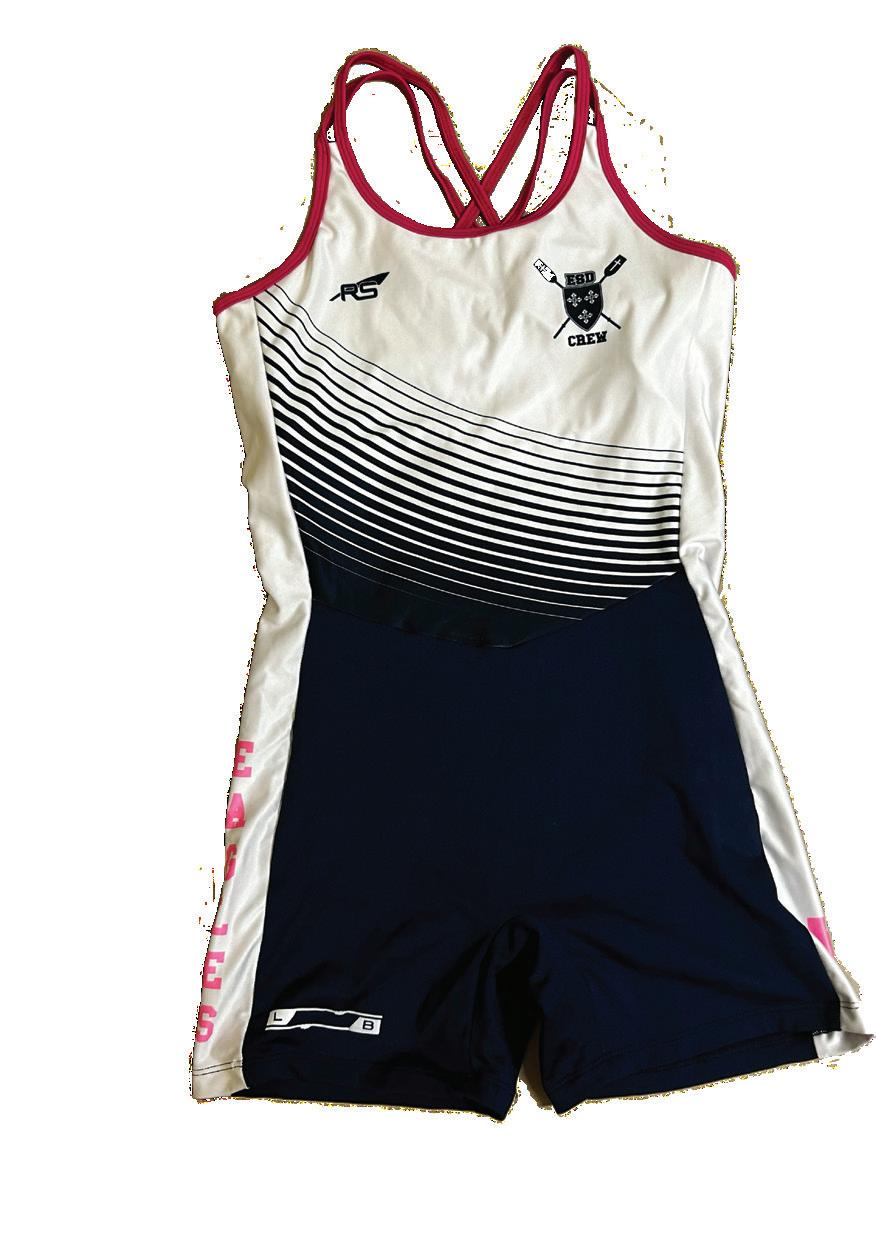

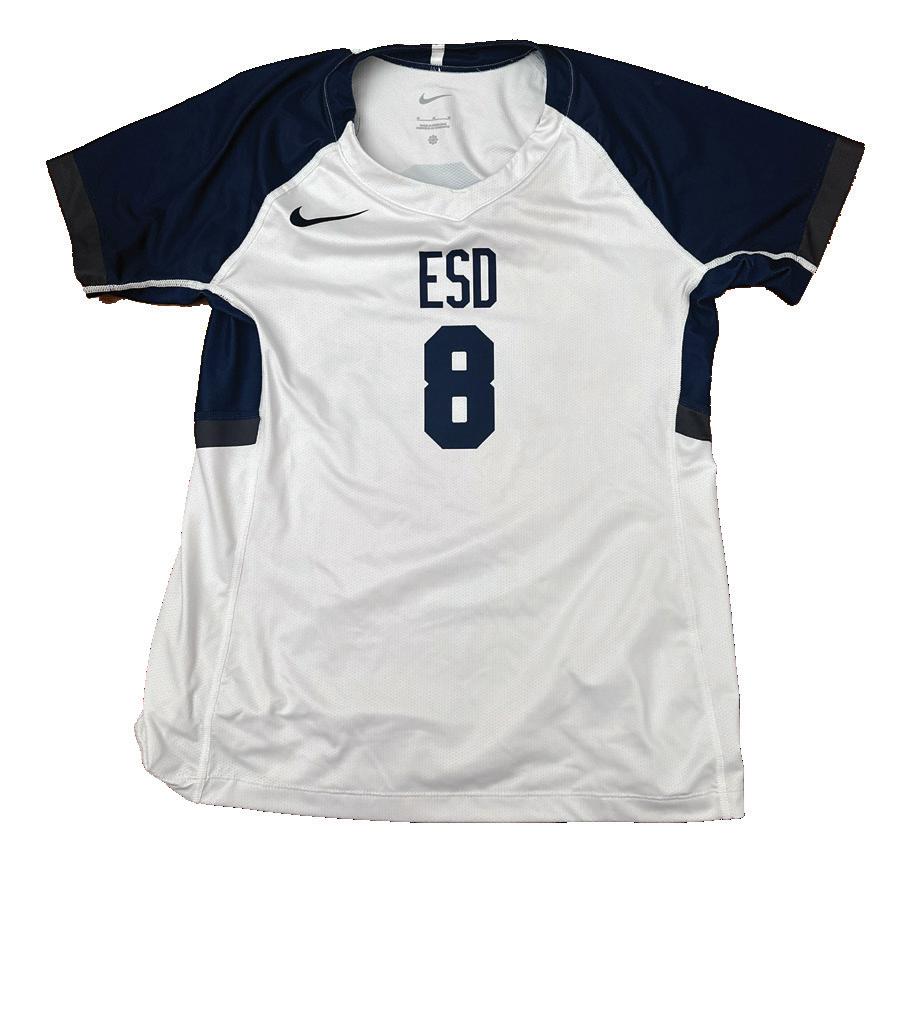



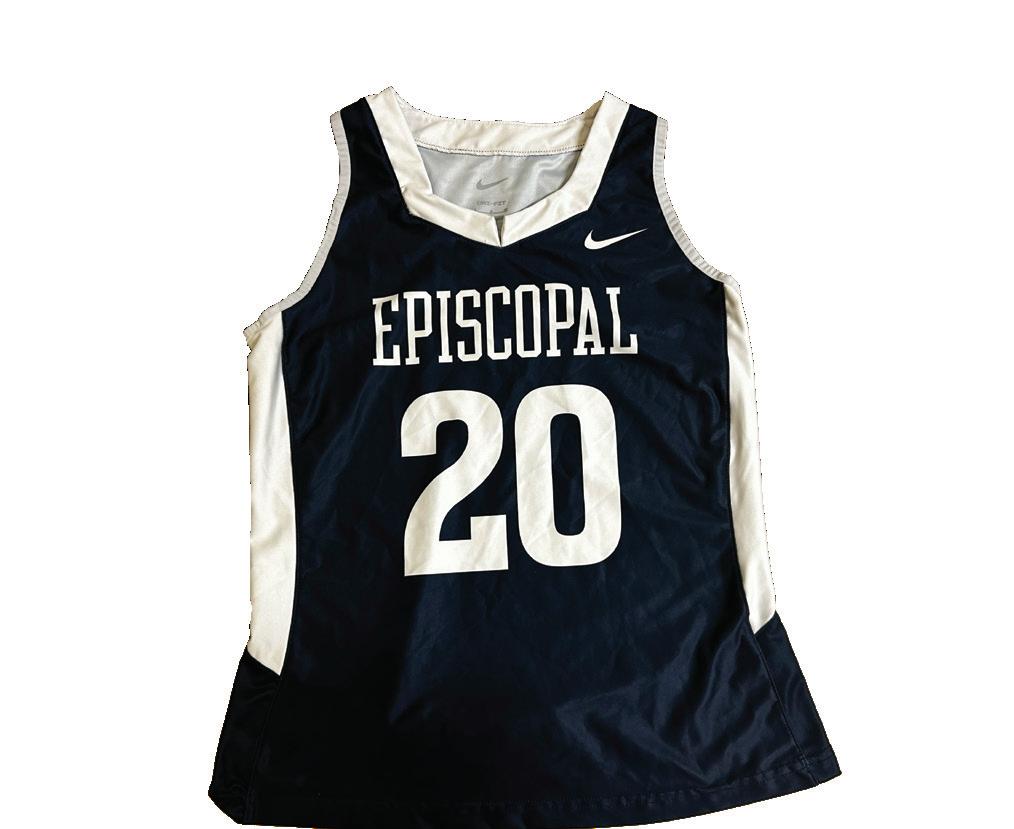

In past years, sports teams have bought new uniforms every three to four years.
Although this could be beneficial to some teams as their wear-and-tear is greater than other sports, uniforms stay intact for years, especially for indoor sports.
replaced. Outdoor sports, such as lacrosse and football, are said to benefit from this. Jerseys from these teams that have been damaged either get thrown out, or they become more damaged through the years.
Each cheerleader has to pay for their own uniform, backpack, bows, shoes and pom poms.
By Sophia Sardiña | Life Editor“Indoor sports like basketball uniforms don’t tend to have as much damage as baseball for example,” Jay Sothoron, Grounds, Field and Equipment Coordinator said. However, recently there have been plans to replace what is needed, rather than waiting four years for the uniforms to be
“My thought process is: If you like the jerseys you have, why not just replace the ones that have damage rather than ordering a whole new team uniform,” Sothoron said.
These uniforms are ordered through the school and are not included in the teams budget that the coach sends in. But the JV and varsity cheer team have an opposite approach.
“For the uniforms, once you buy it, it's yours for your entire high school years,” Megan Schroeder, Assistant Director of Admissions and Cheerleading Program Director said. “We do this because each uniform is custom fit to each girl.”

Every cheer outfit is hemmed and sewed for each girl on the team. There are specific waist, leg length and height proportions that need to be measured for the uniforms to fit.
“The reason why they need to be personal fit is because we
don’t want a skirt flying off or a shirt,” Schroeder said. “Unlike football with smalls, mediums and larges, cheer uniforms need to be custom fit.”

Because cheer uniforms are specifically designed for each girl, the uniforms are used all throughout high school. Although those uniforms tend to be more expensive, financial aid is offered to those already assisted.
“The school would have to buy so many extras to fit each girl,” Schroder said. “It is easier just to have the girls get their own because they are so uniquely fitted.”
Uniforms are kept by athletes

Why some teams keep their uniforms while others return them to the school
Across:
1: Attendance superhero
2: I will not lie, cheat or _____
3: Page 7 is titled Heard by the ____
4: Homecoming is coming ____
5: Topic of the centerspread

6: The first football team that ESD beat this year
7: Something you hold in the cafeteria
Down:
1: Abbr. for what Mrs. Shirey is the head of

8: Command I on the keyboard

9: Past tense of what you do in the cafeteria
10: A student may have a lot of these open on their computer
11: Author of Lovitt's Love List
12: You got to ____ with the white and roll with the blue
13: Mrs. Ferguson may be teaching this in her class (page 8)
The first person to fill it out correctly and send a picture to yeamane@esdallas.org gets their name published in the next issue.
Each issue, the Eagle Edition staff goes through the archives searching for relevant photos to share with the community. In honor of ESD's retired maroon color, we are using it in our Flashback.
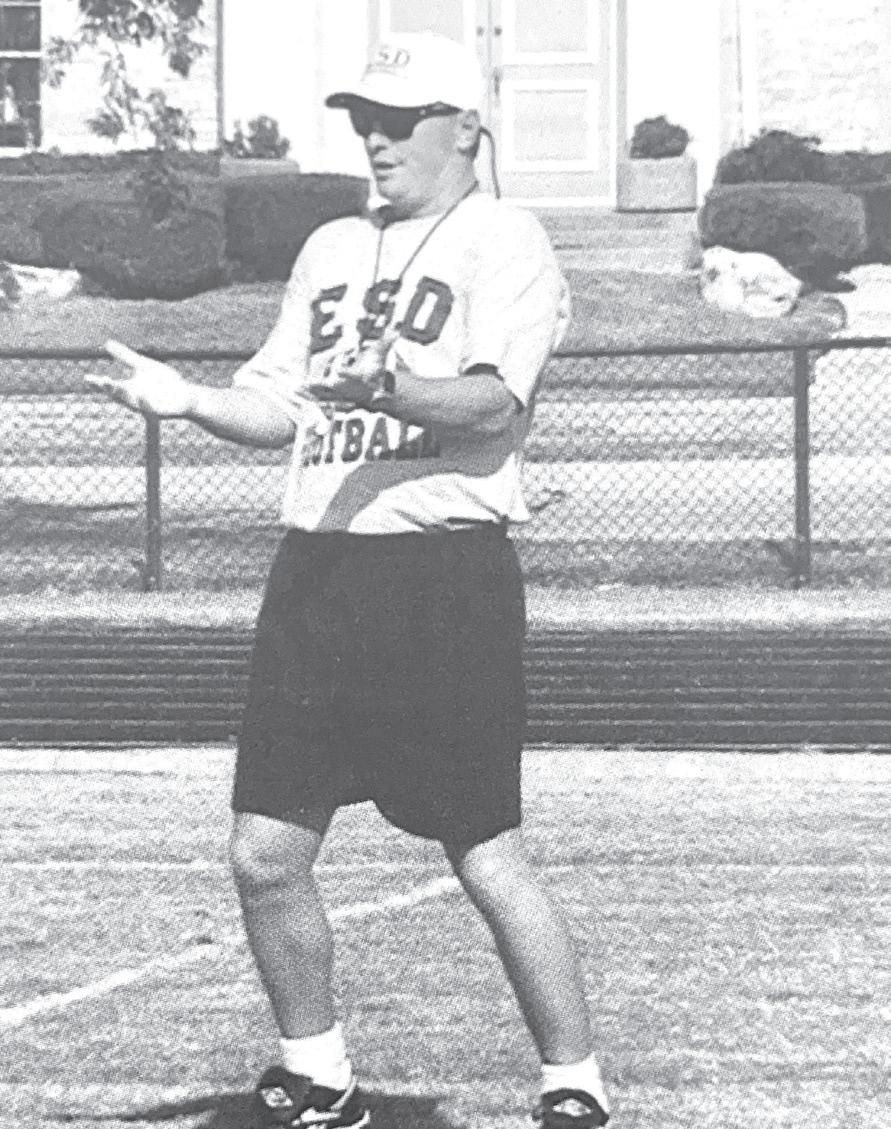
This year marks the 25th anniversary for the football program. In 1998, the first middle school football team had their debut season. Although the team was much smaller than most of their opponents, they won a majority of their games.
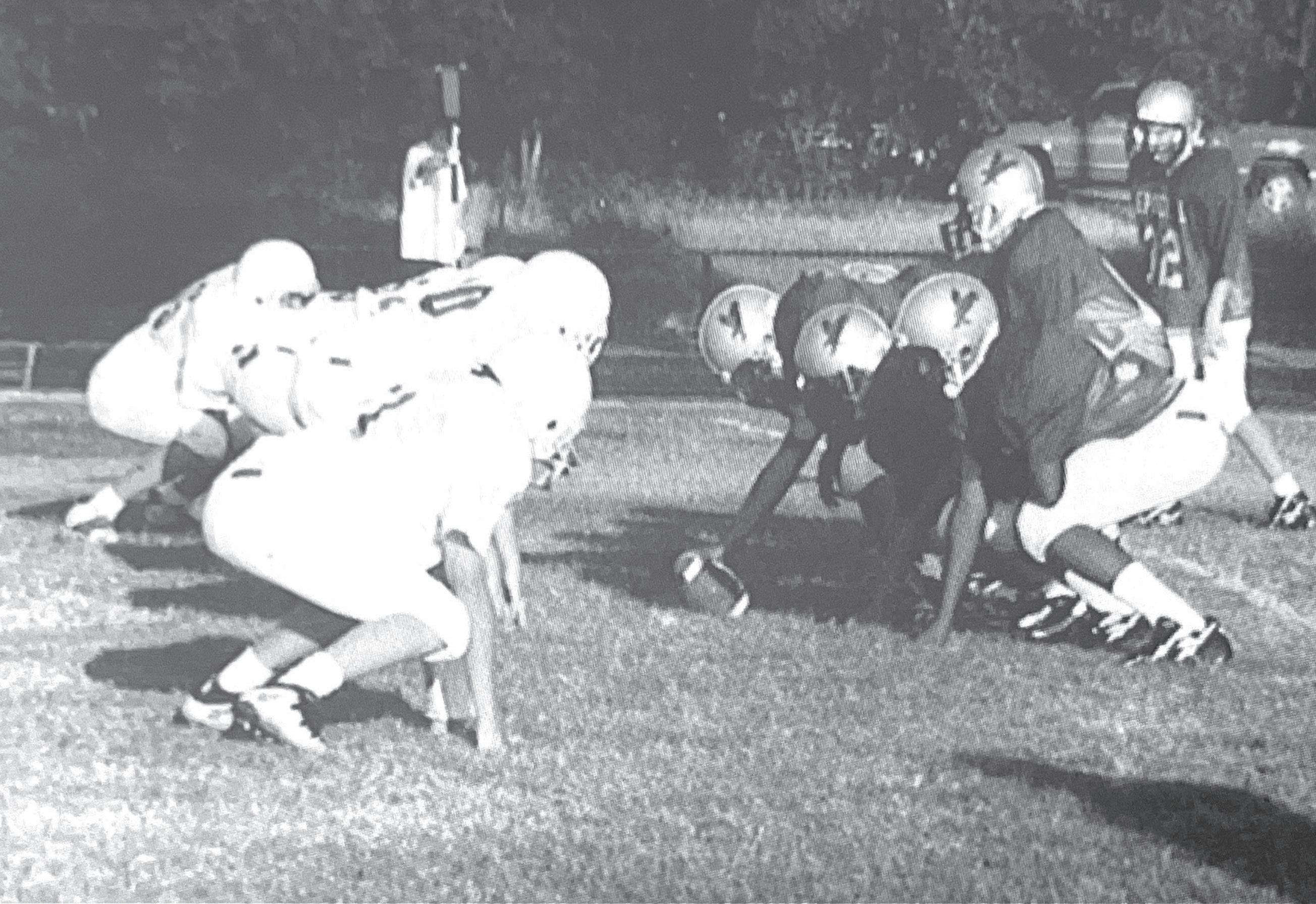

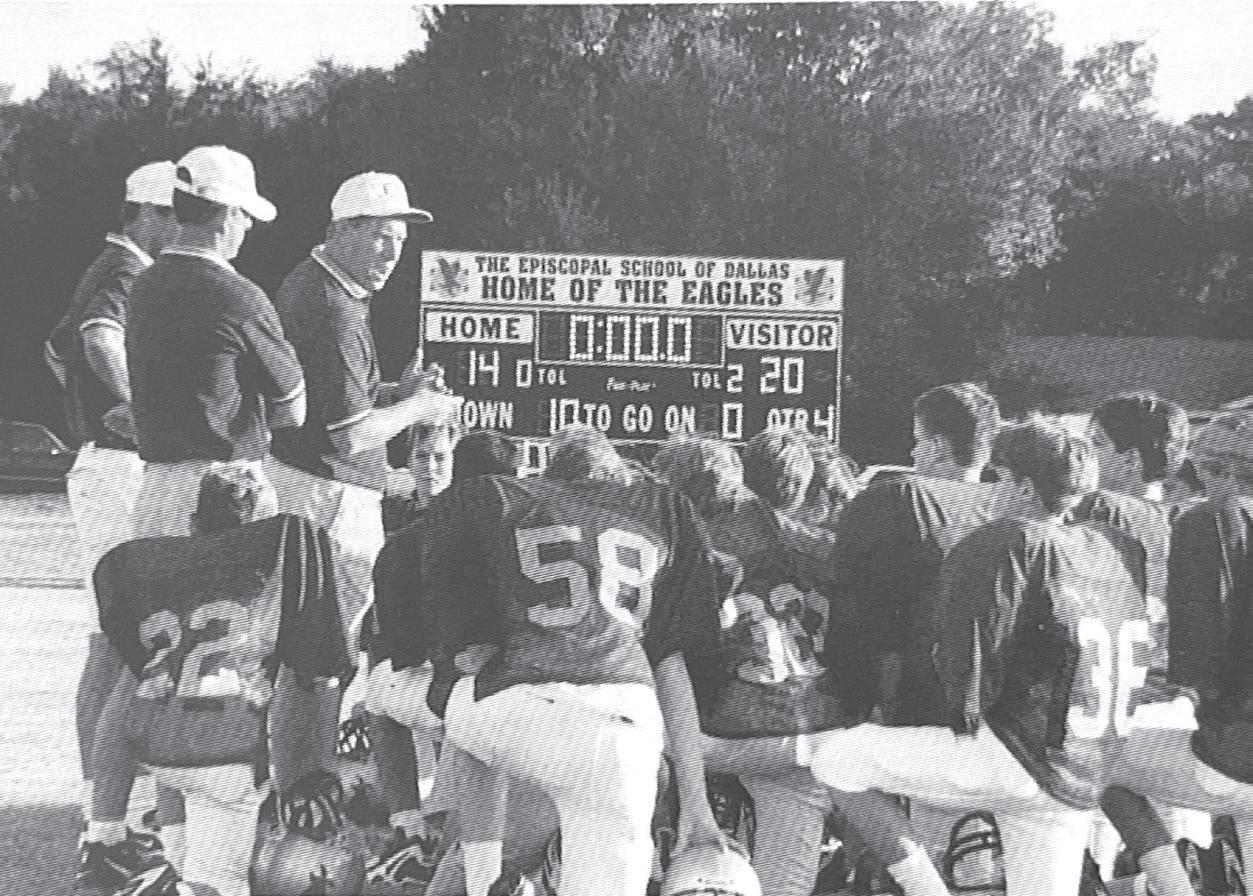
"The football team lines up for an intrasquad scrimmage. Since there were few Middle School teams in the area, these scrimmages took place about once a week."
